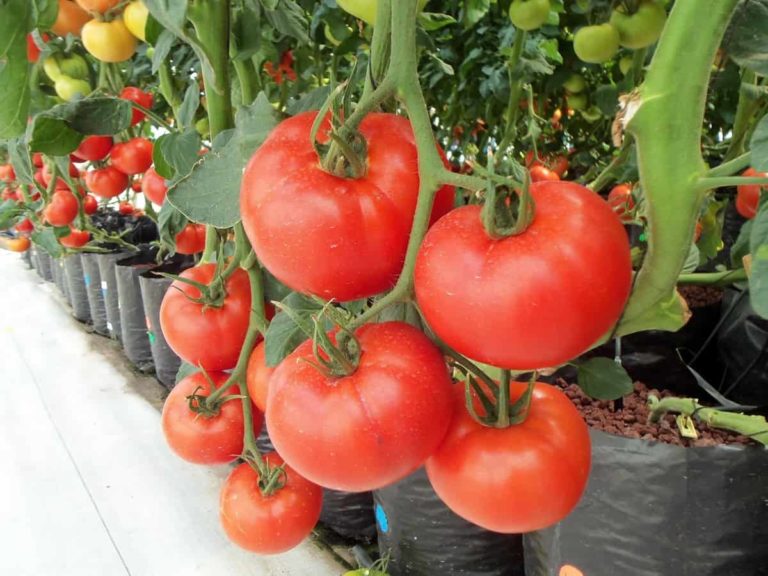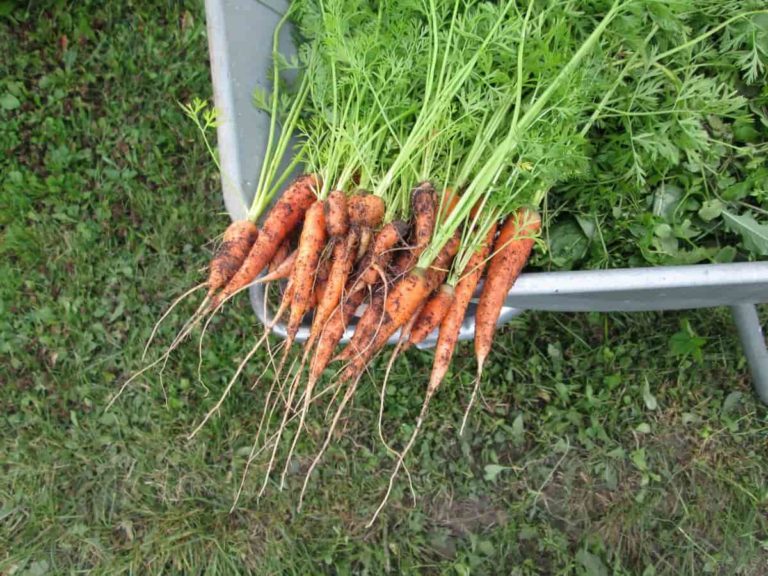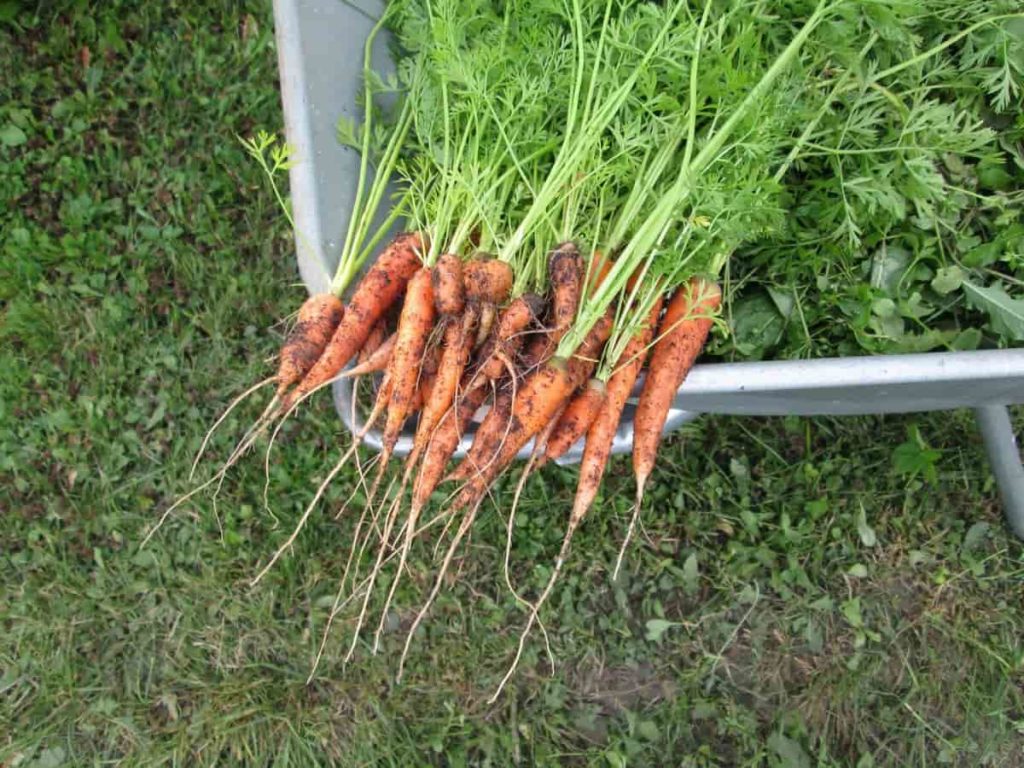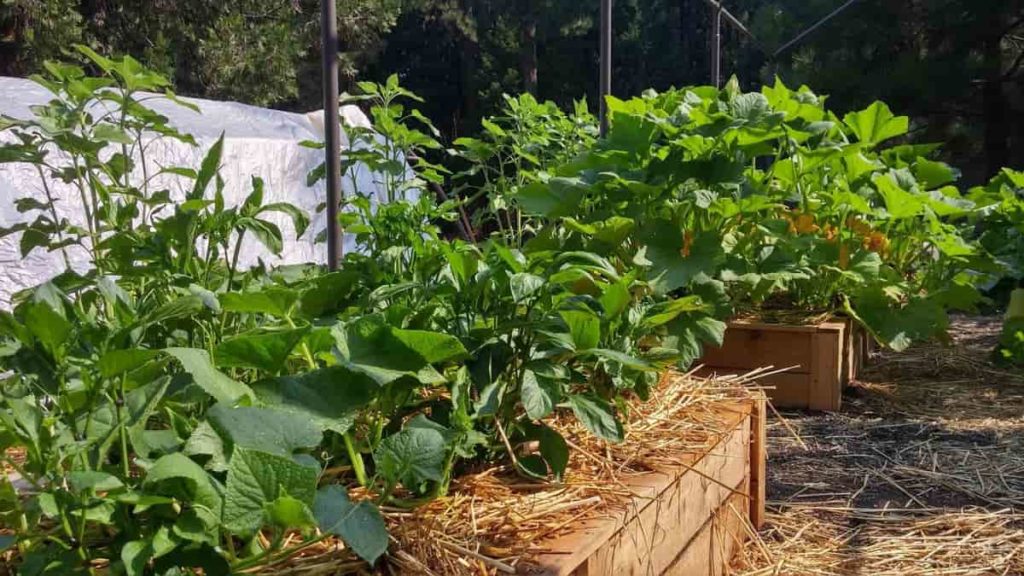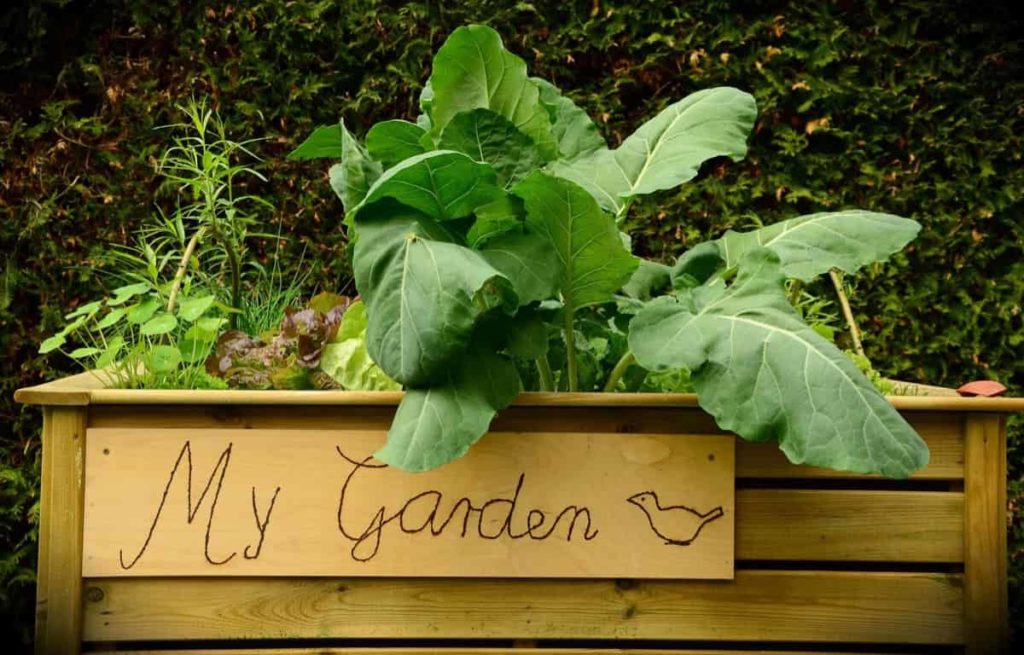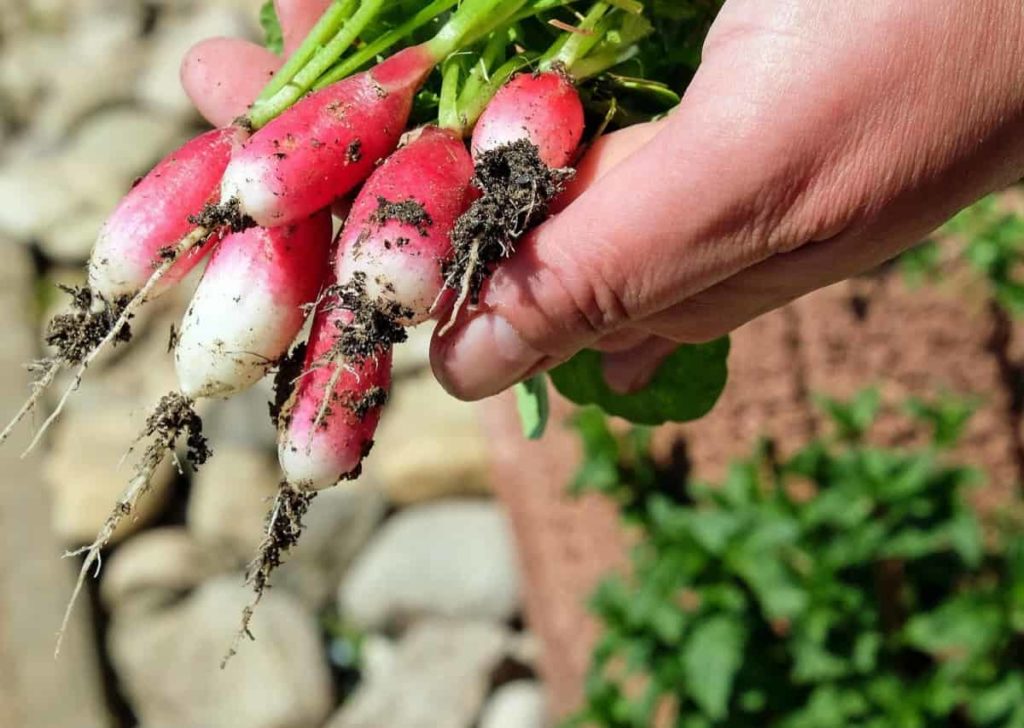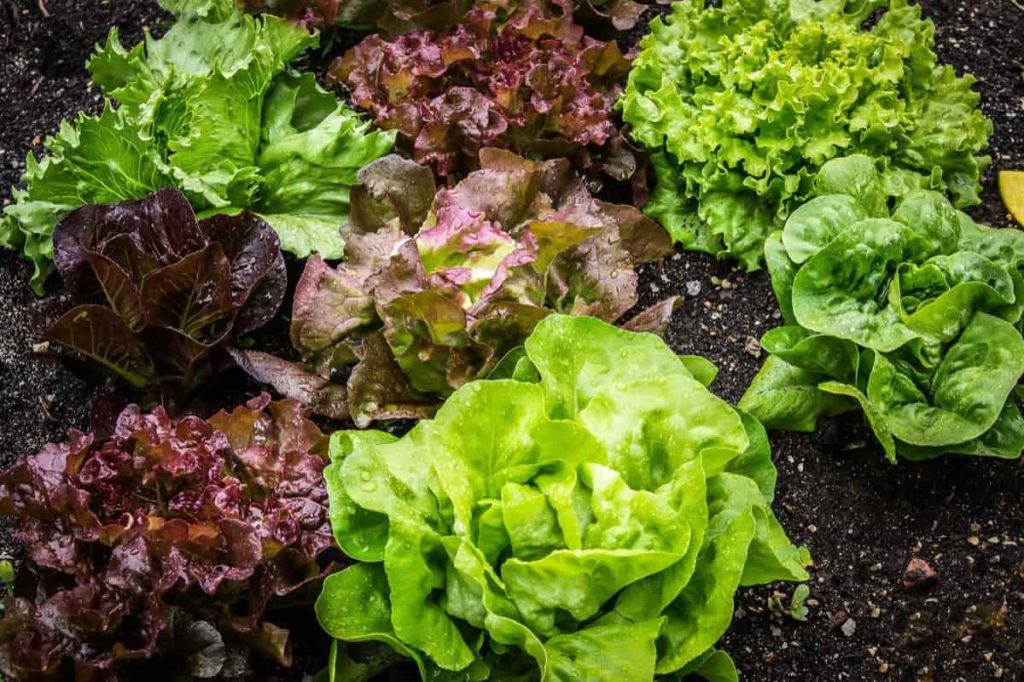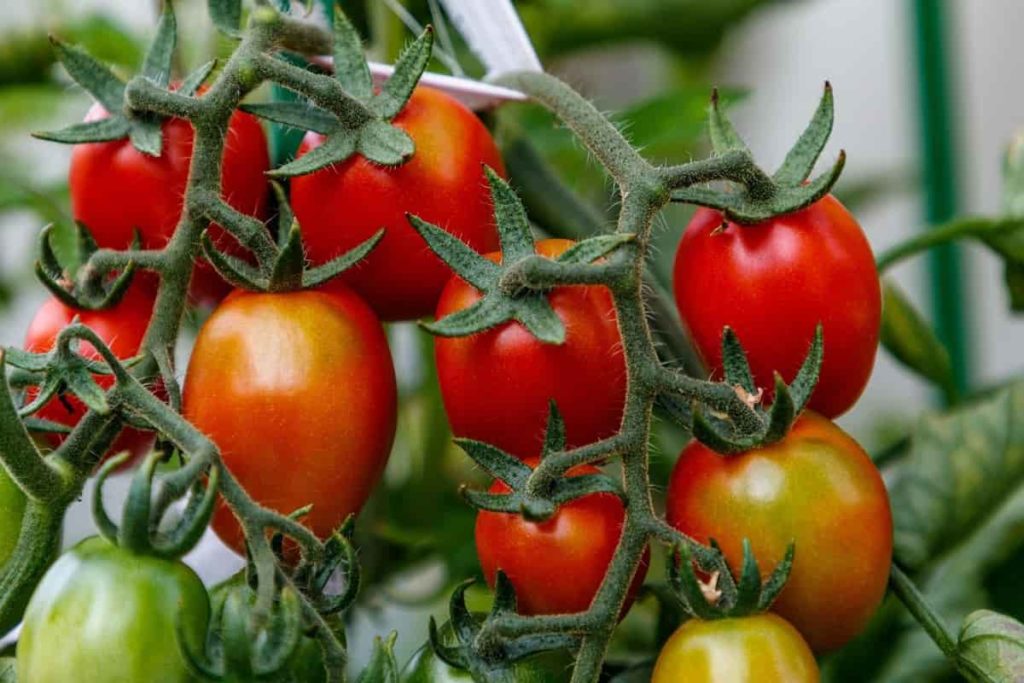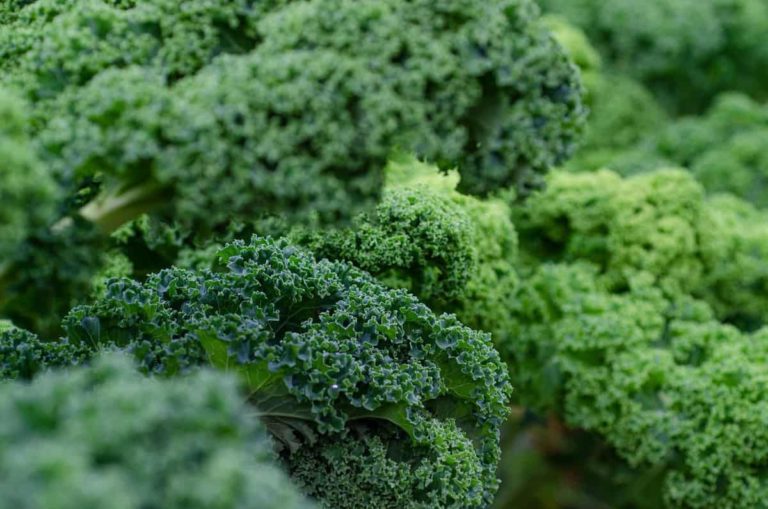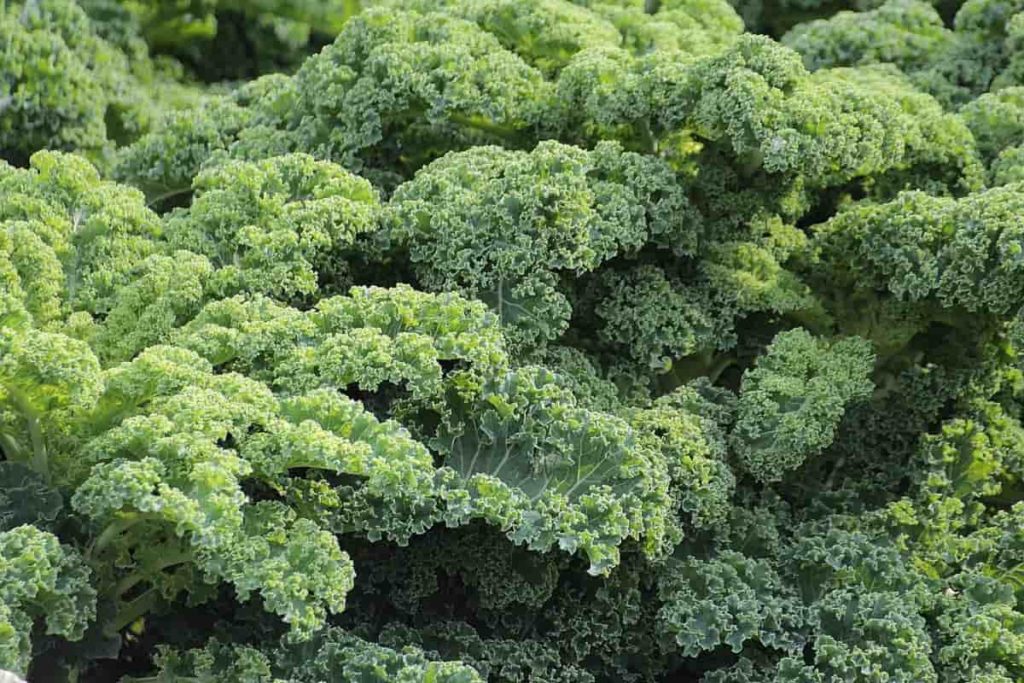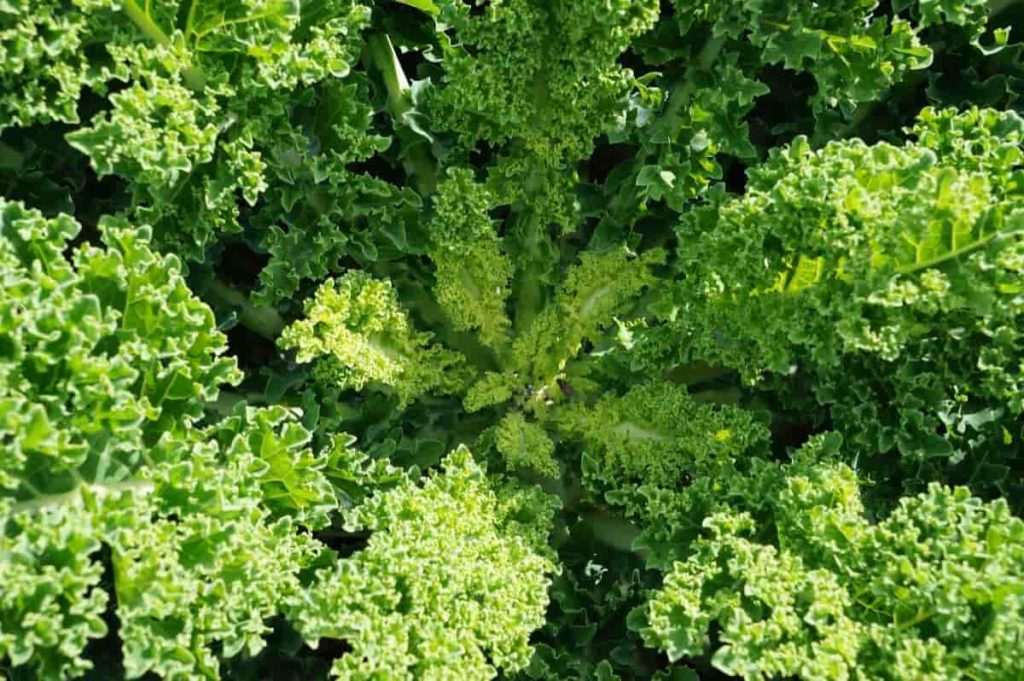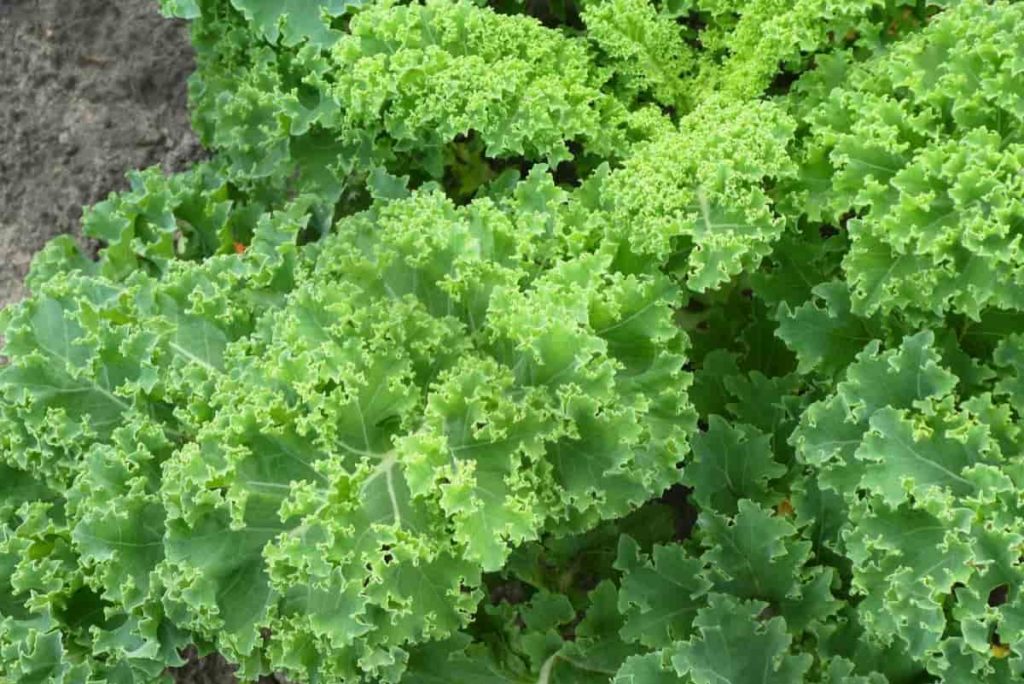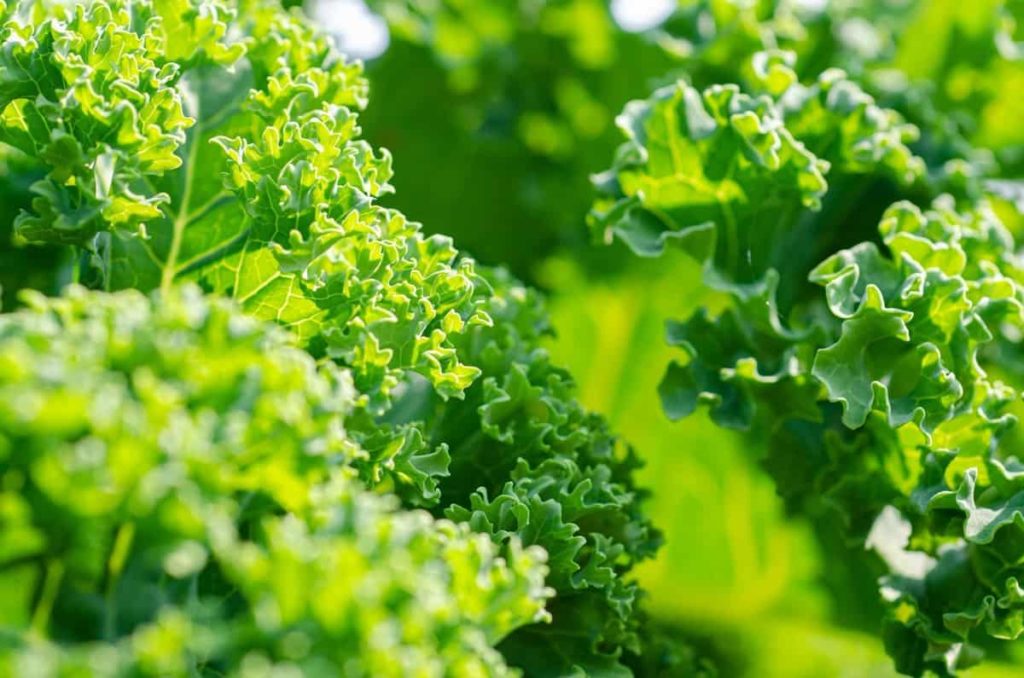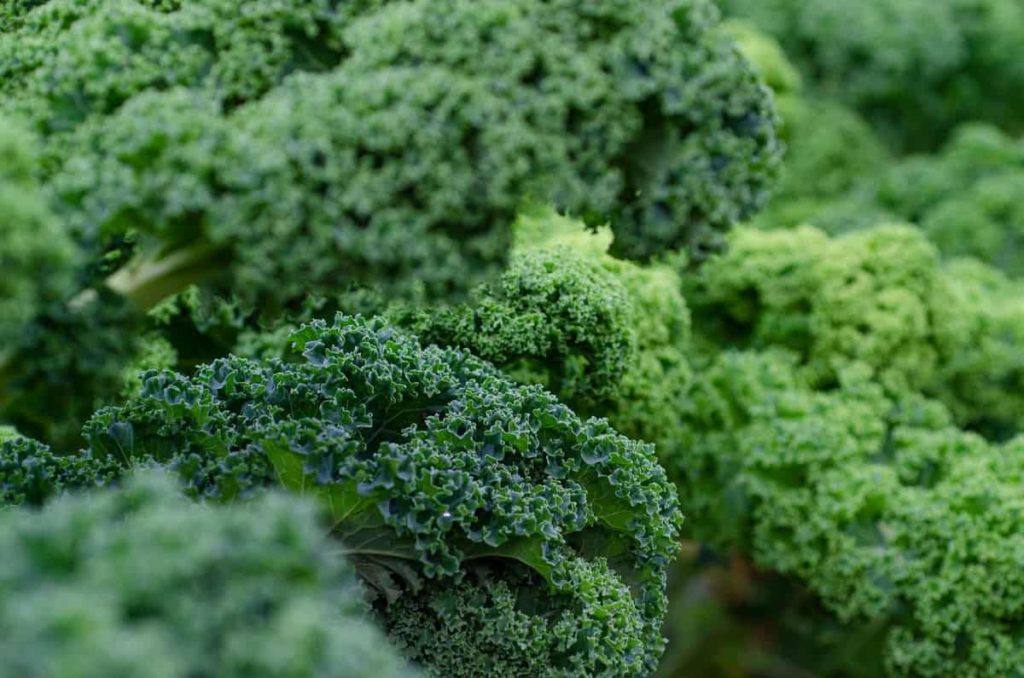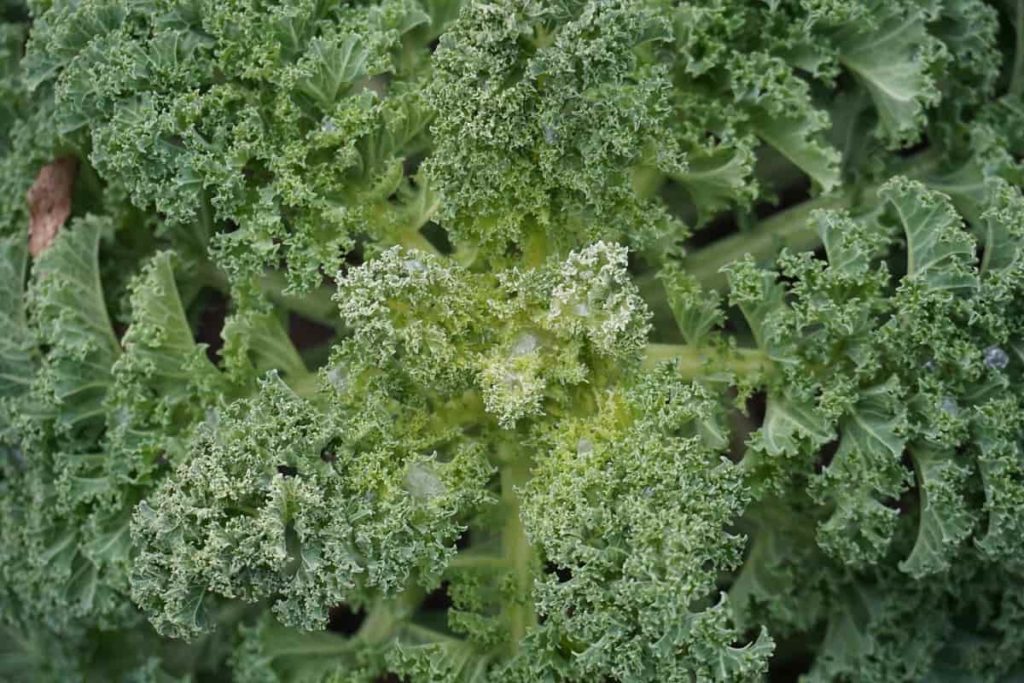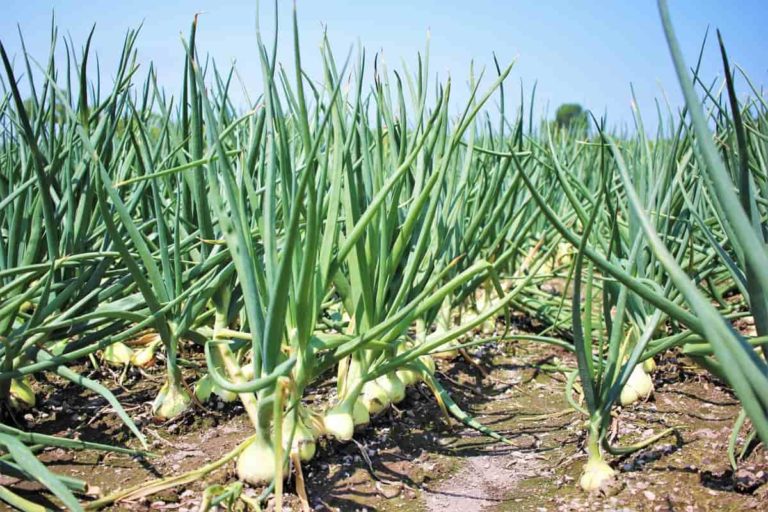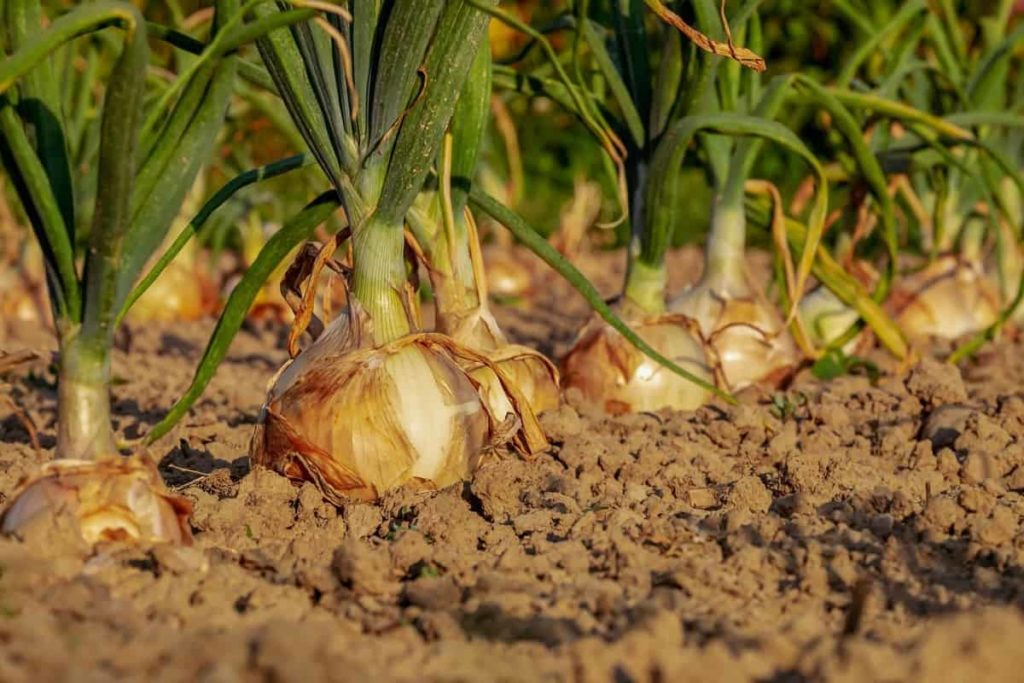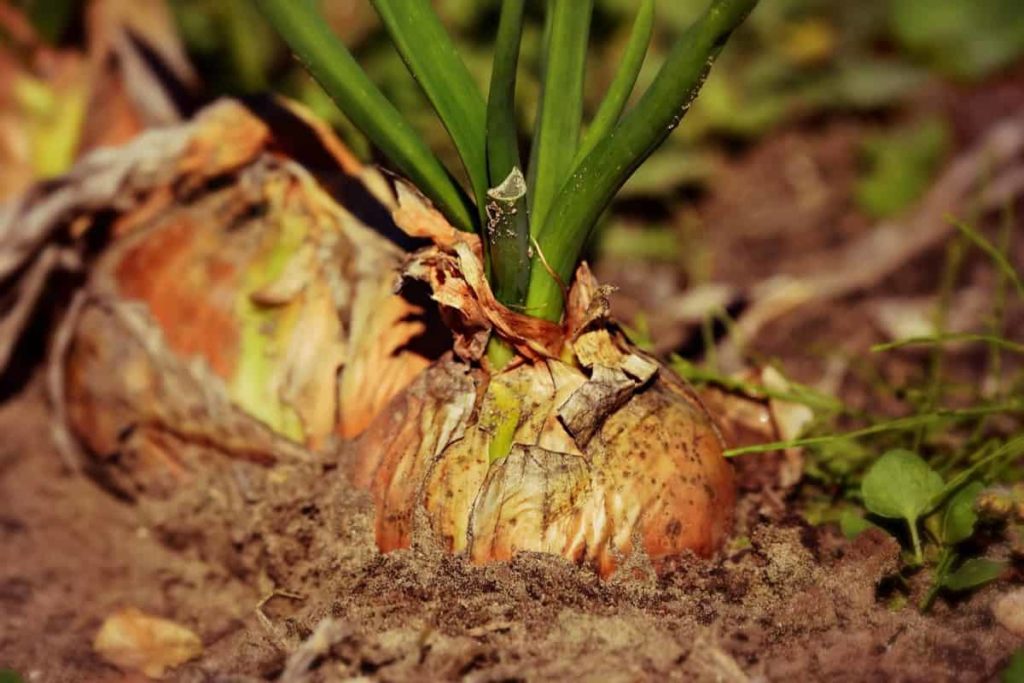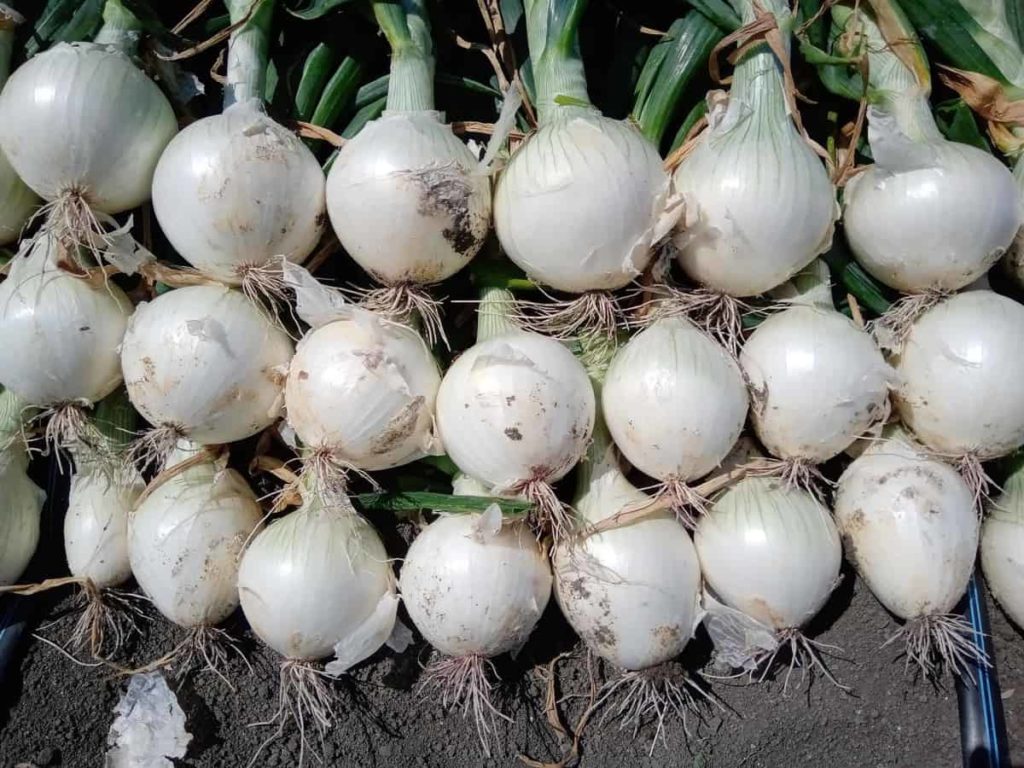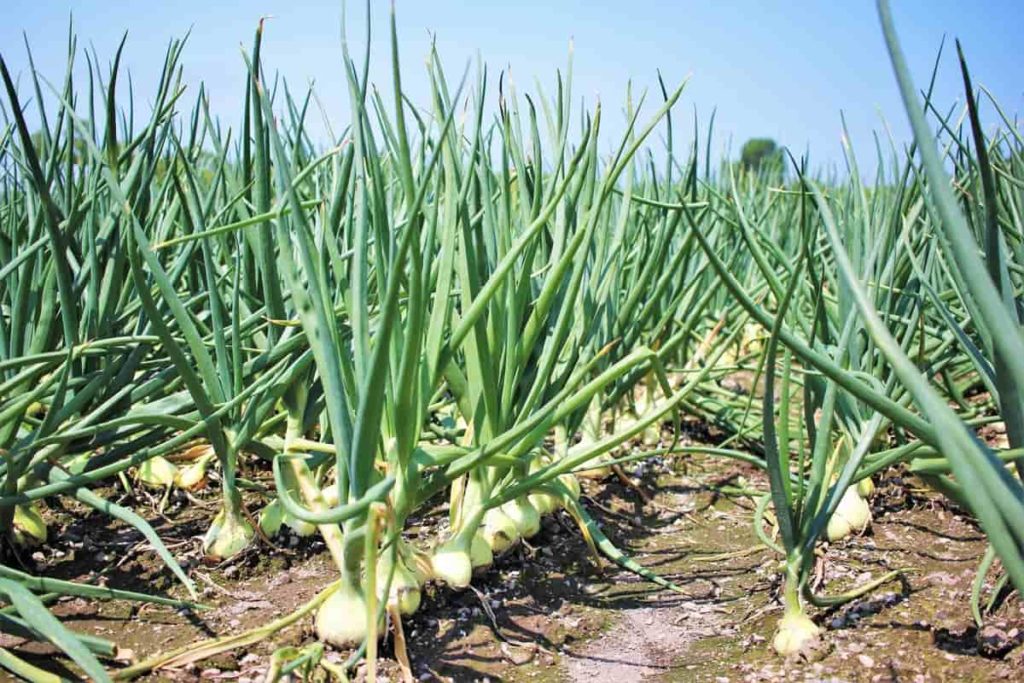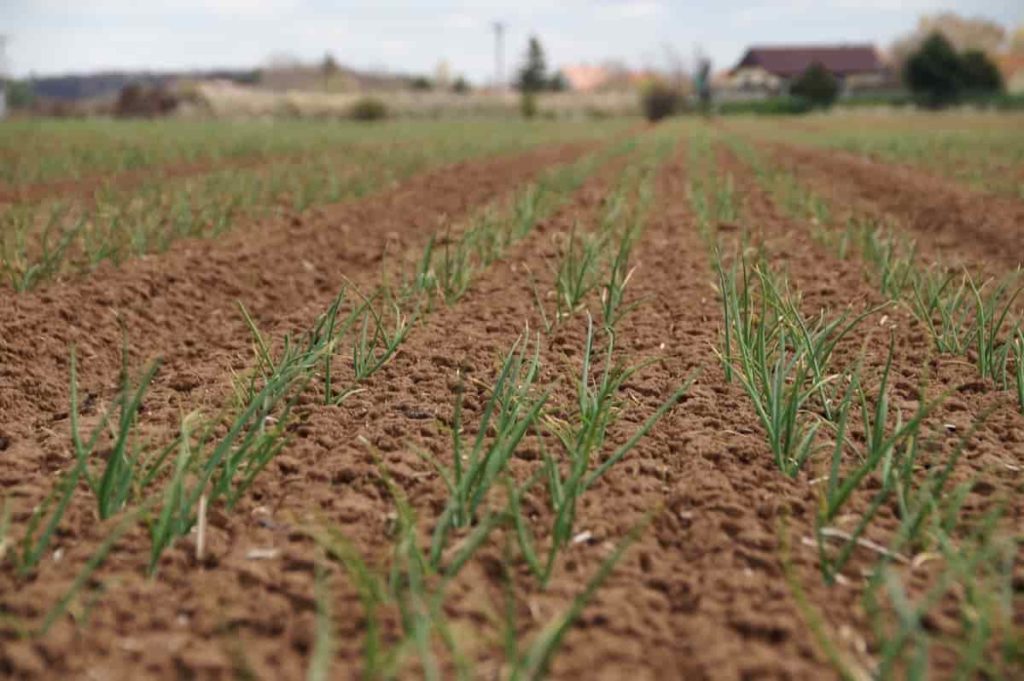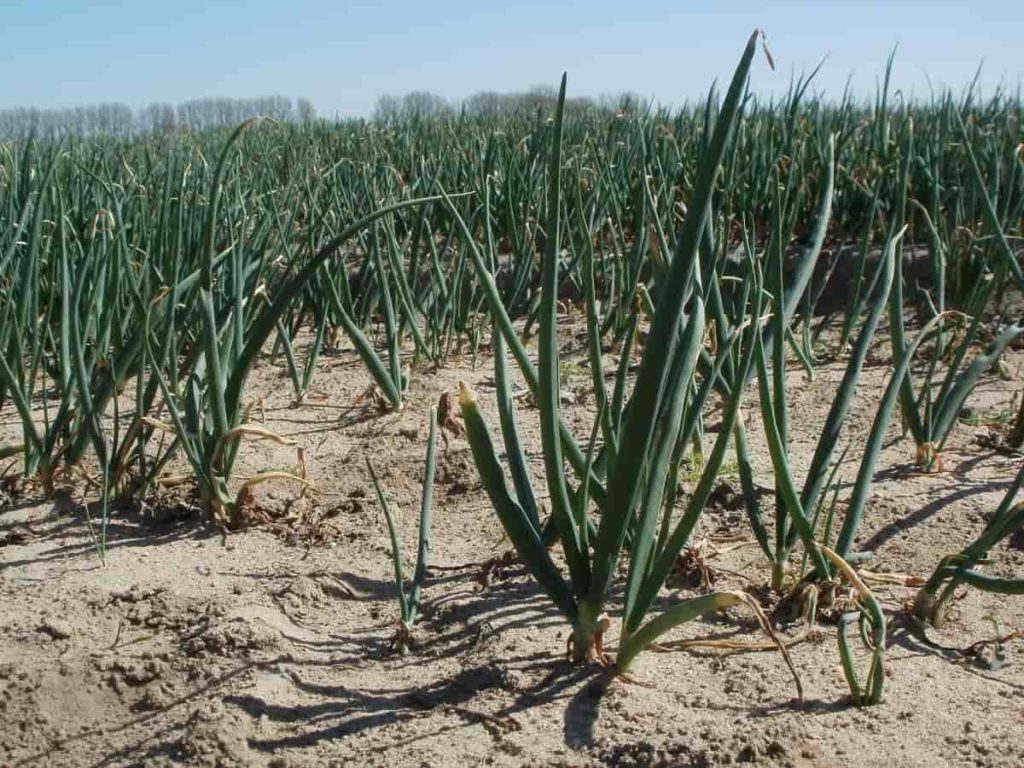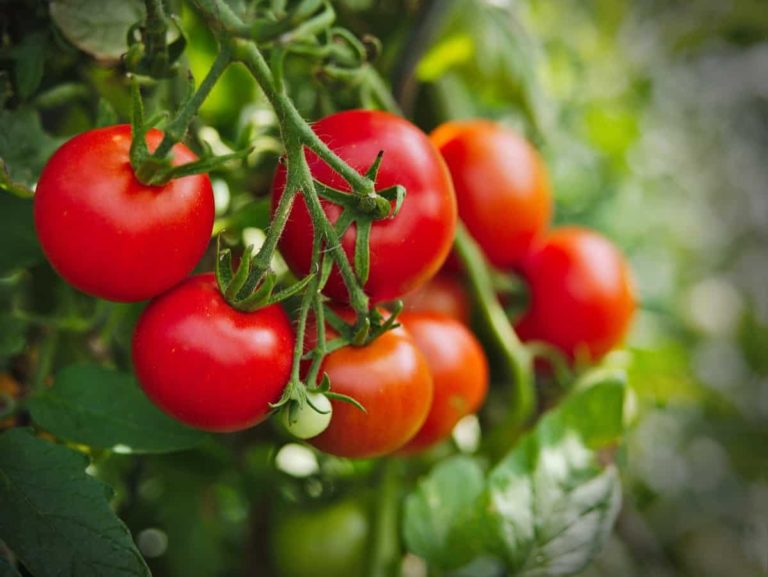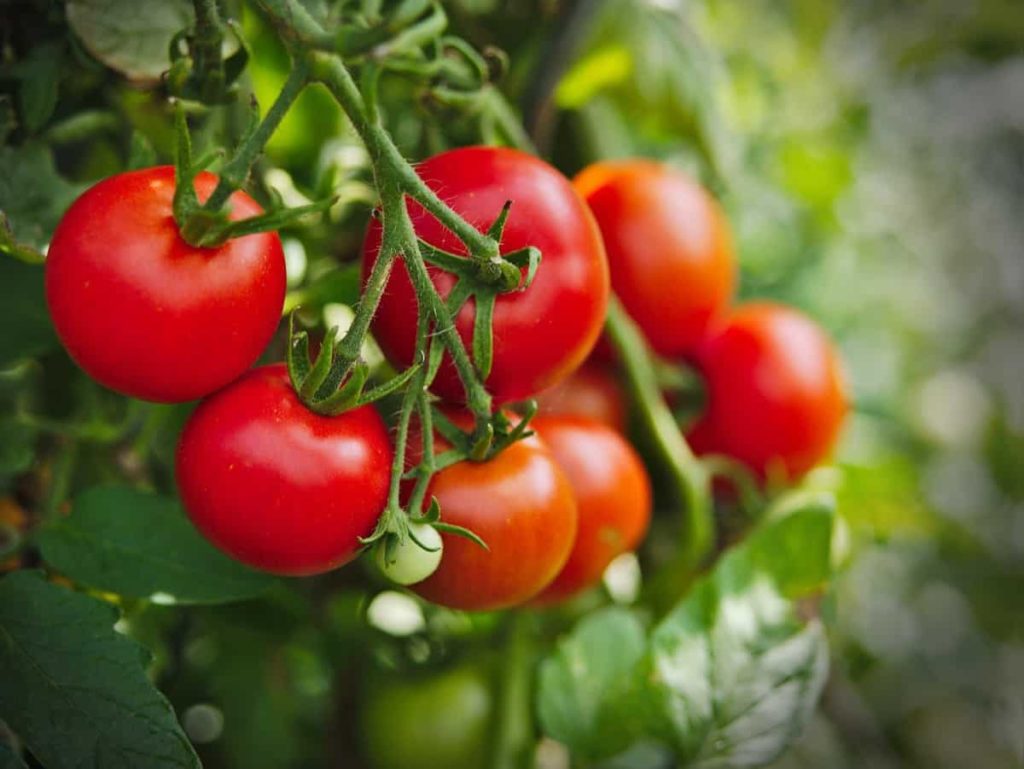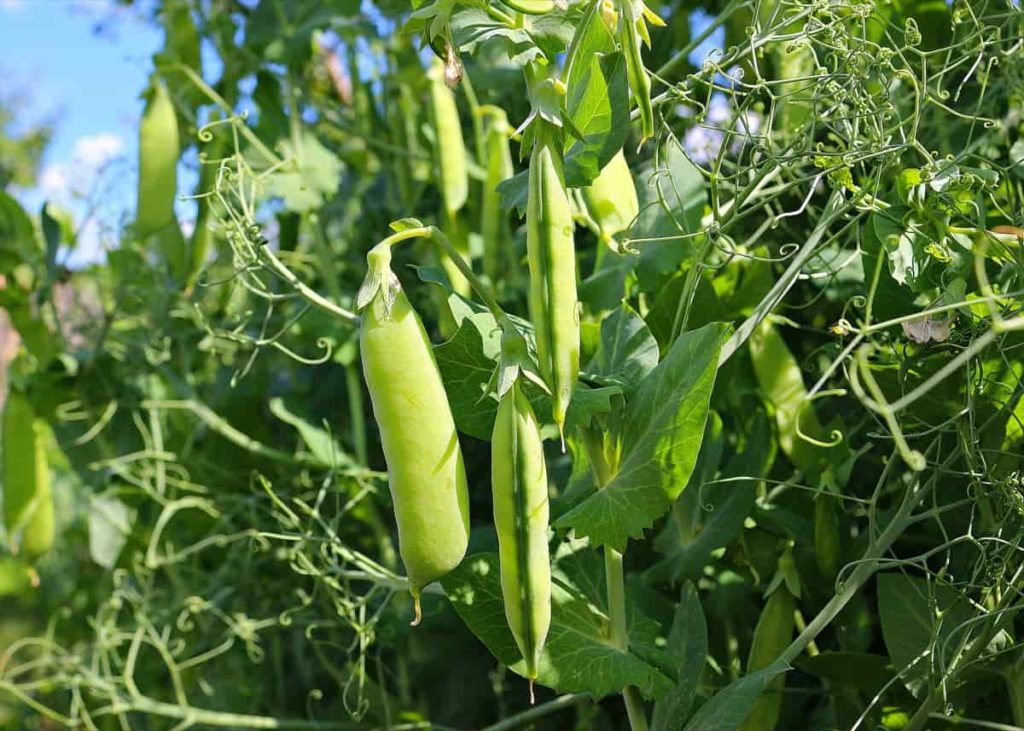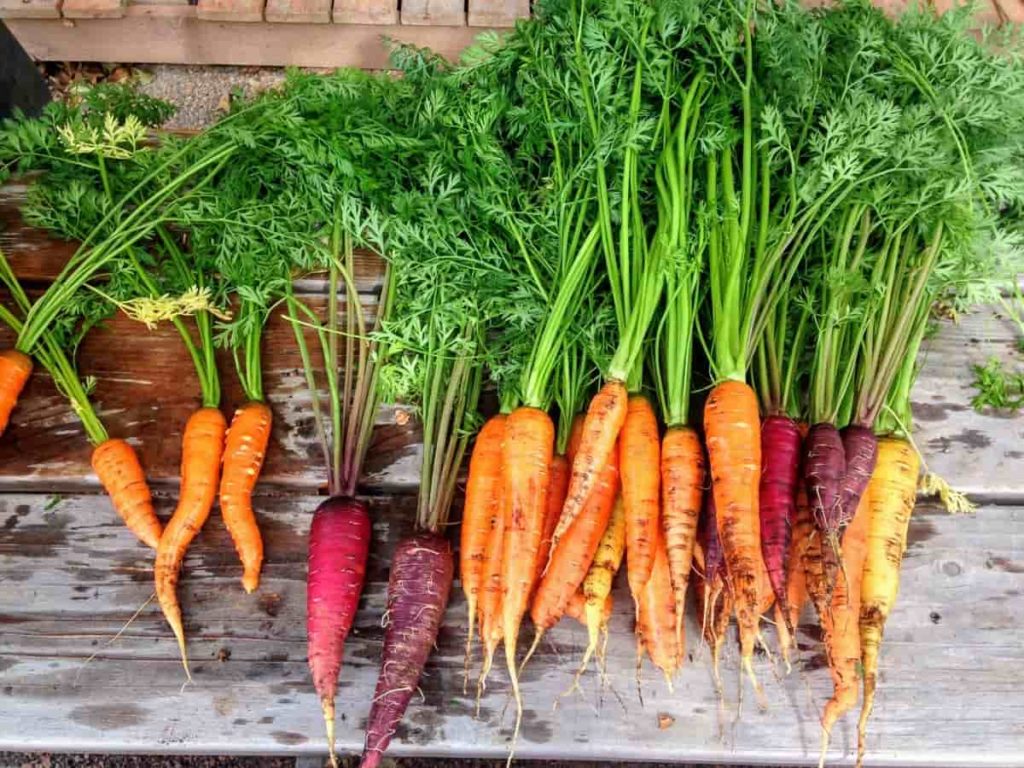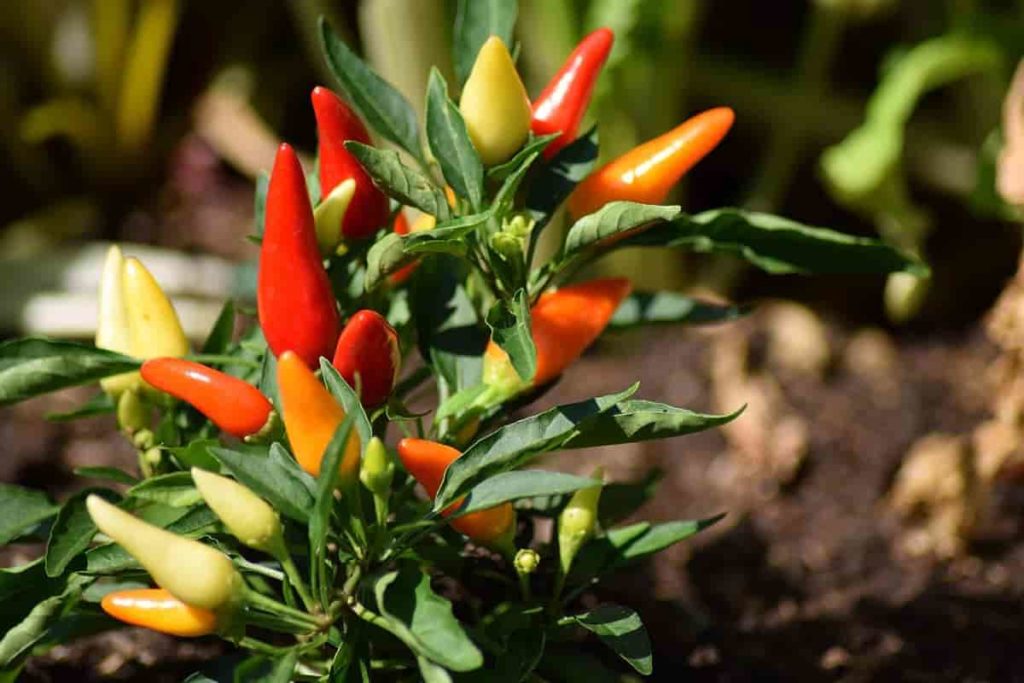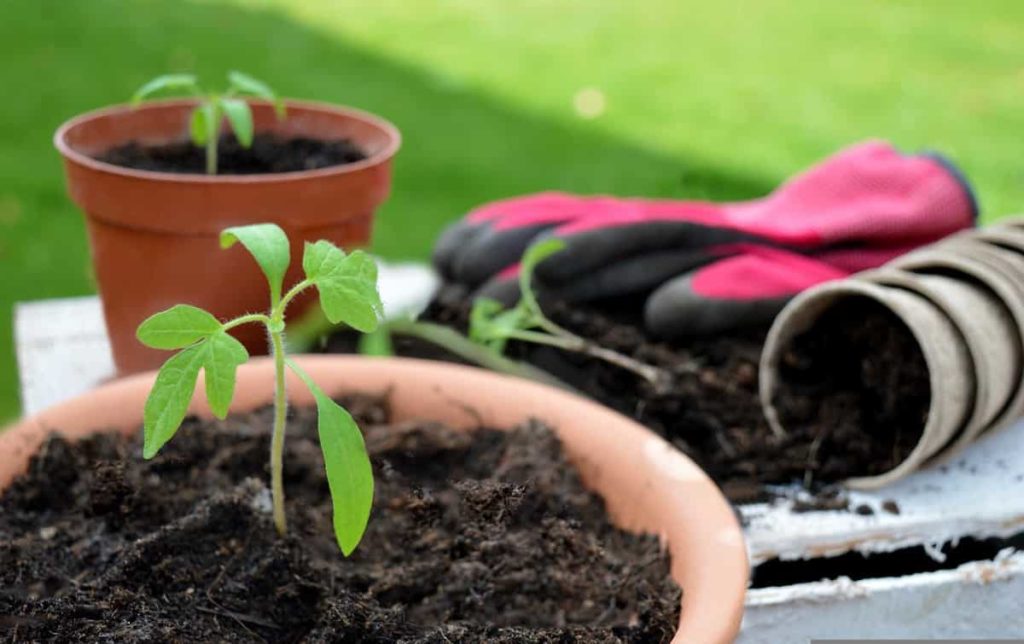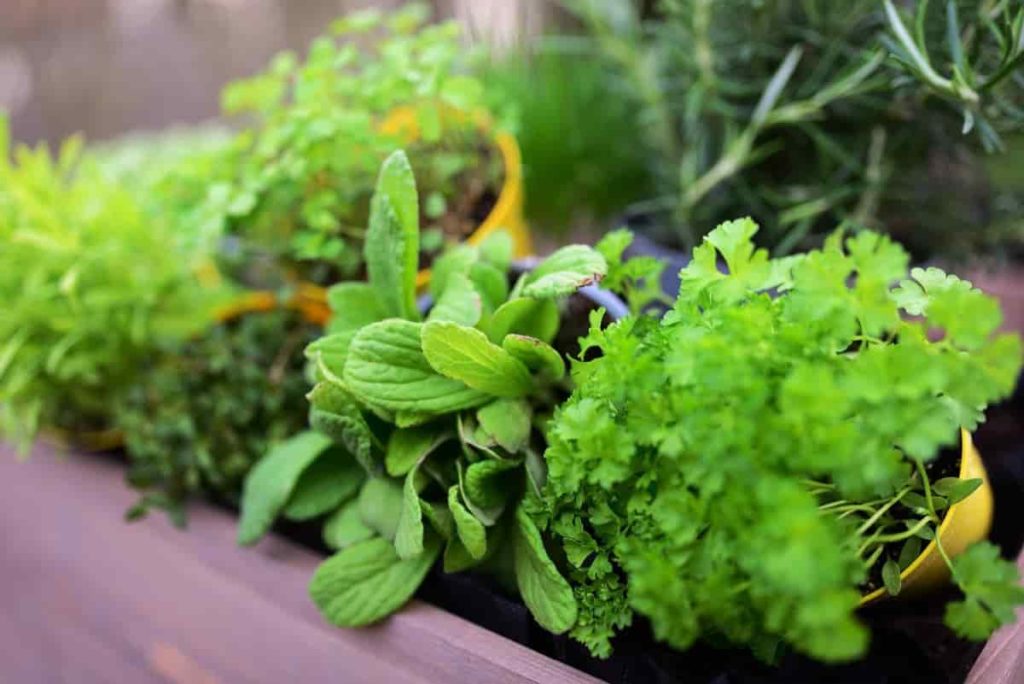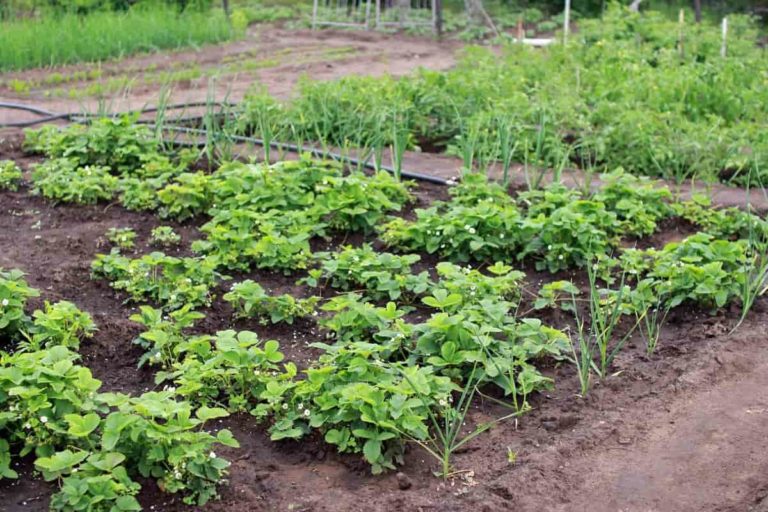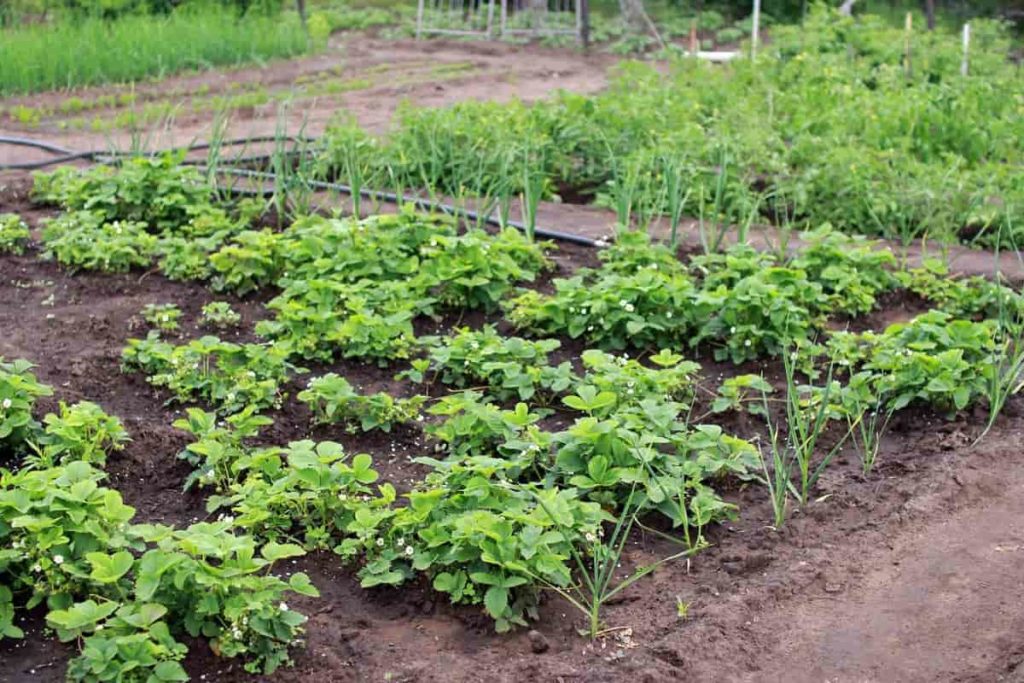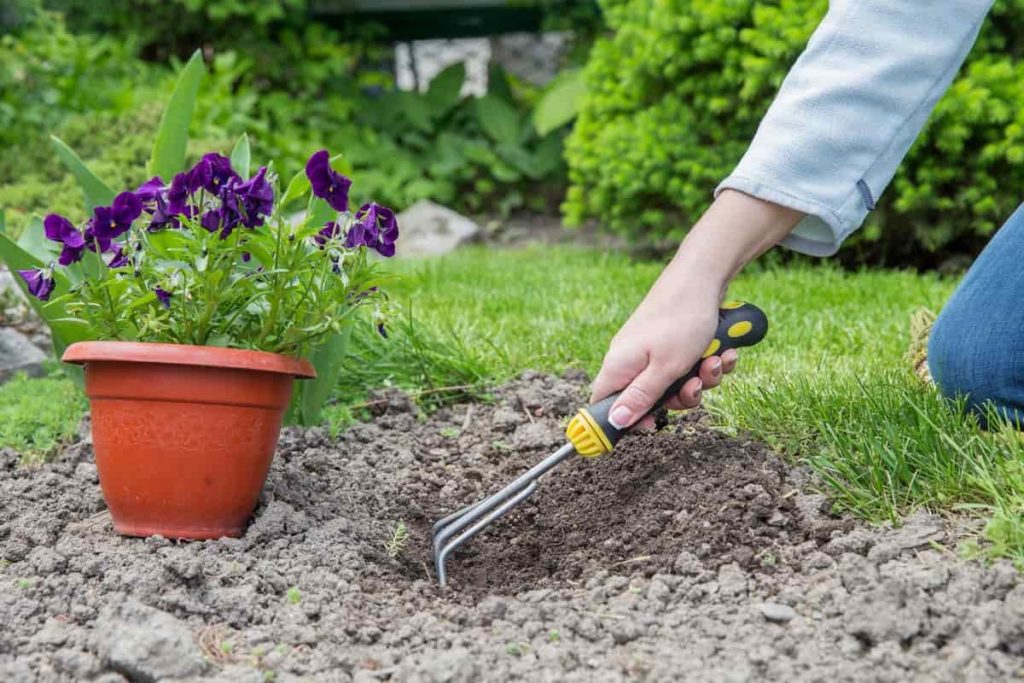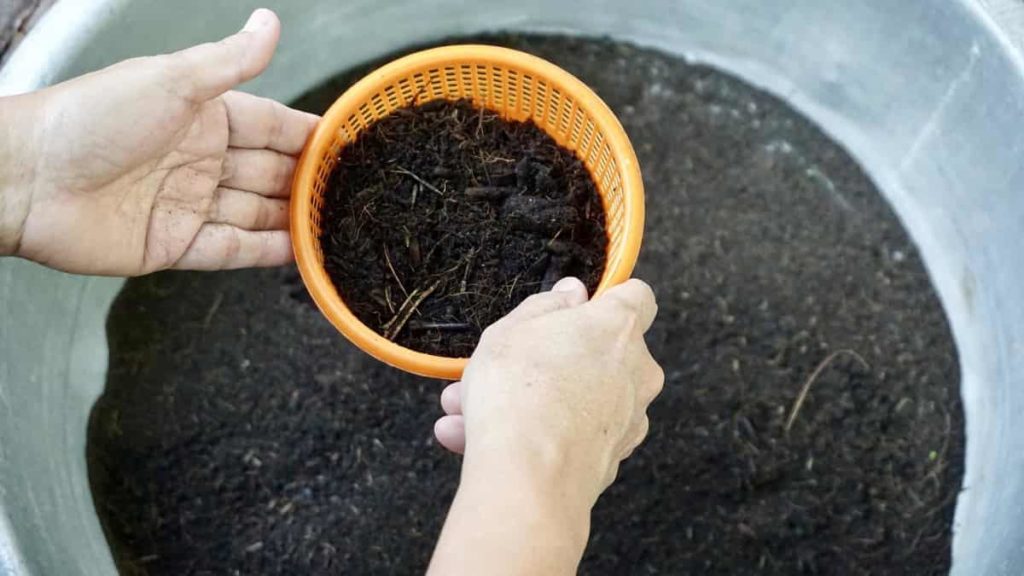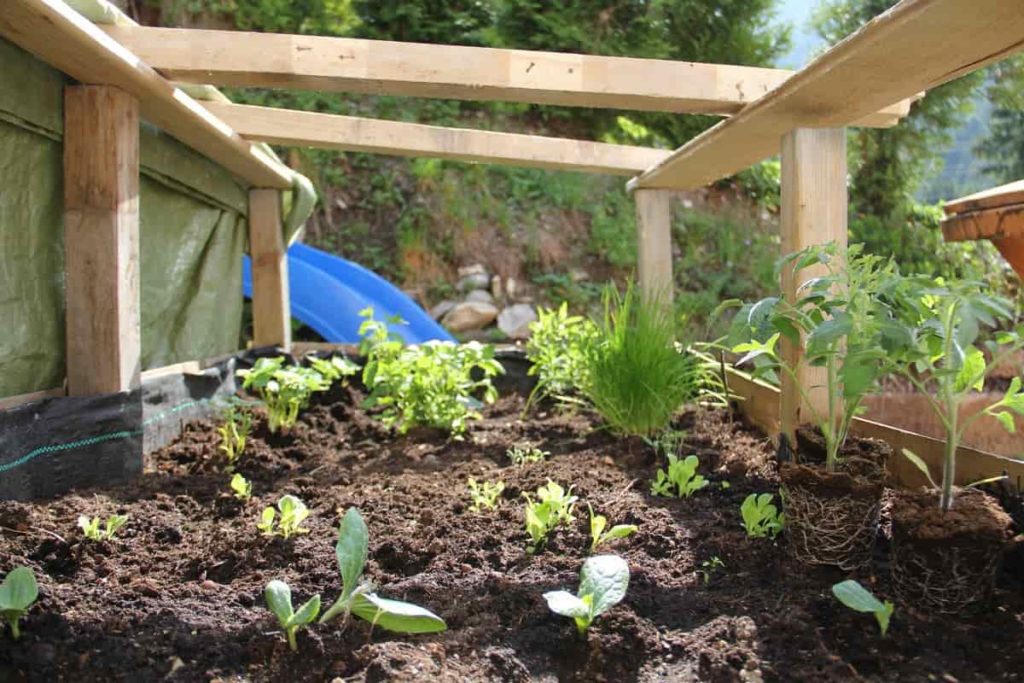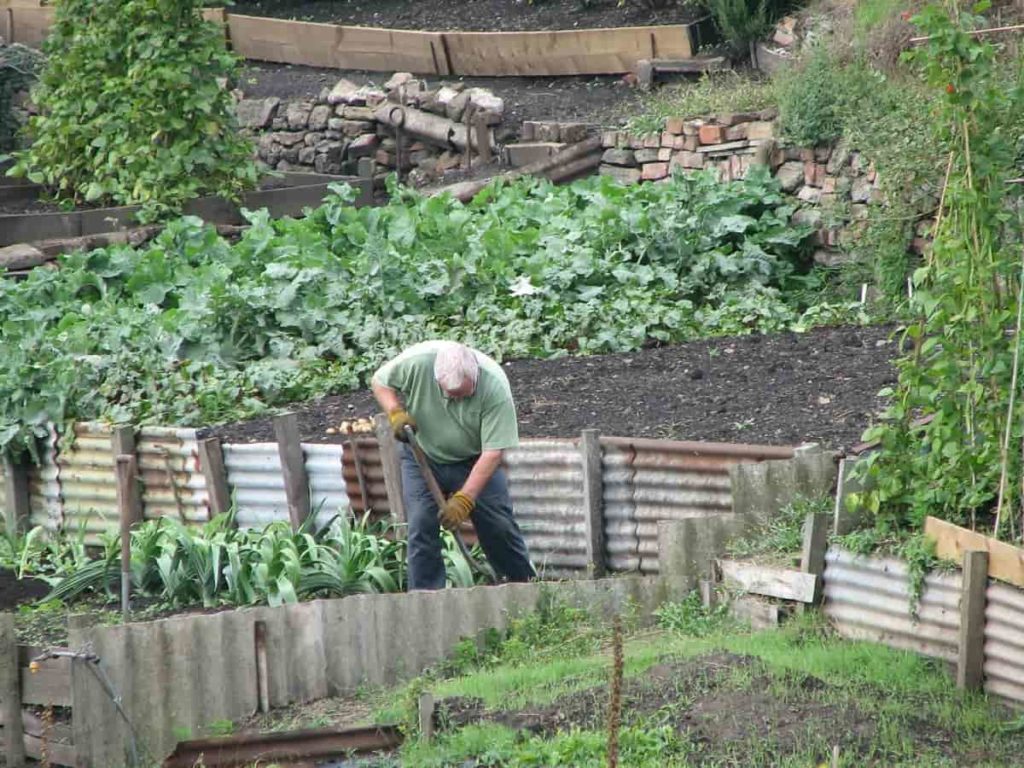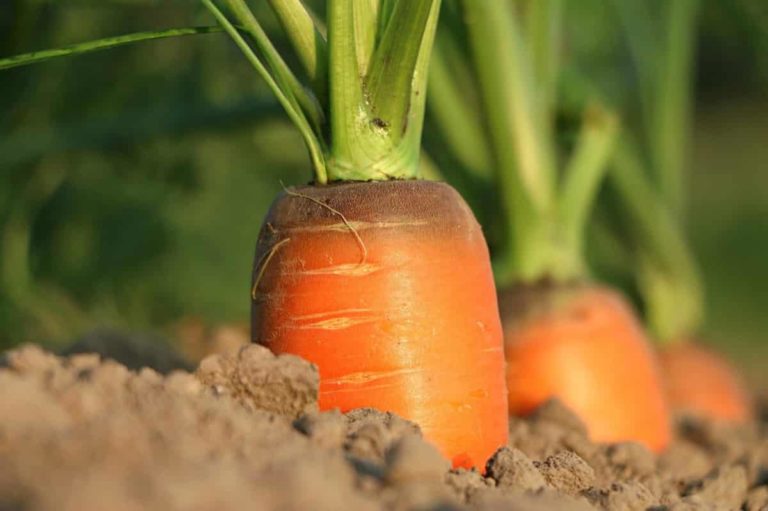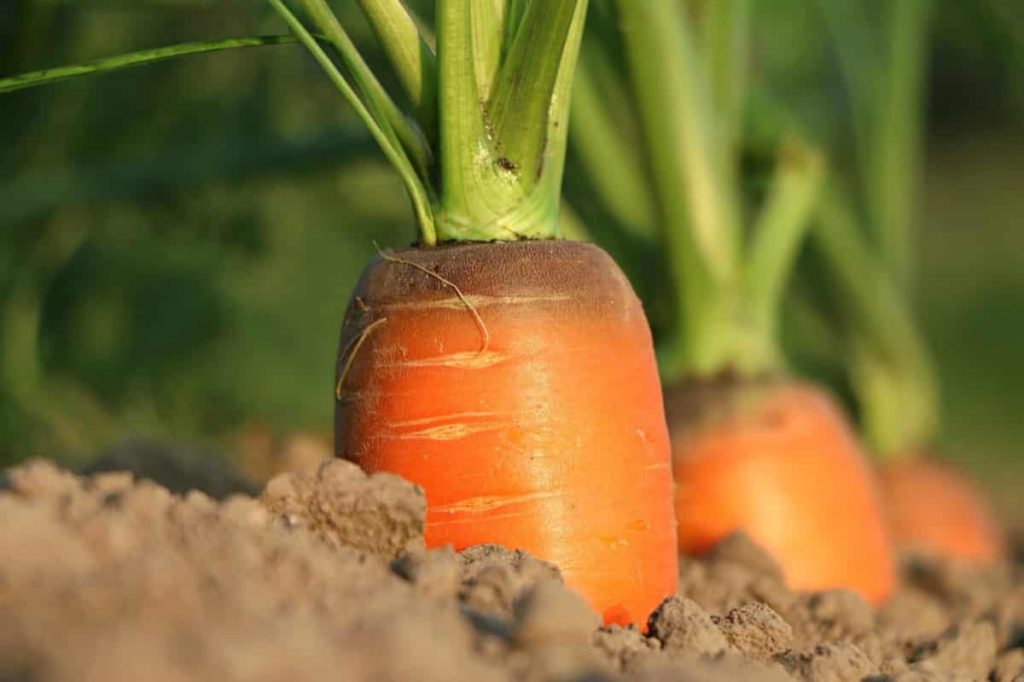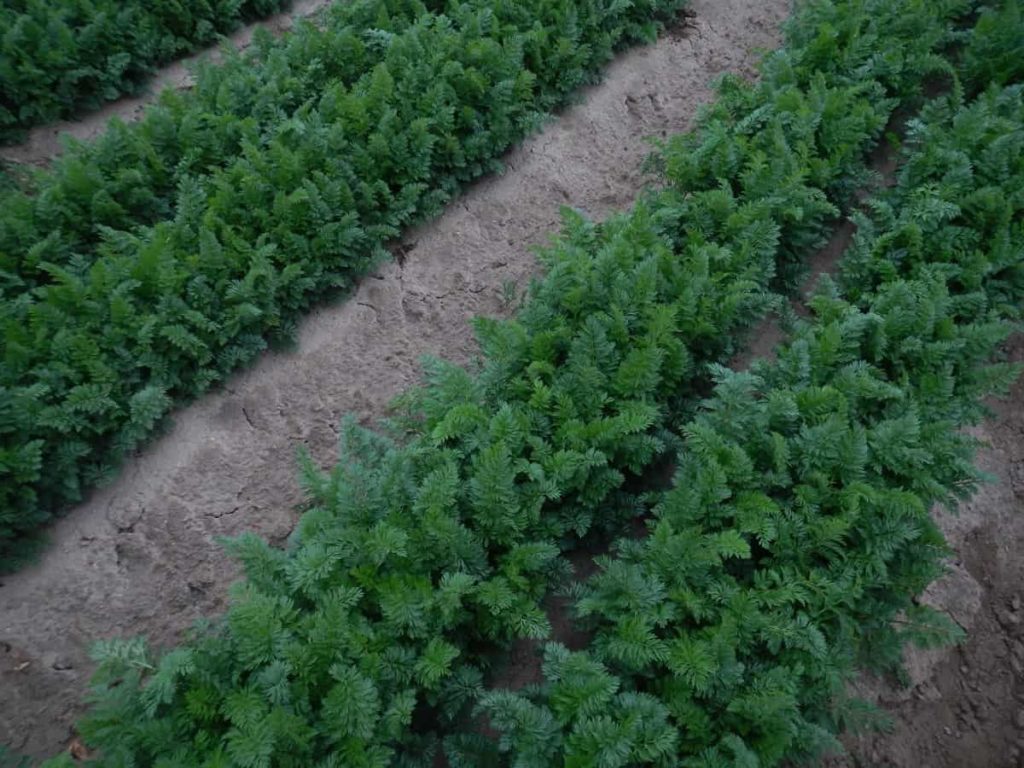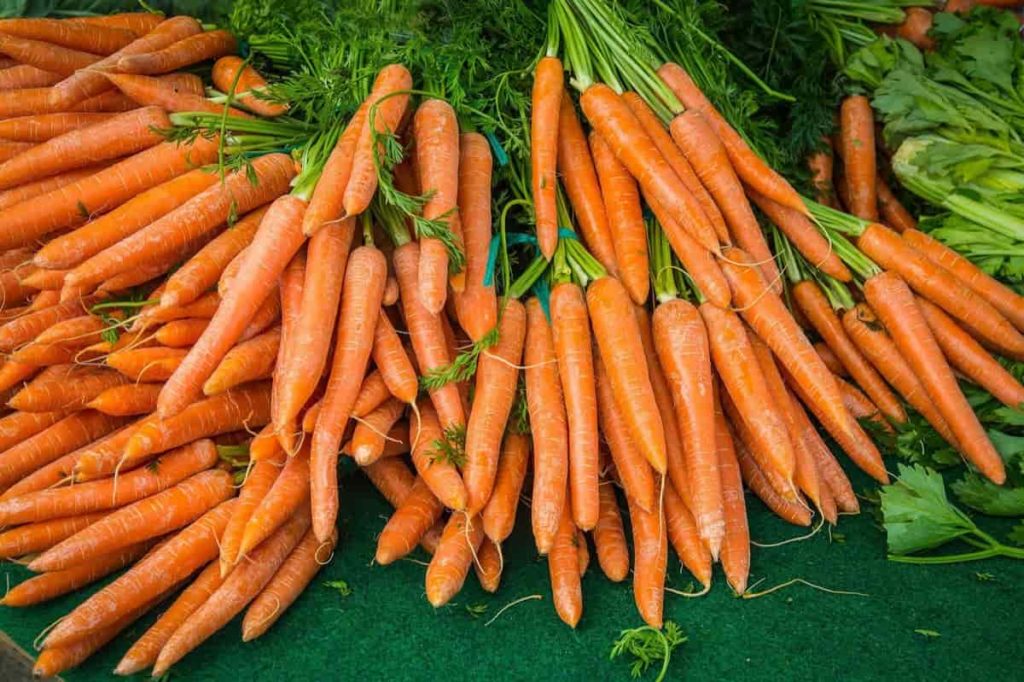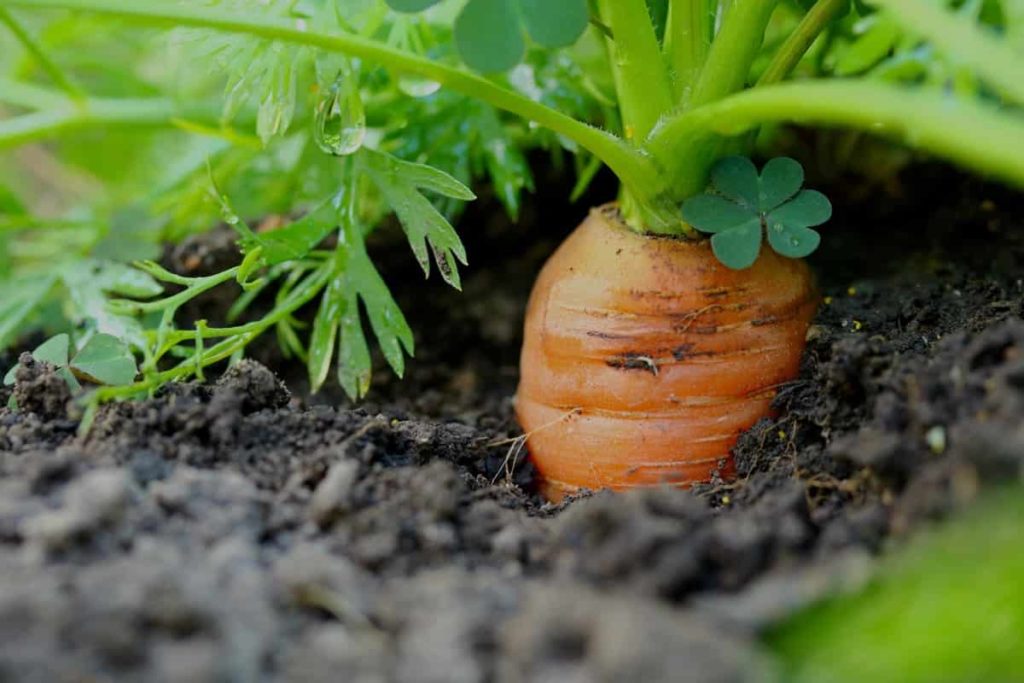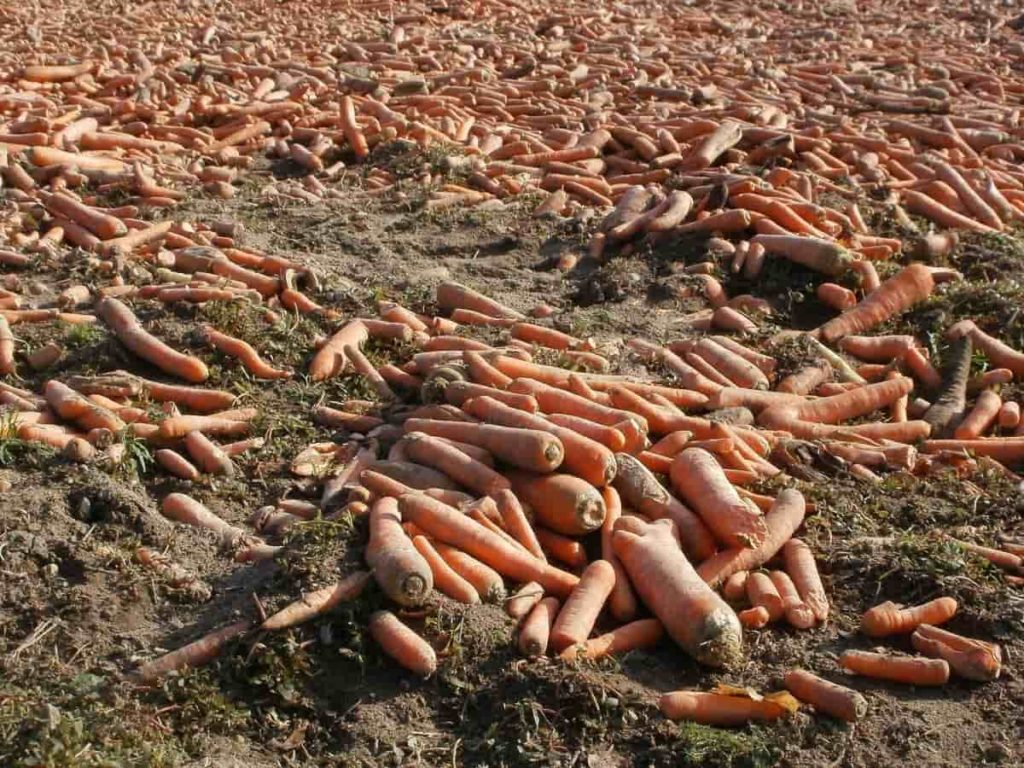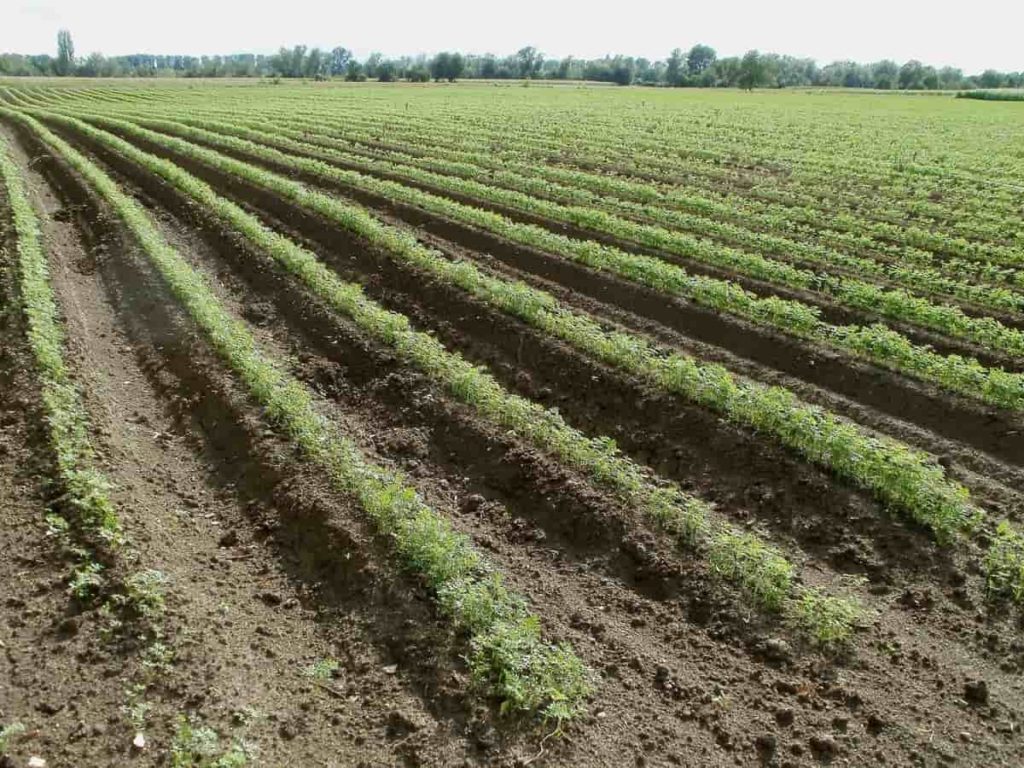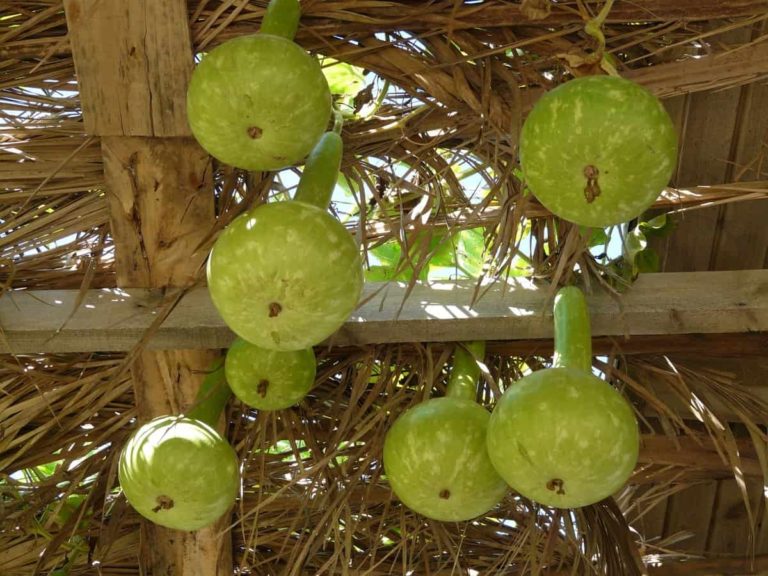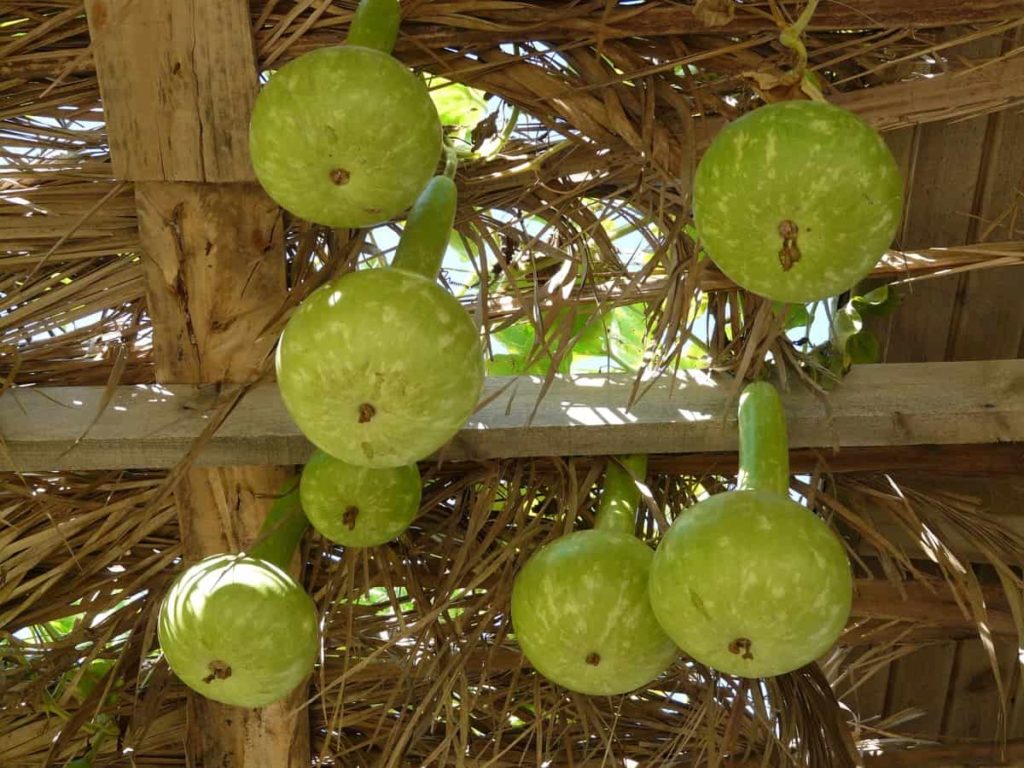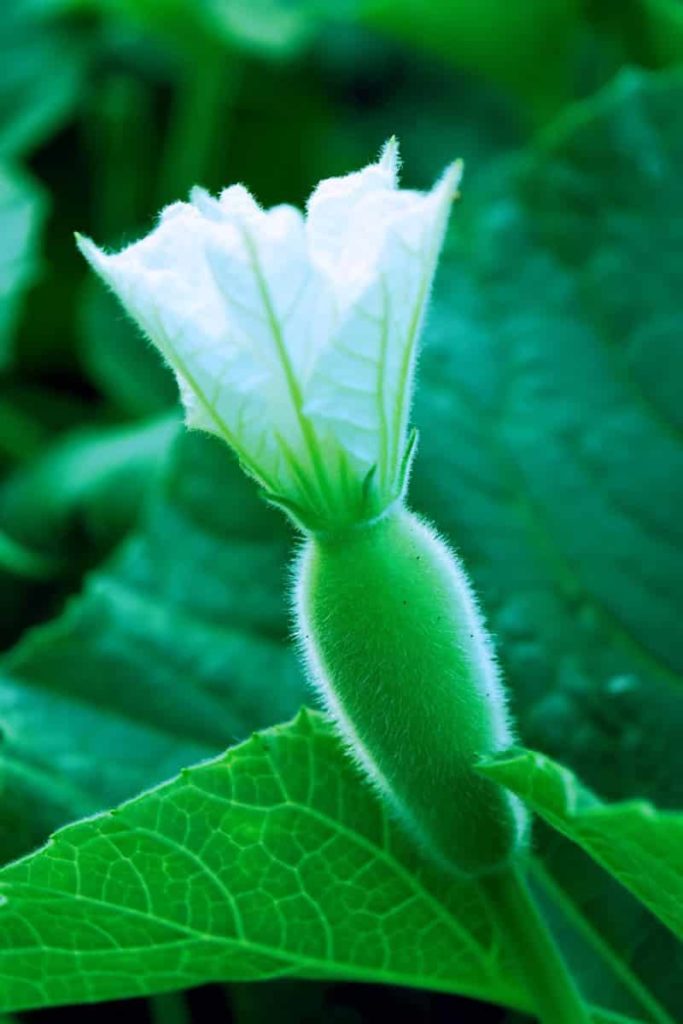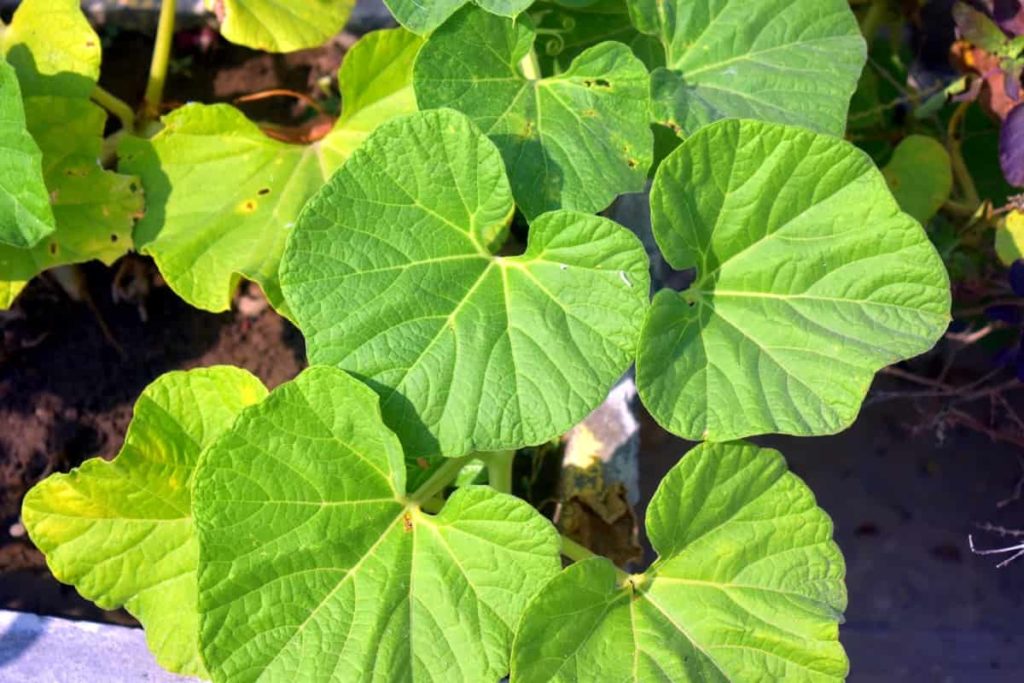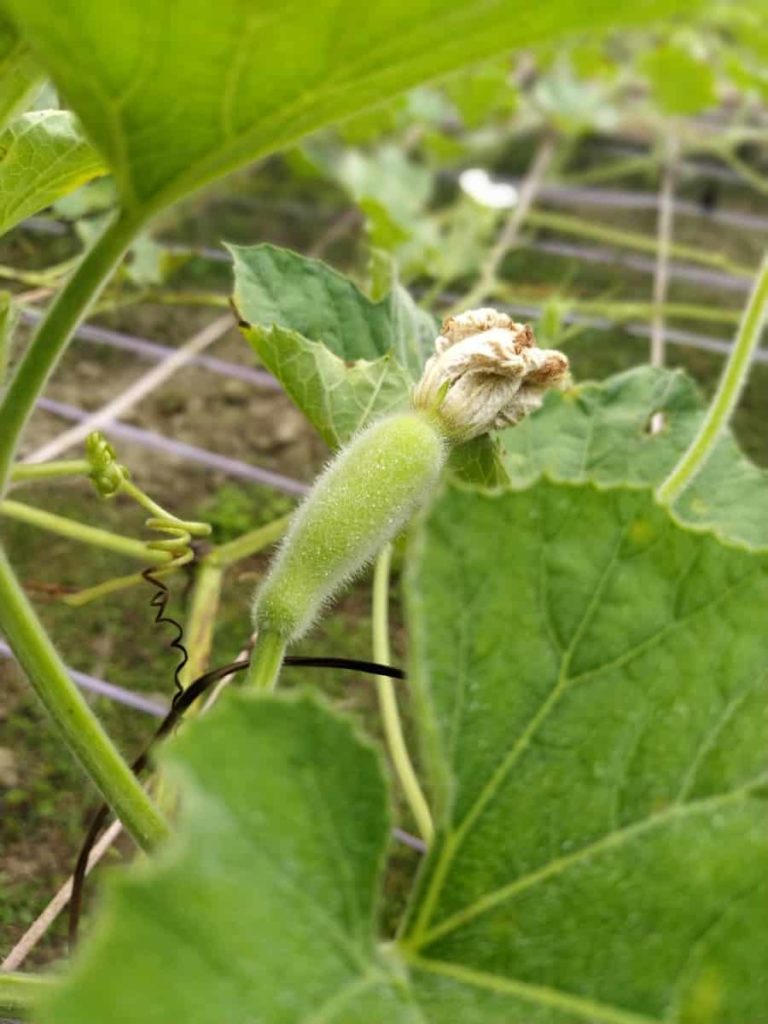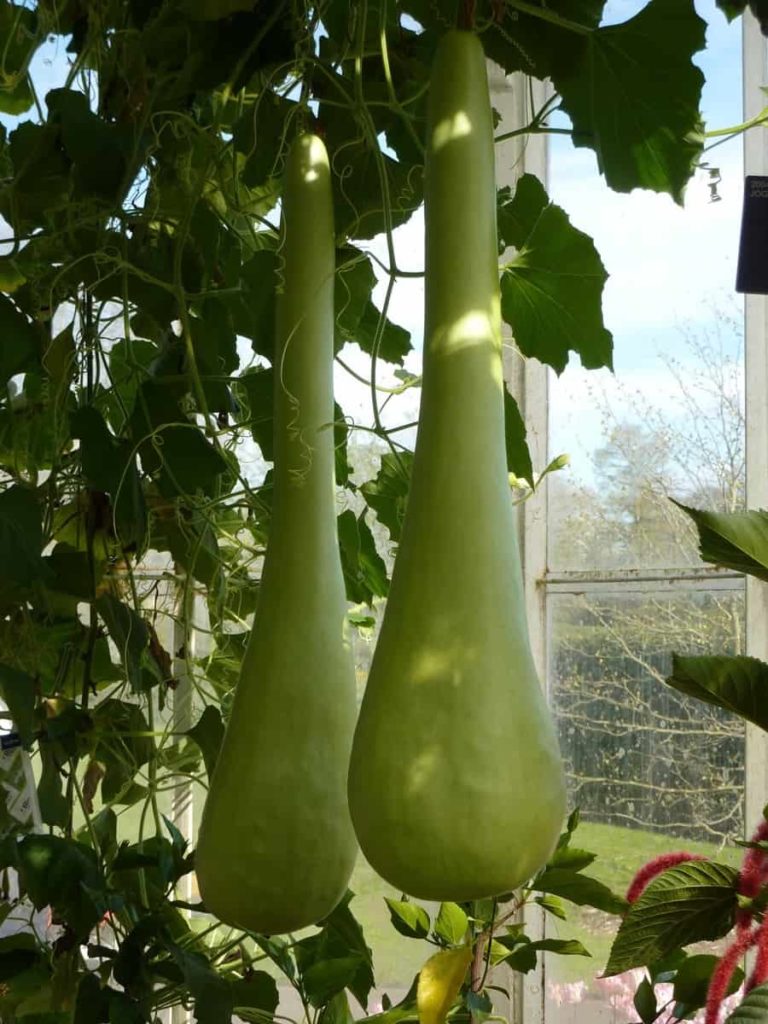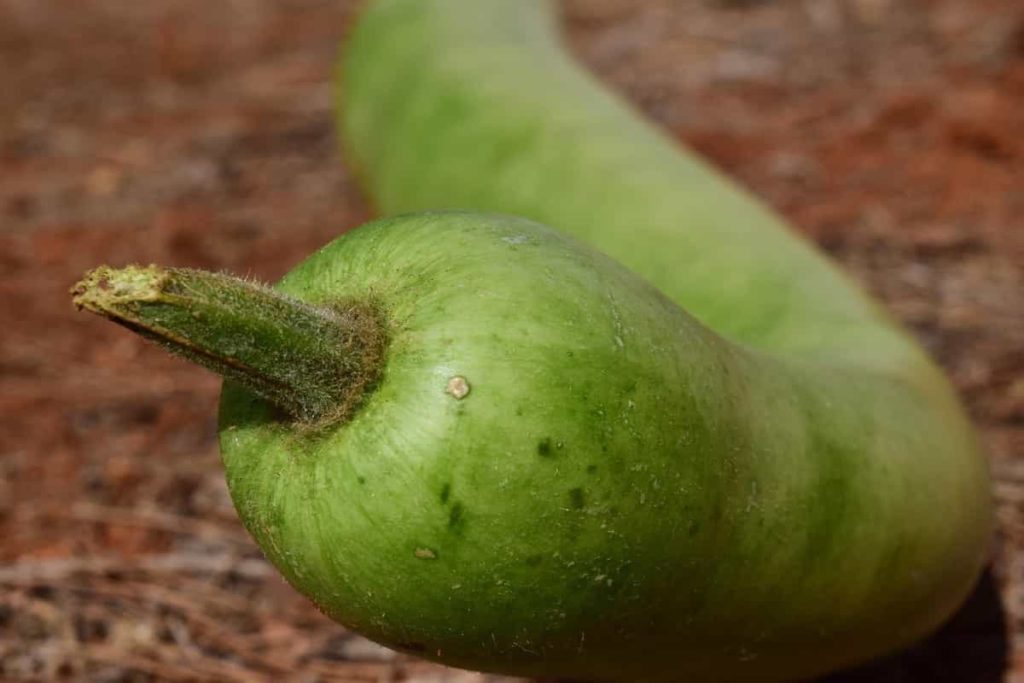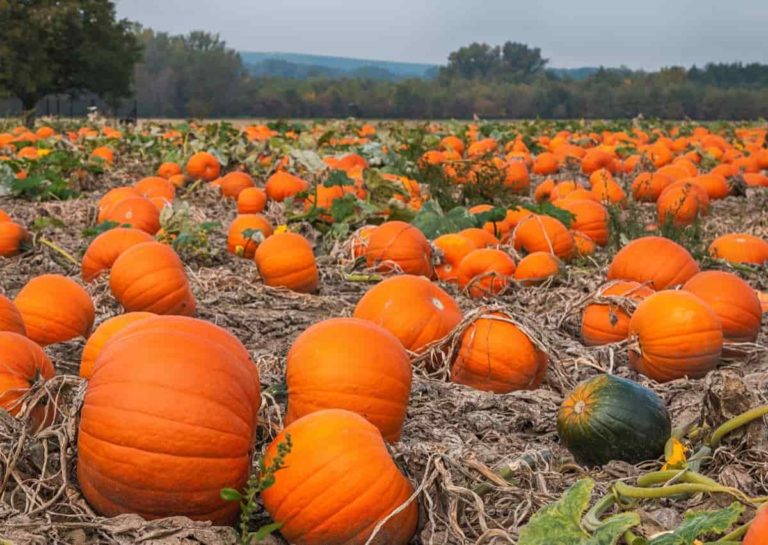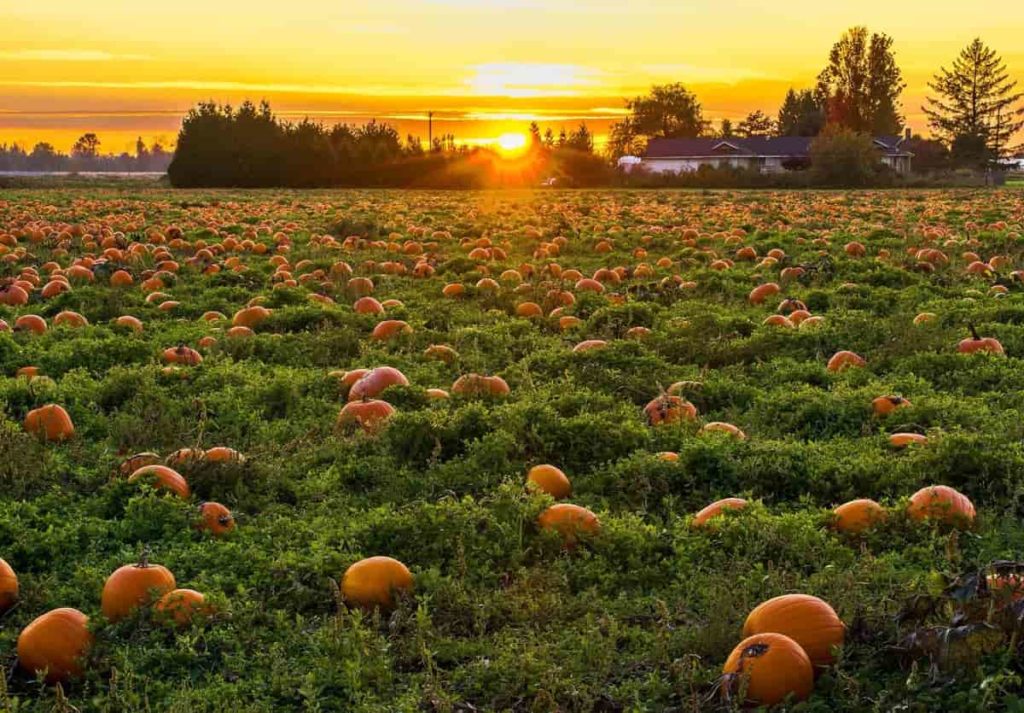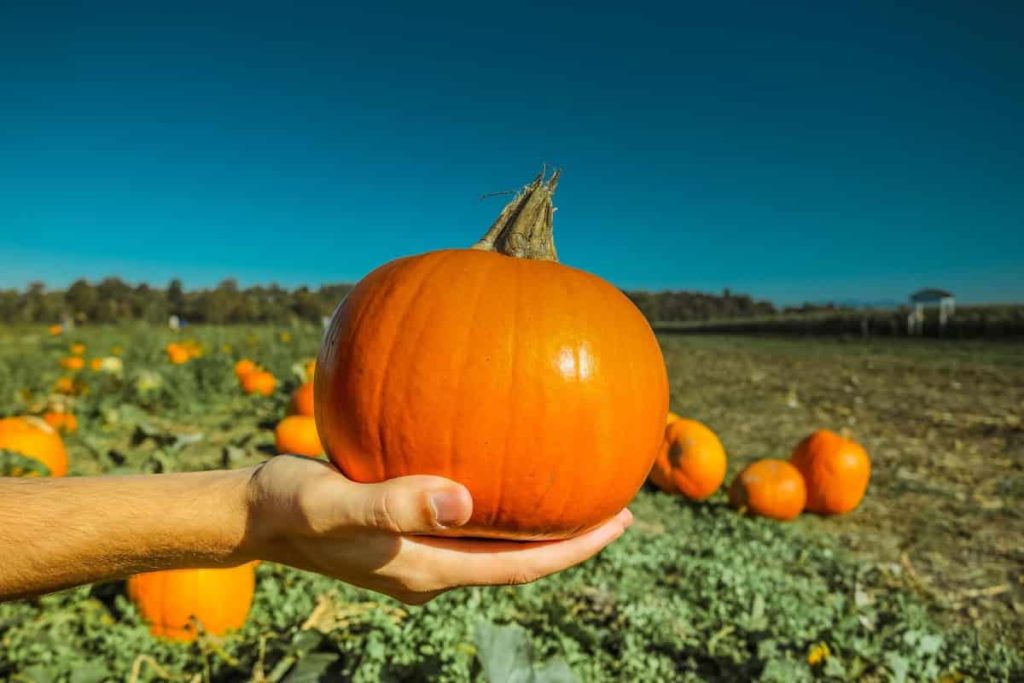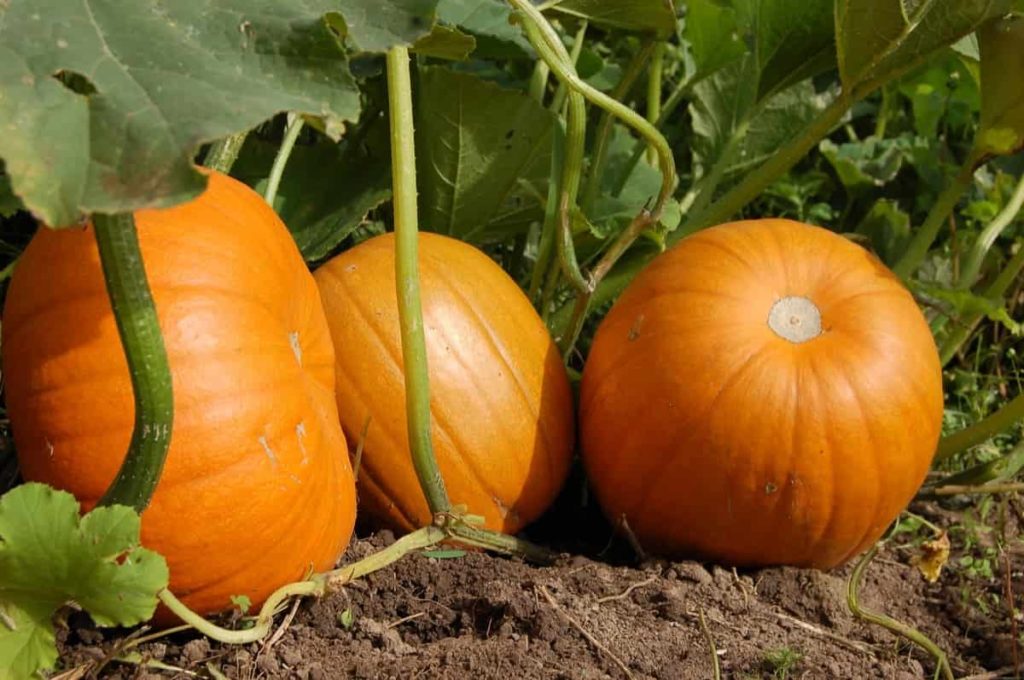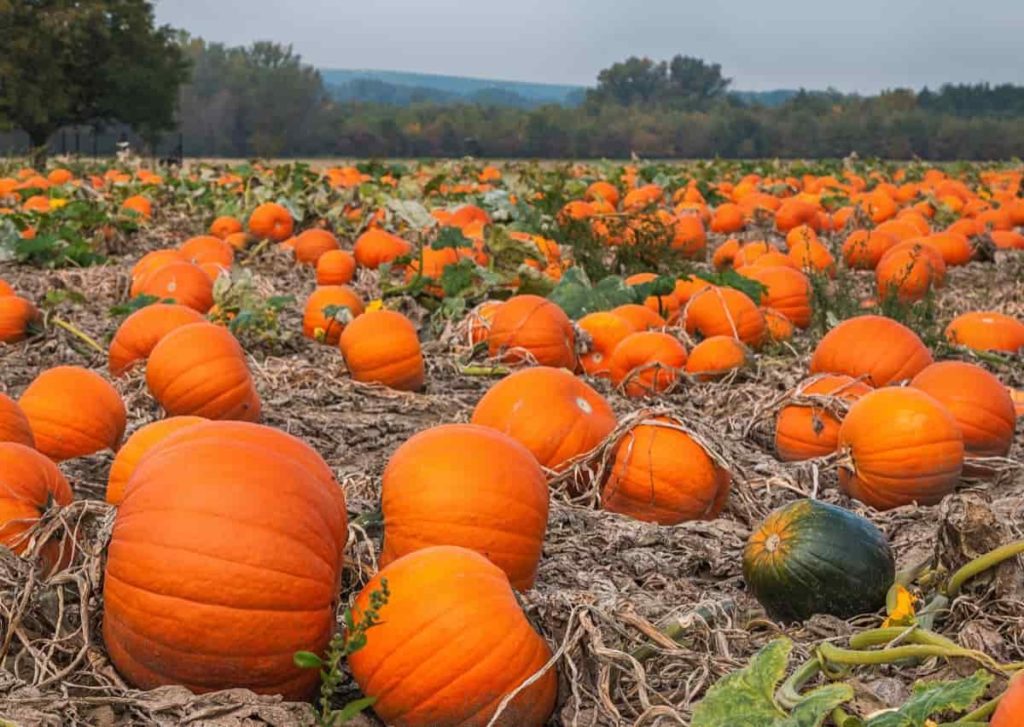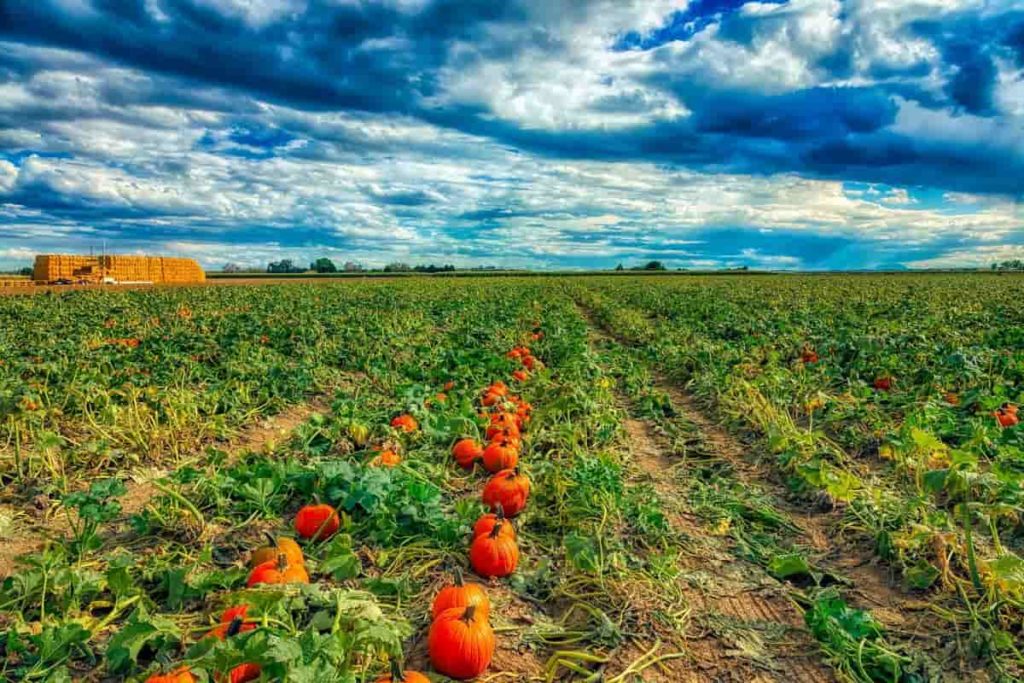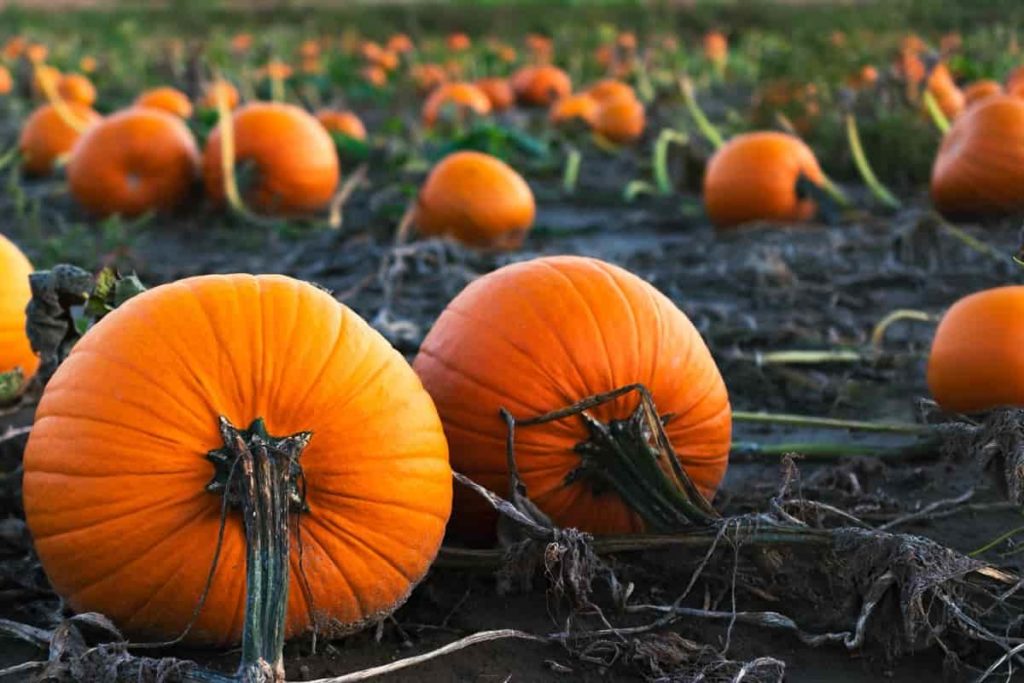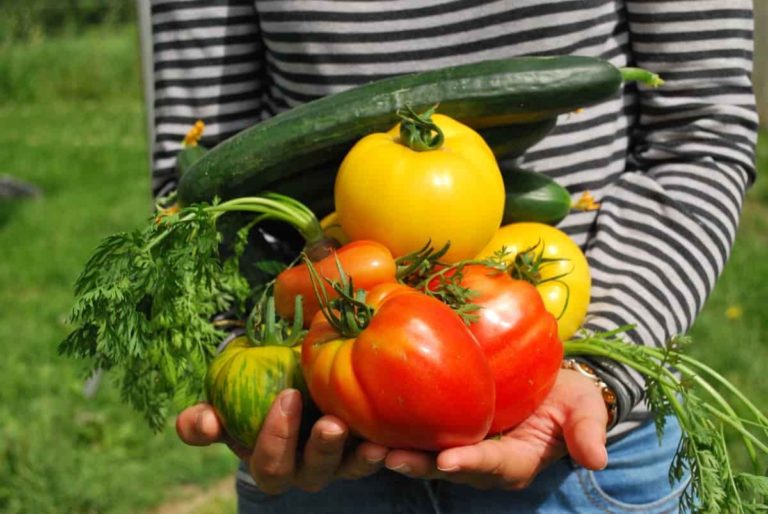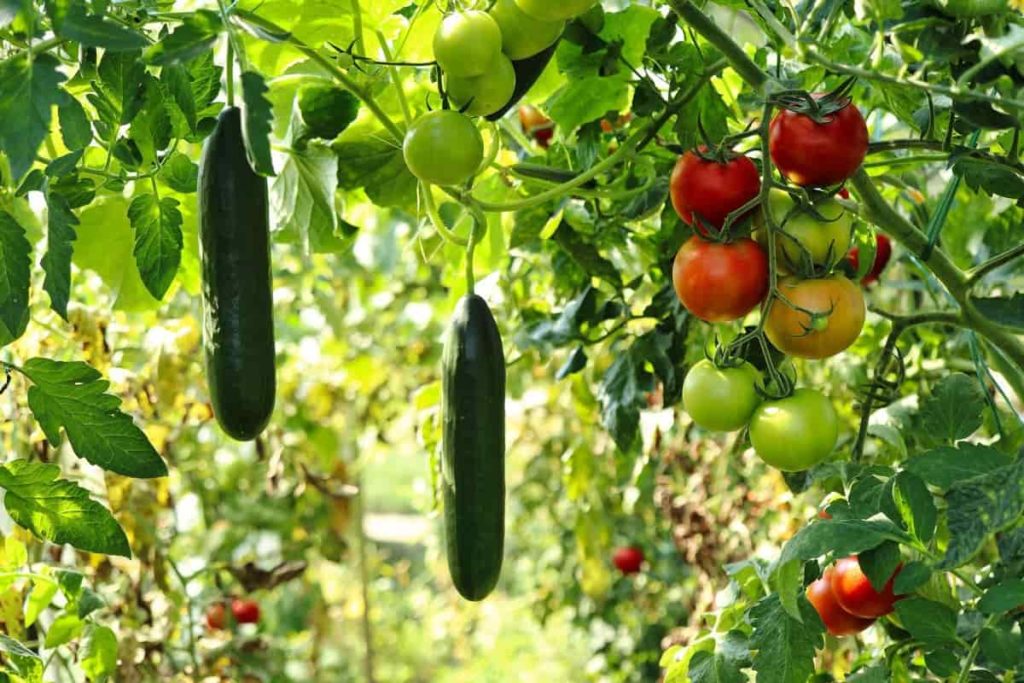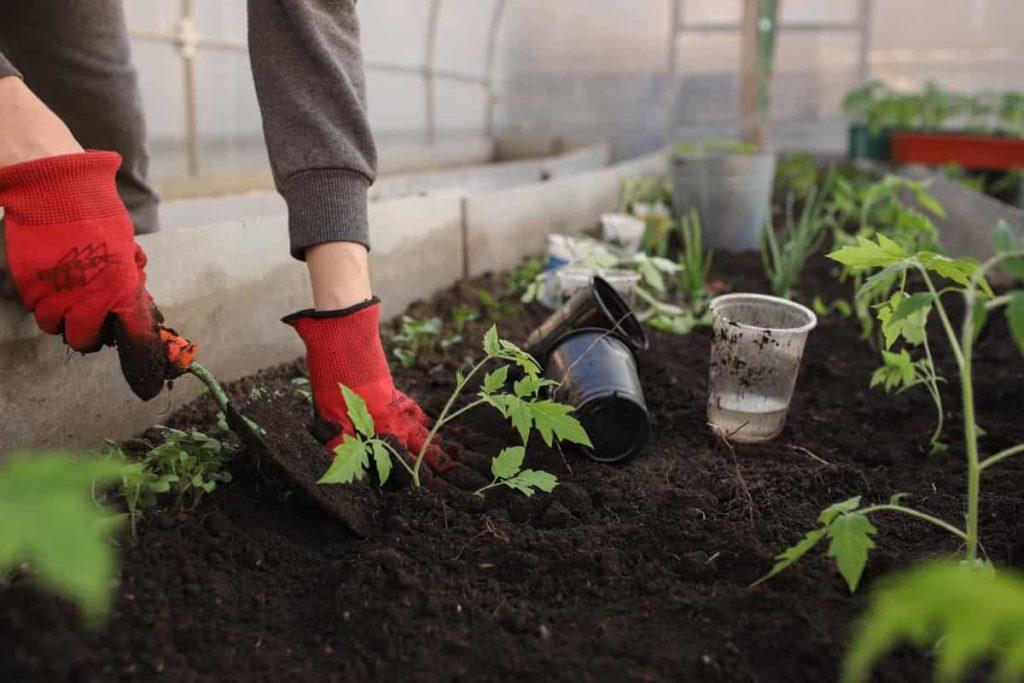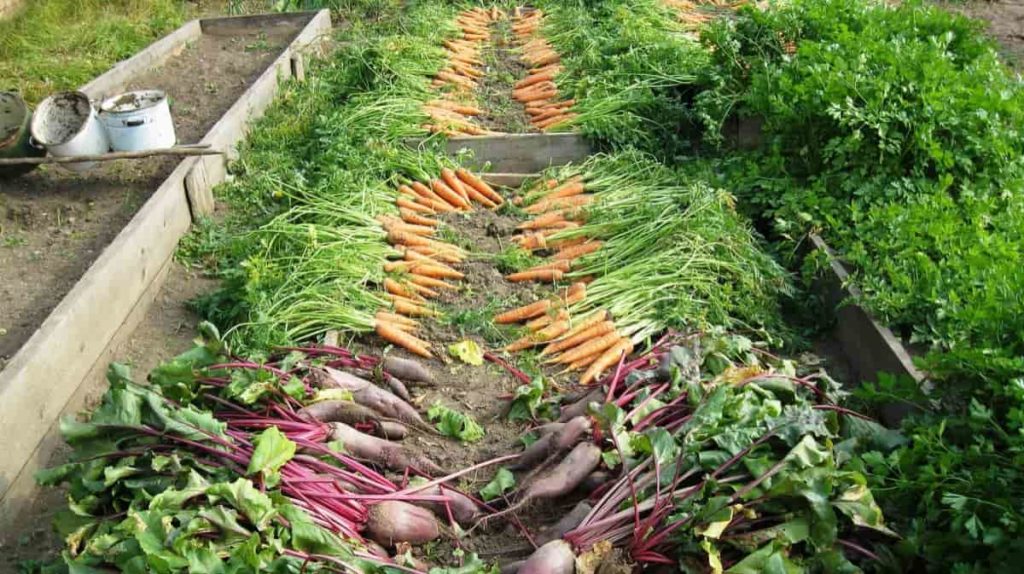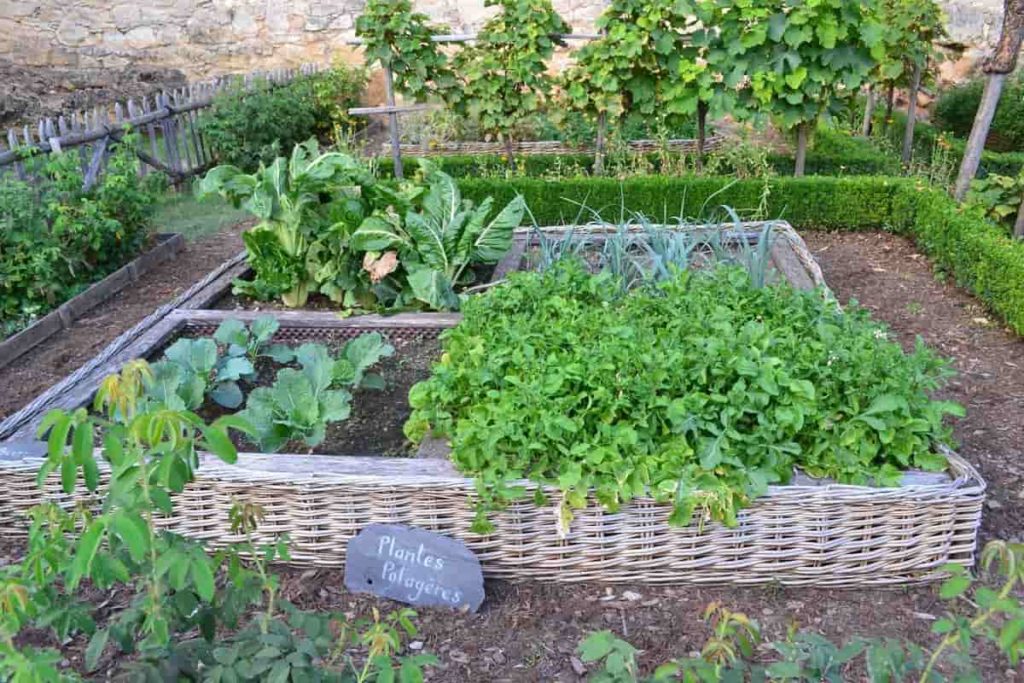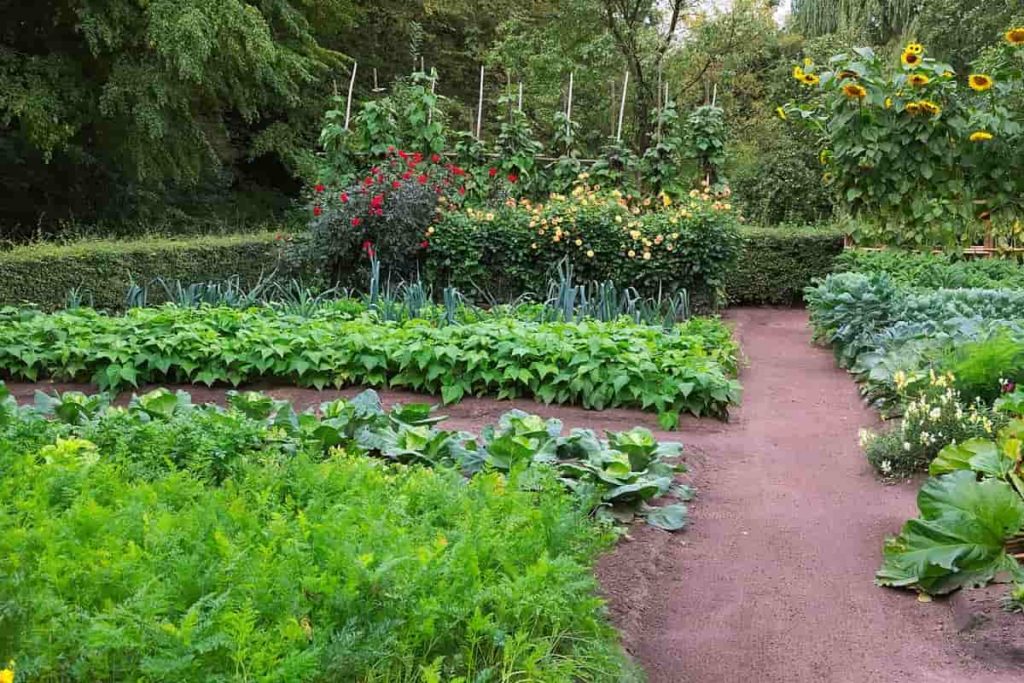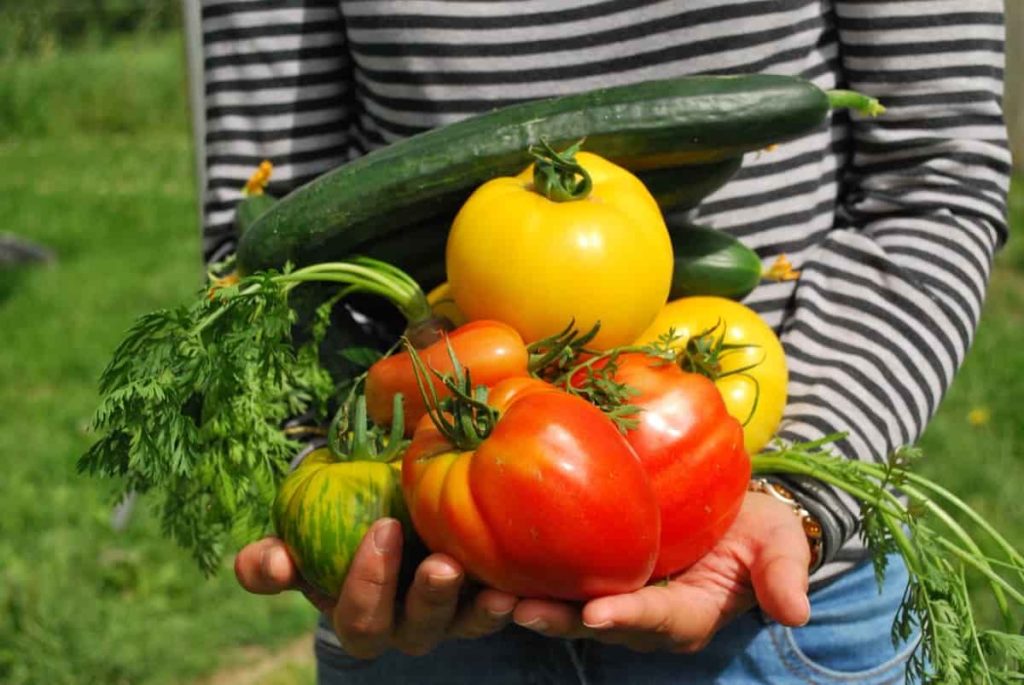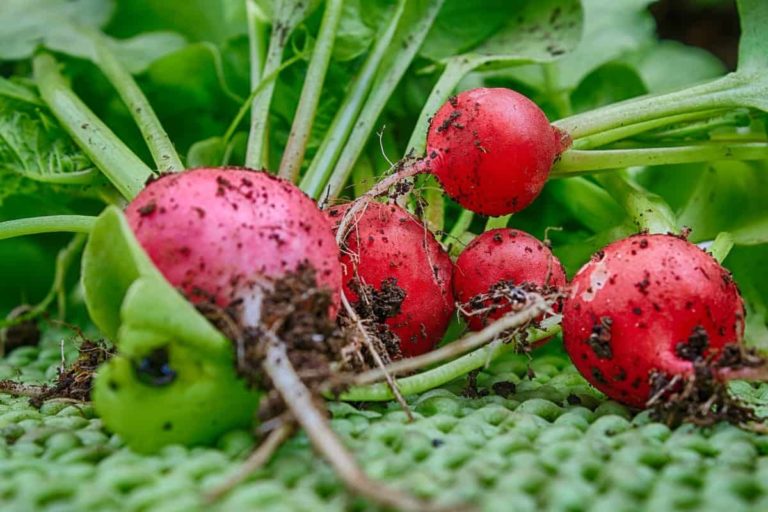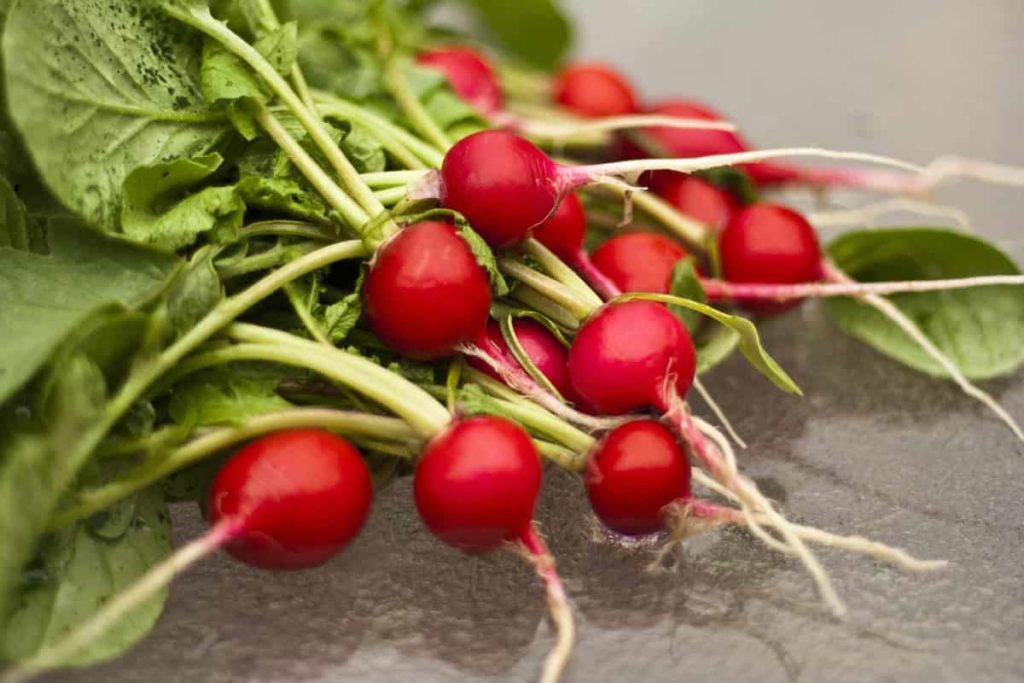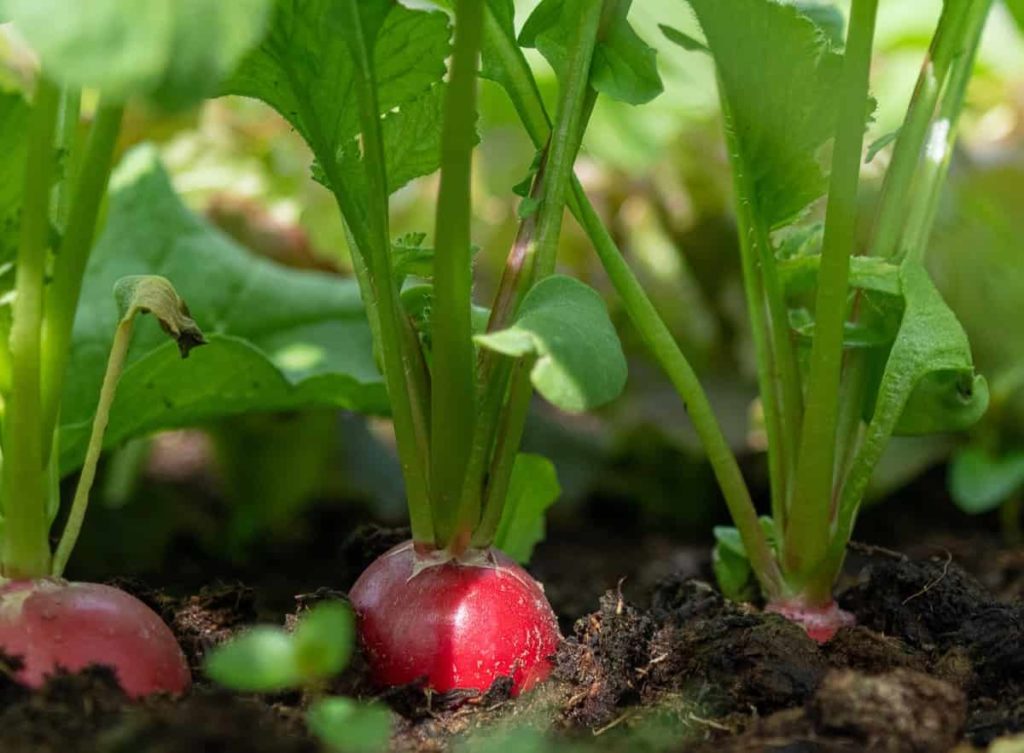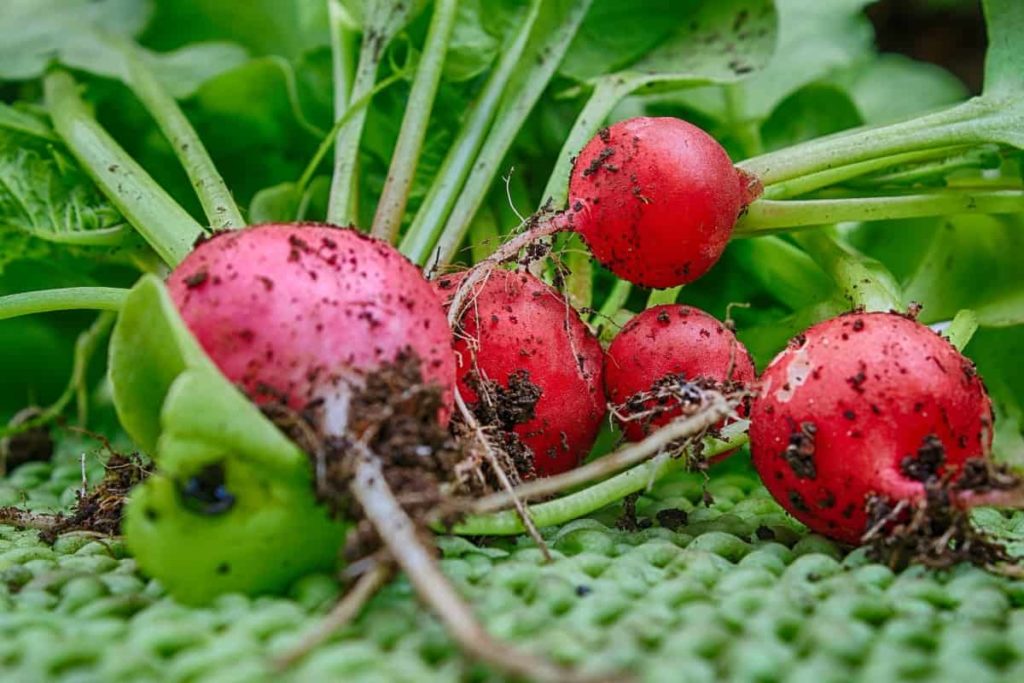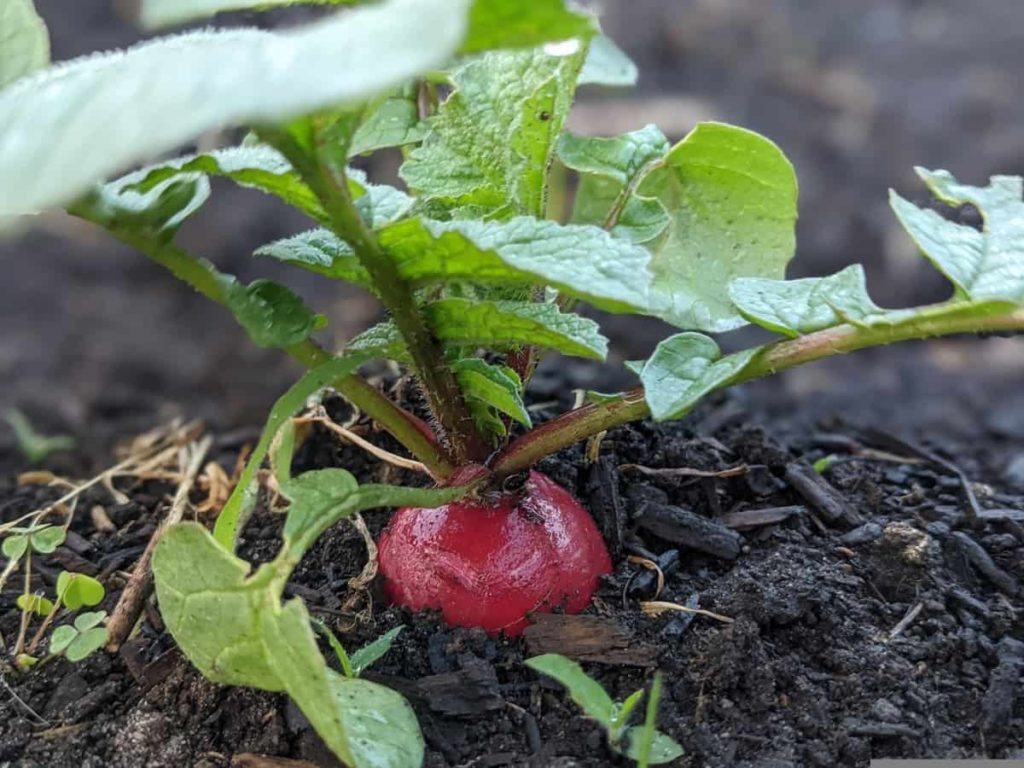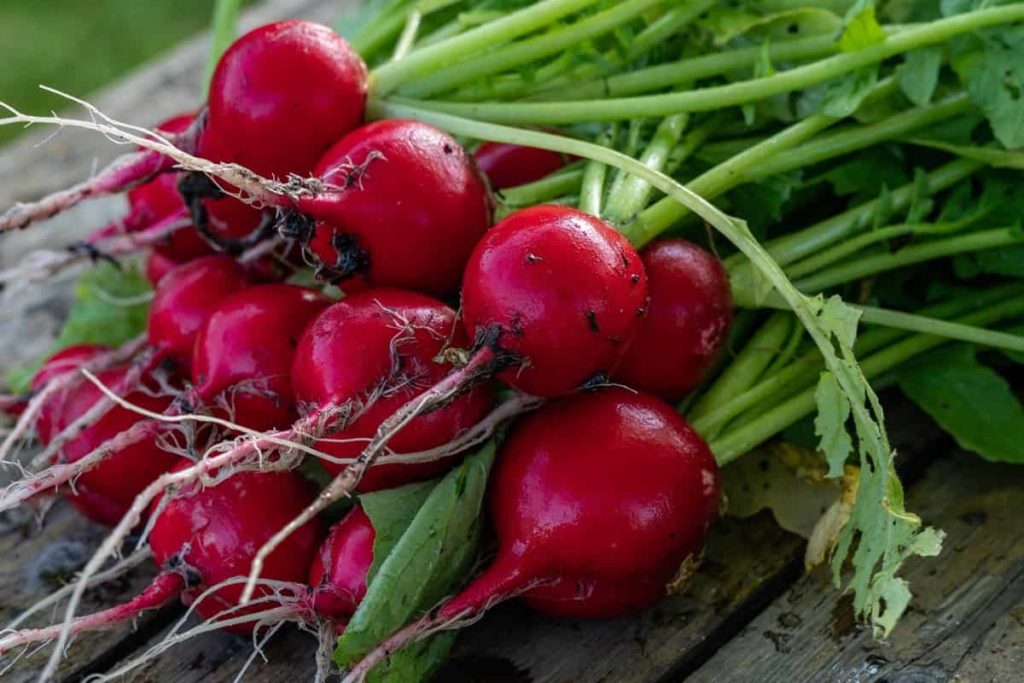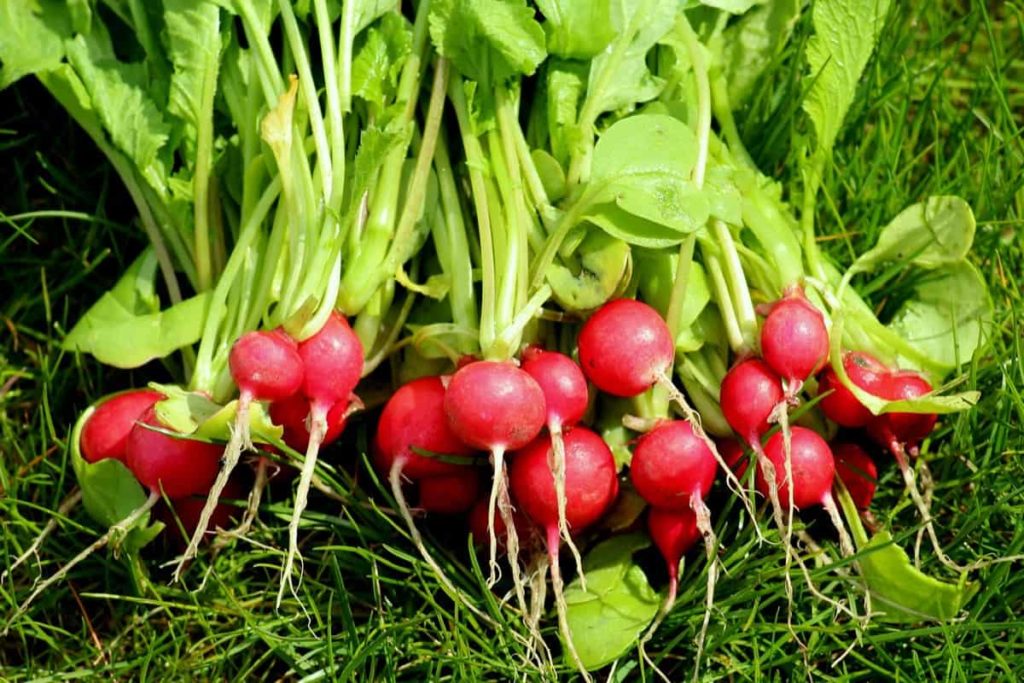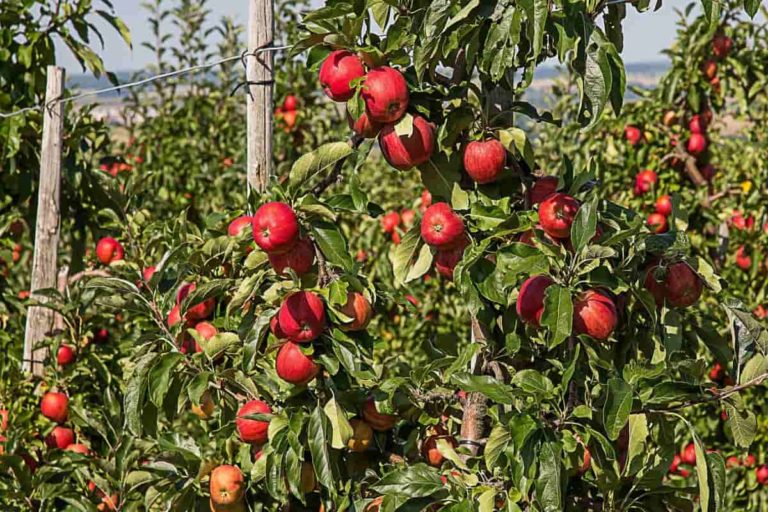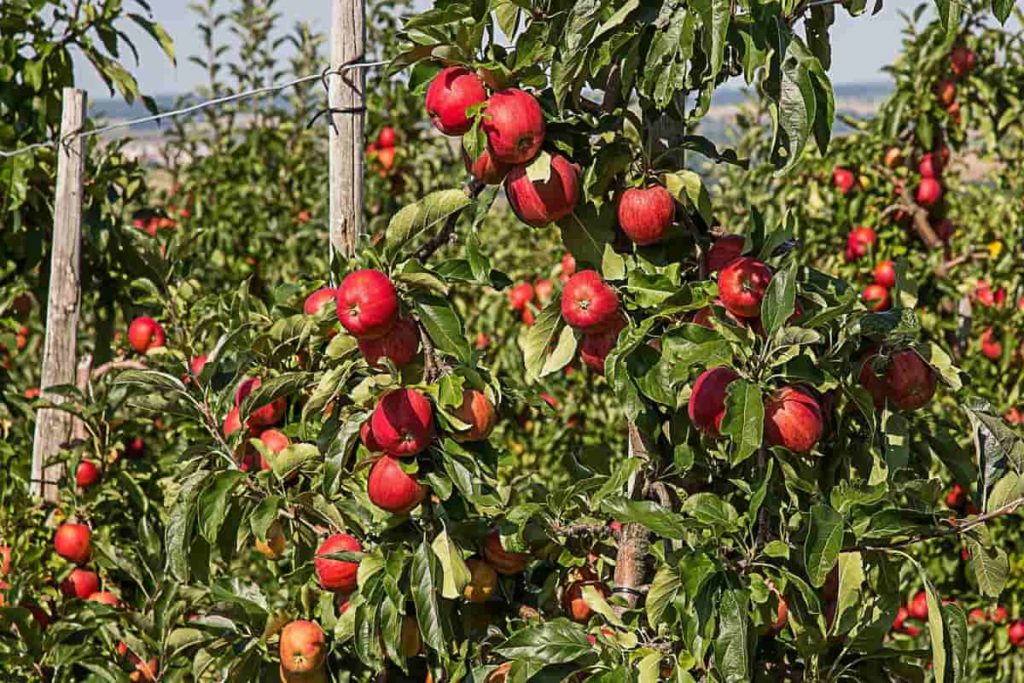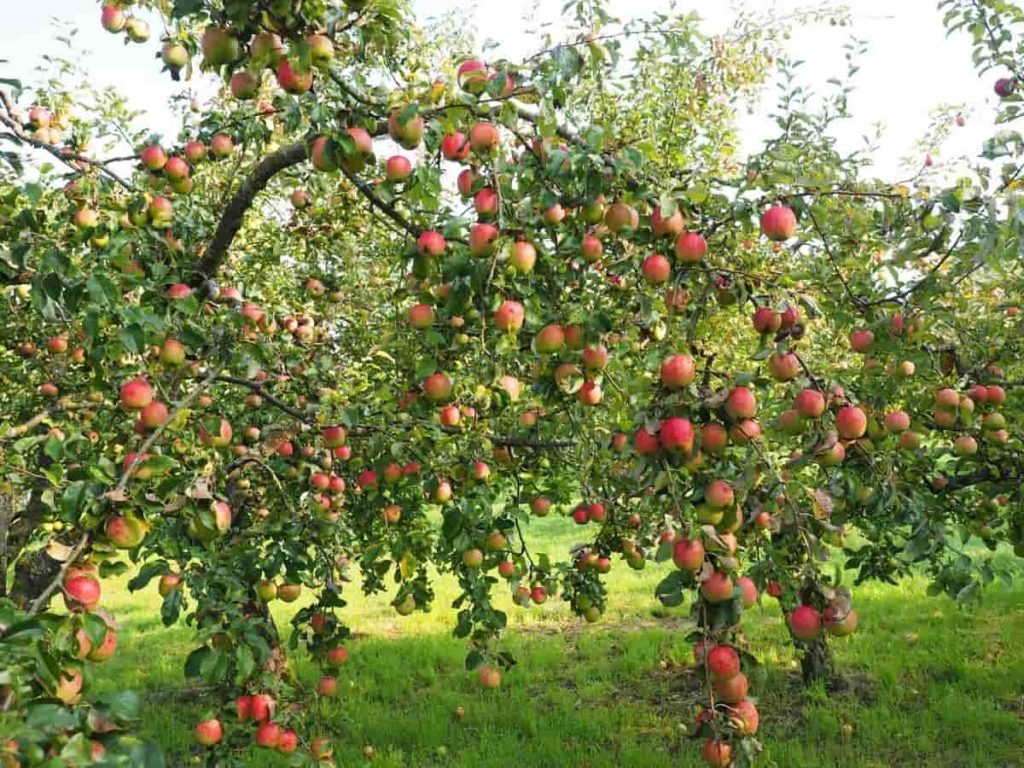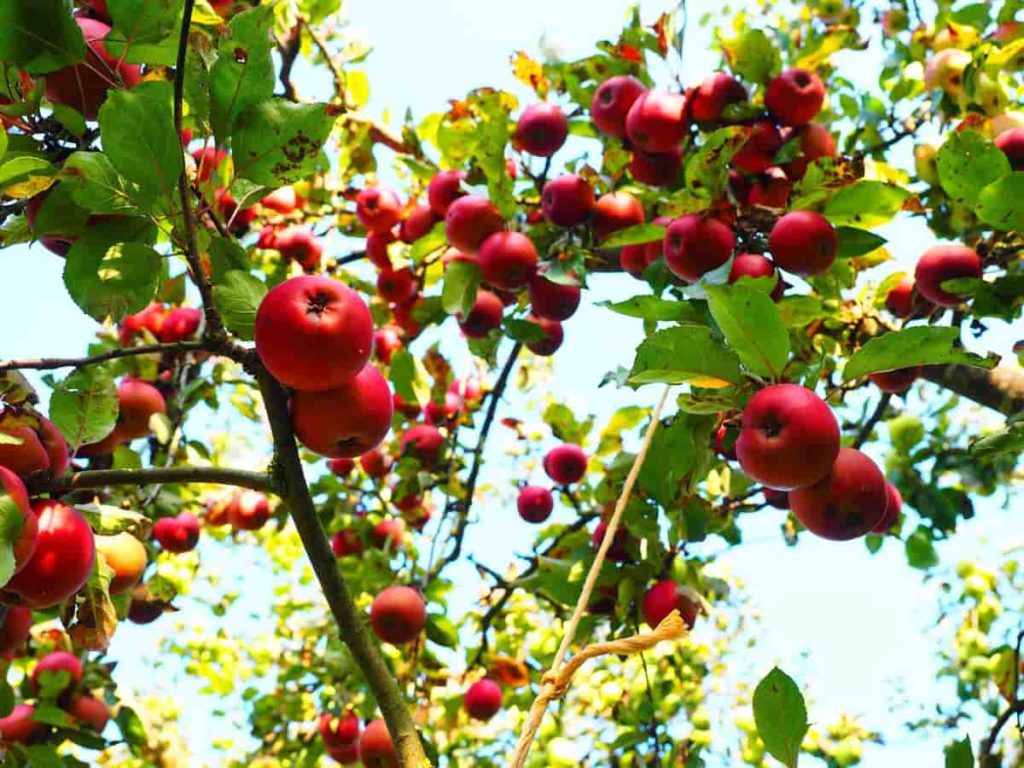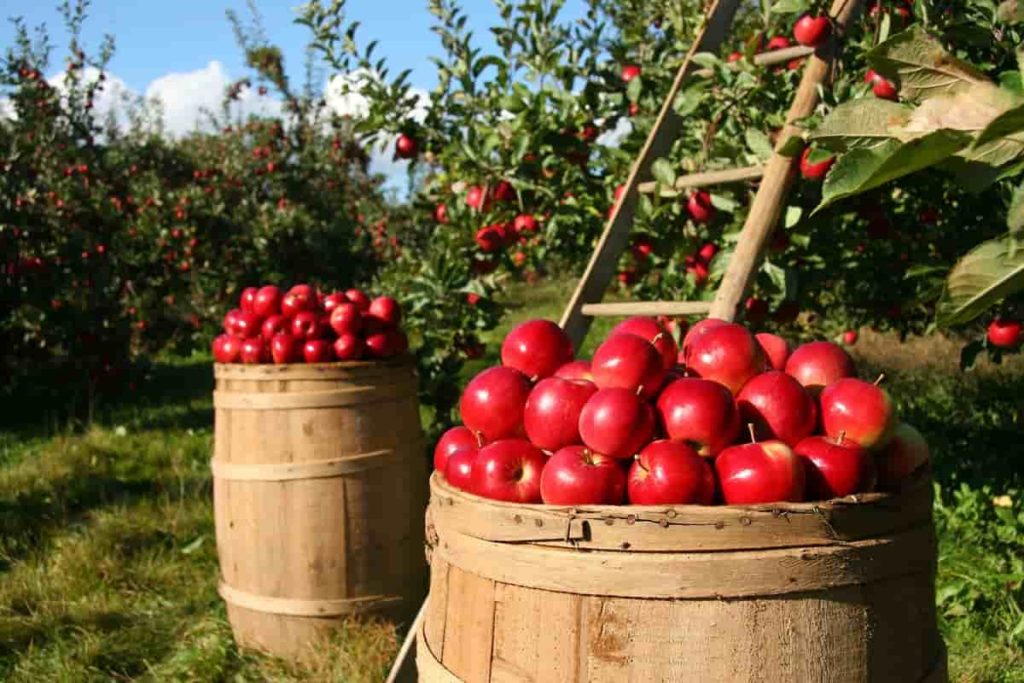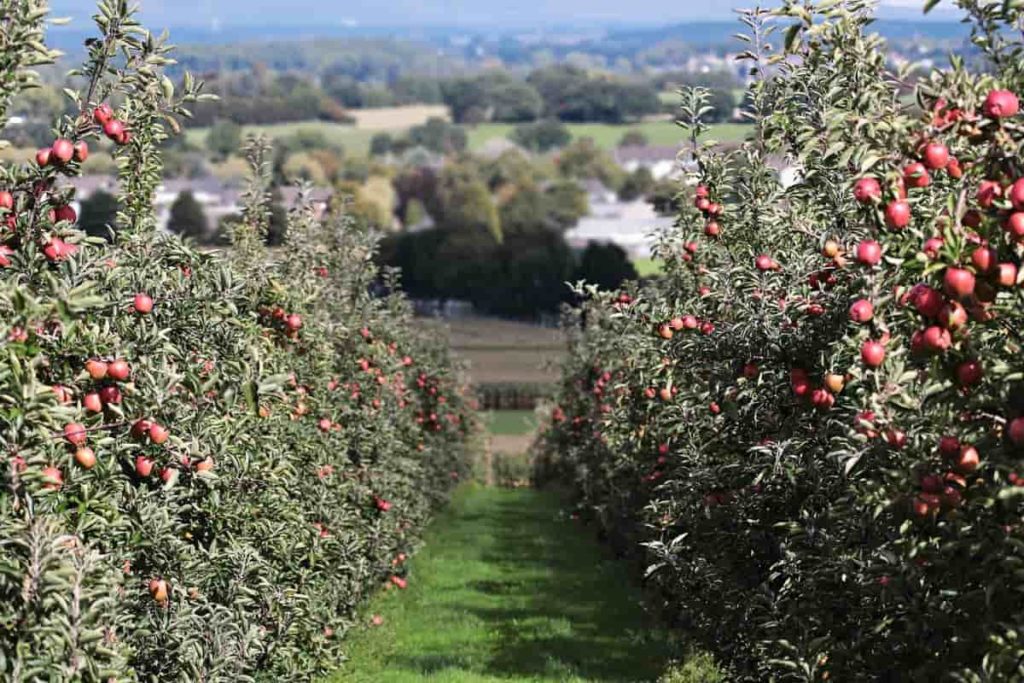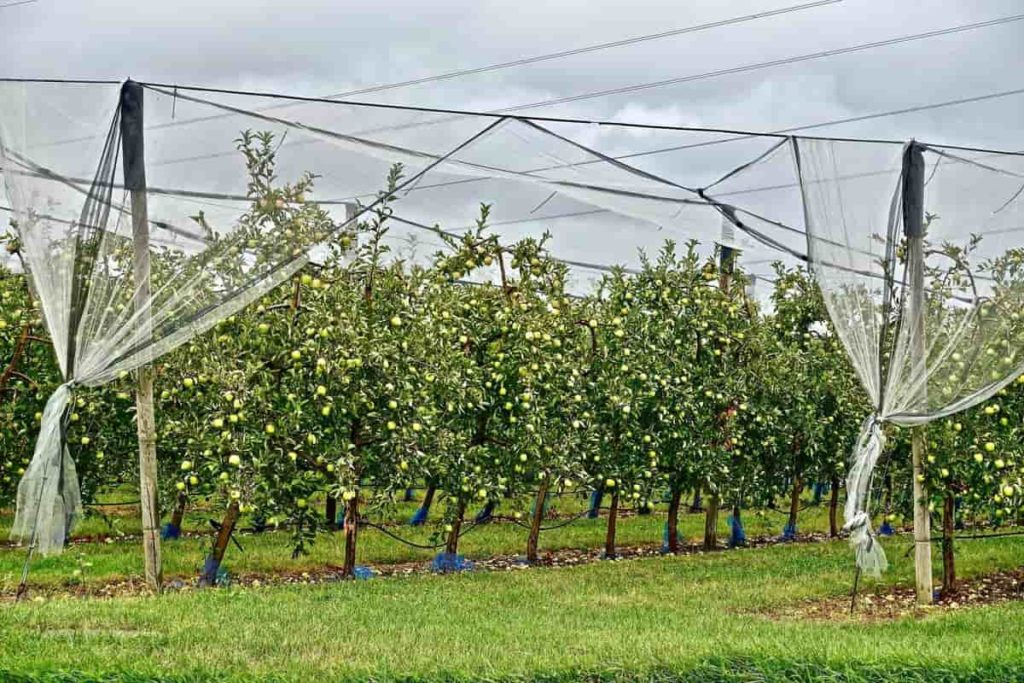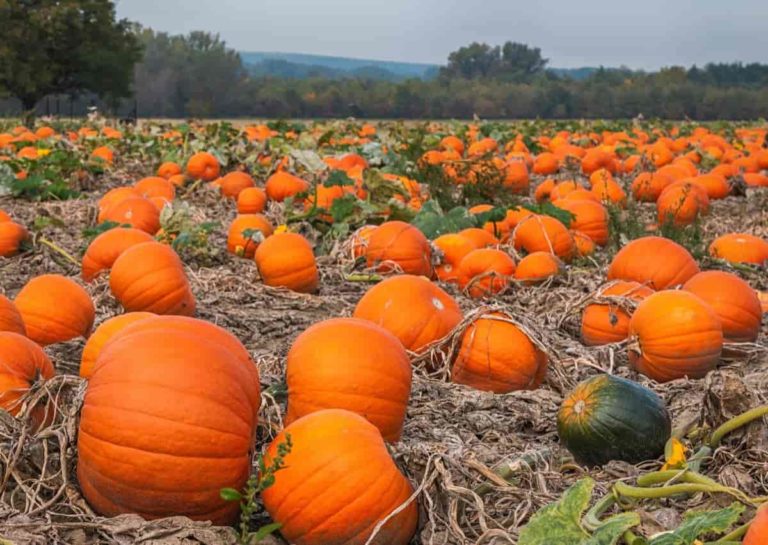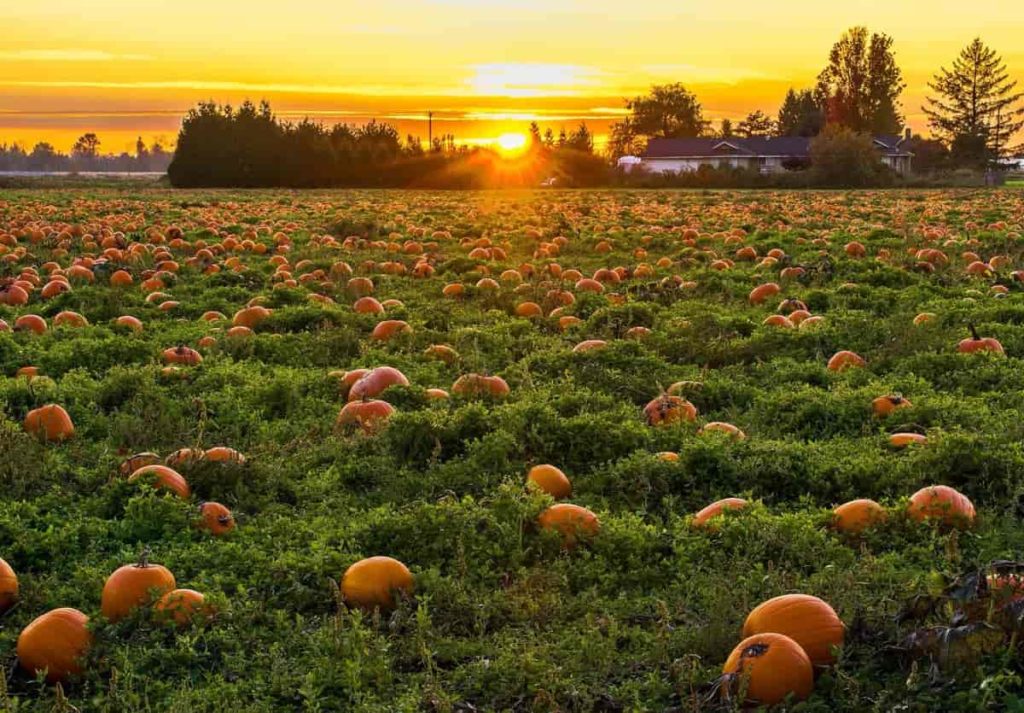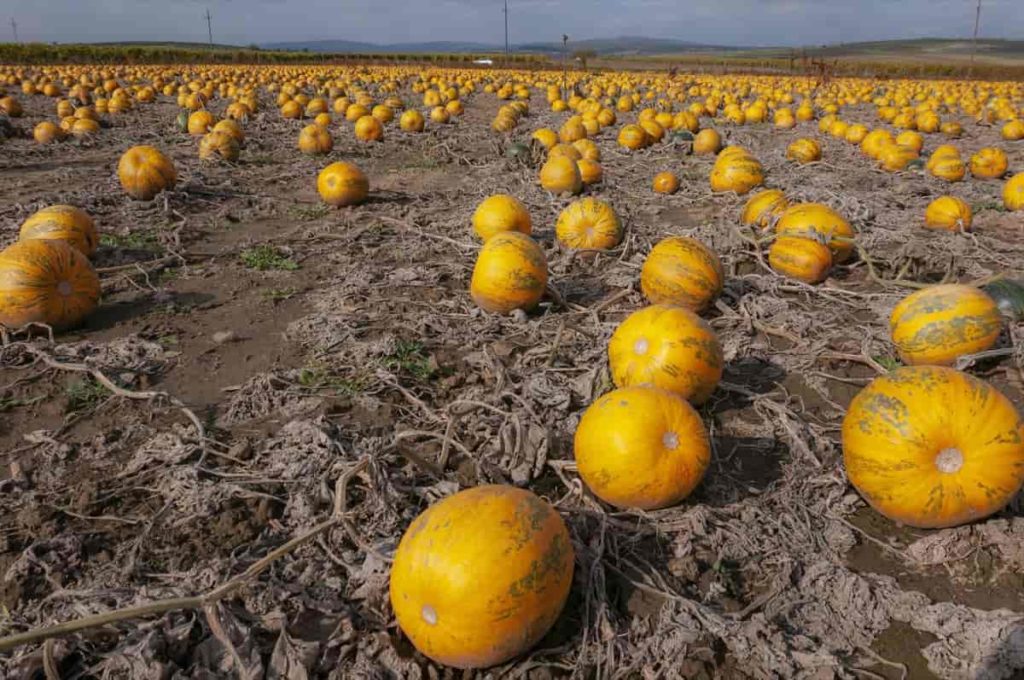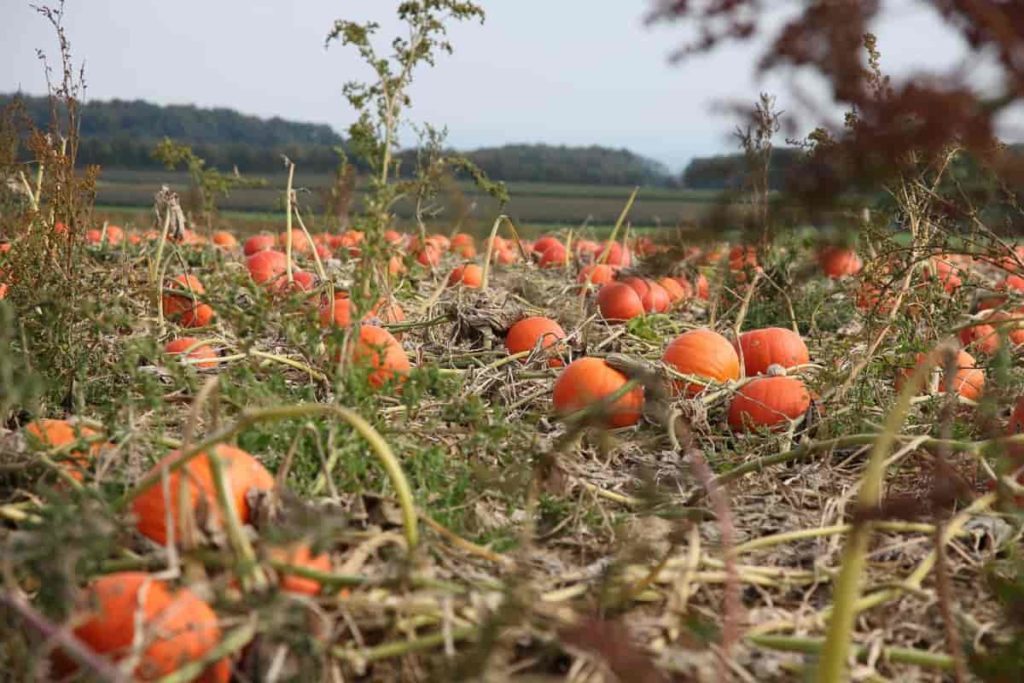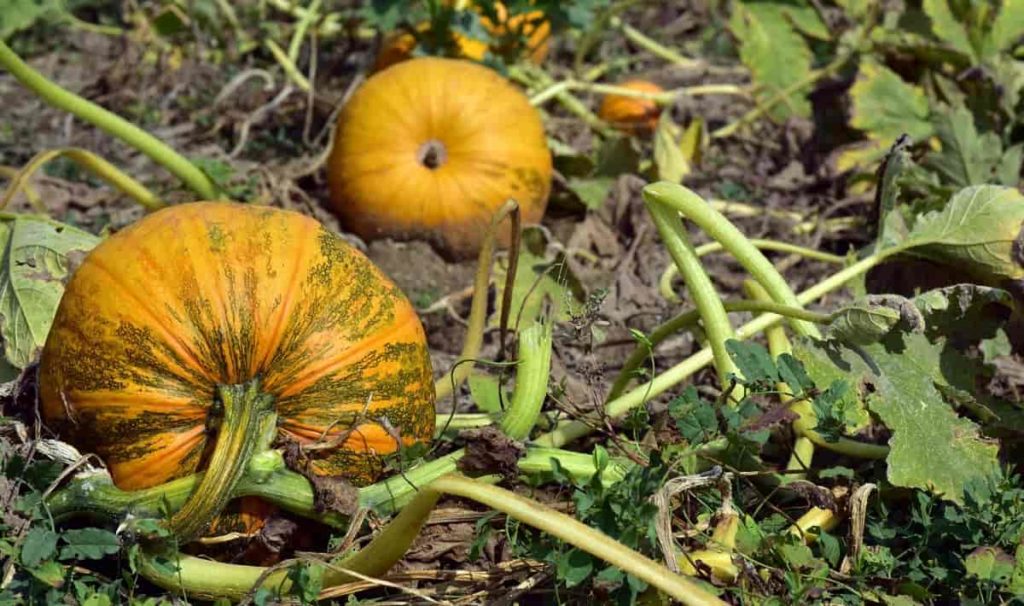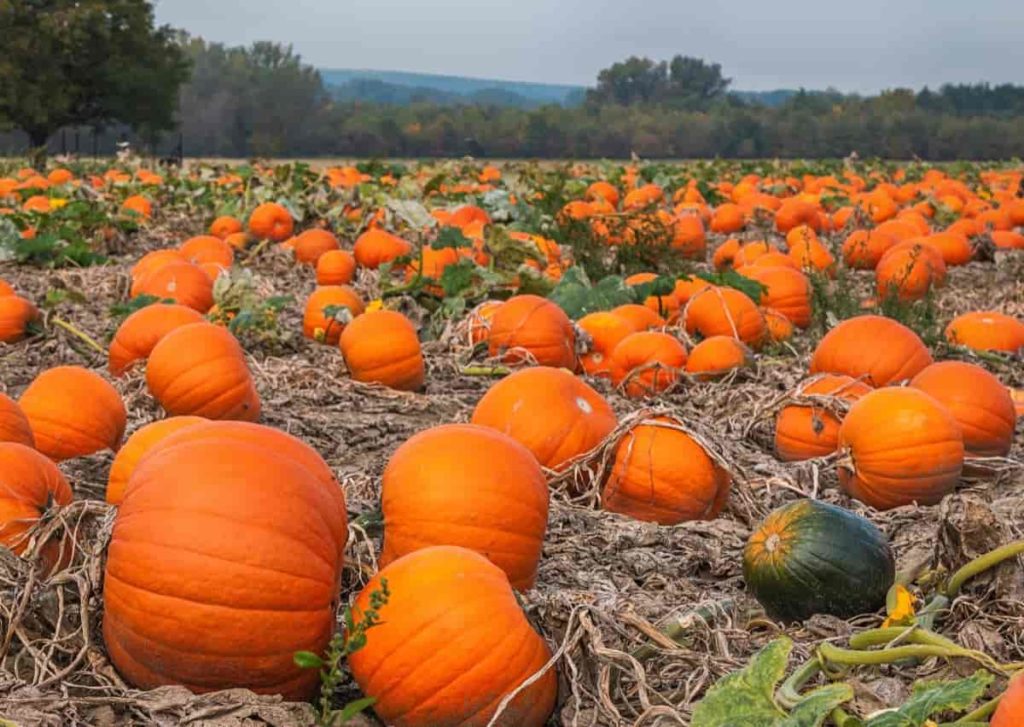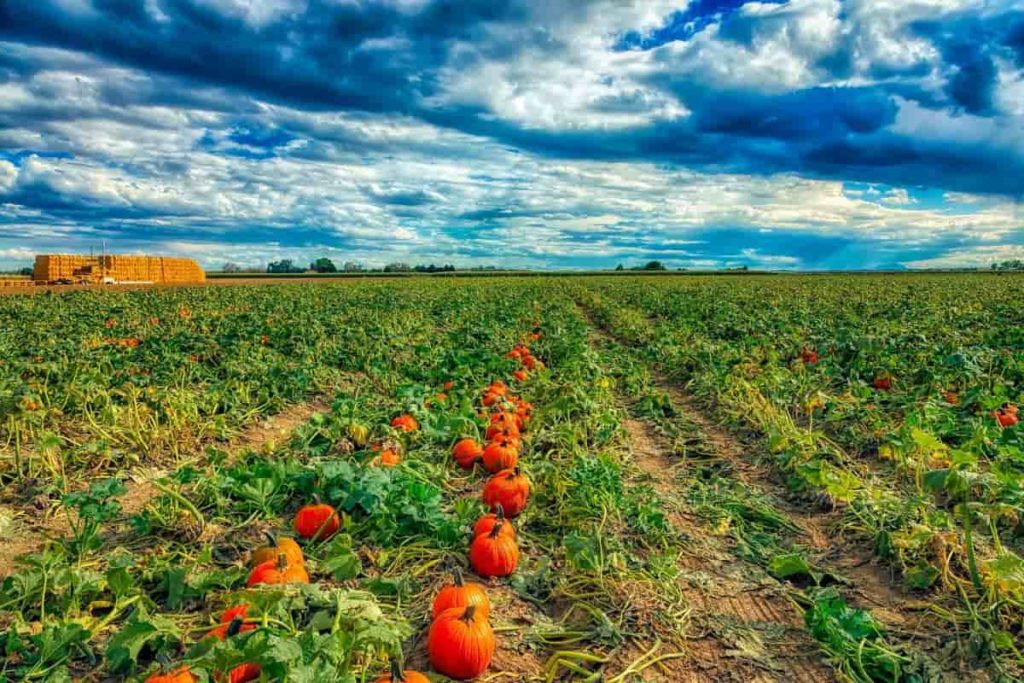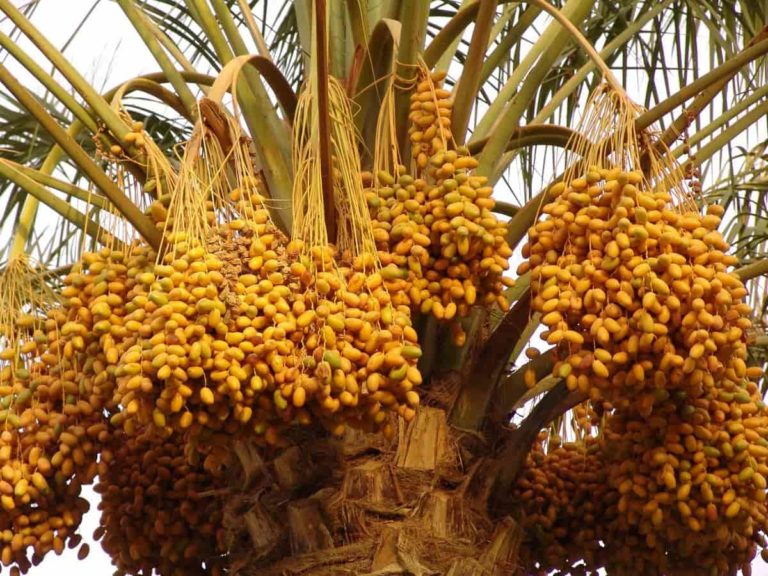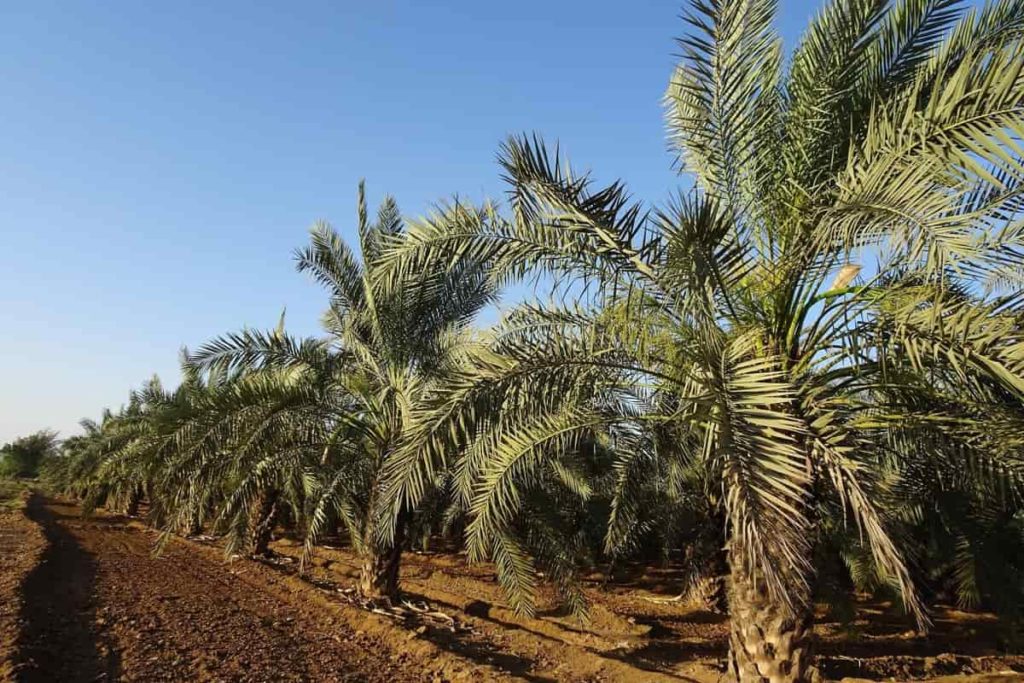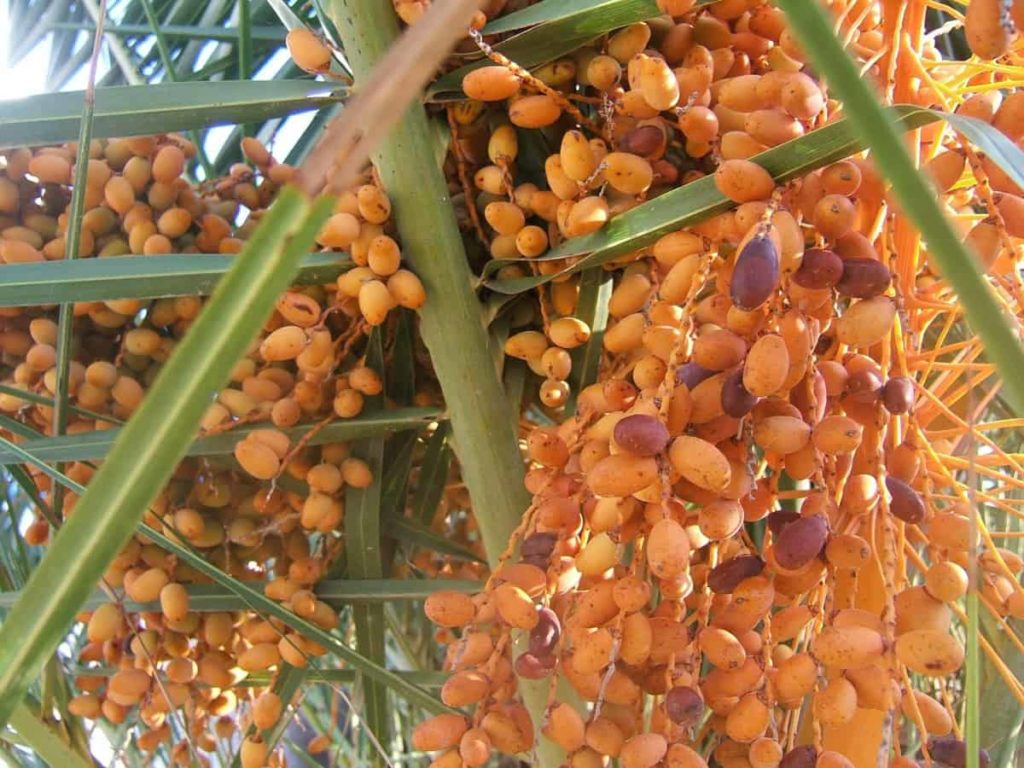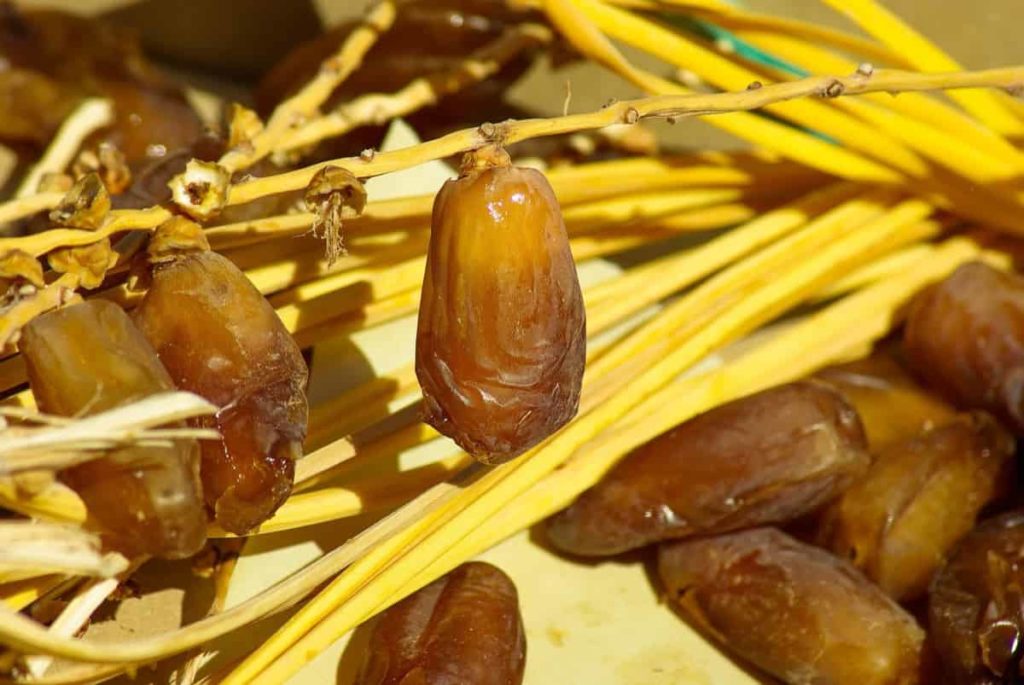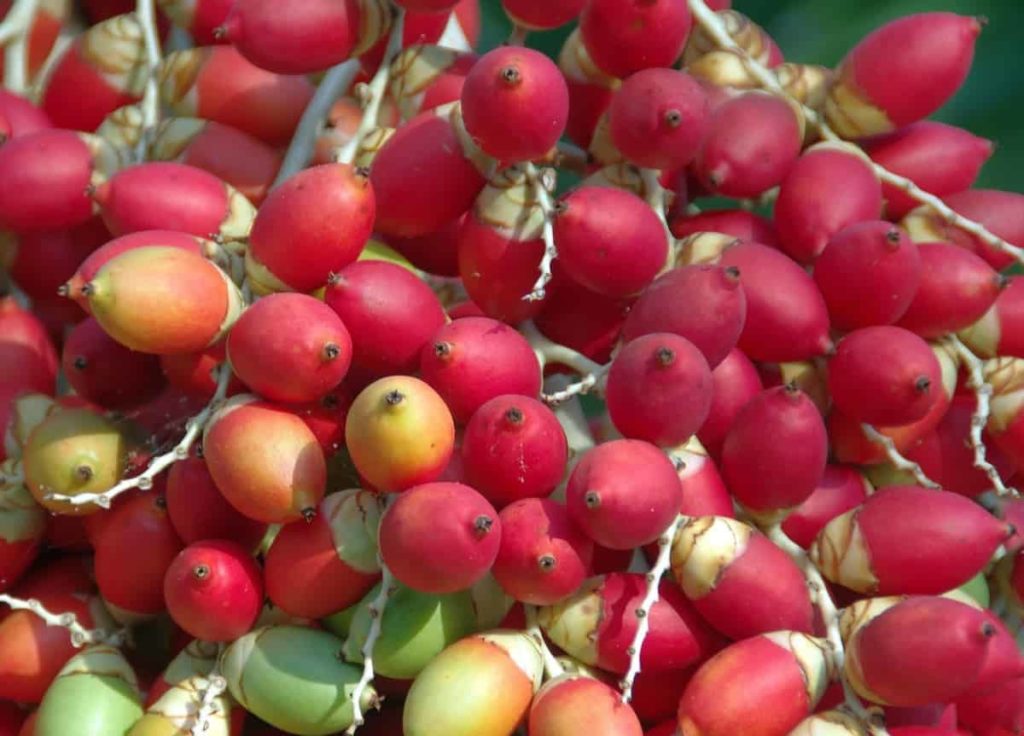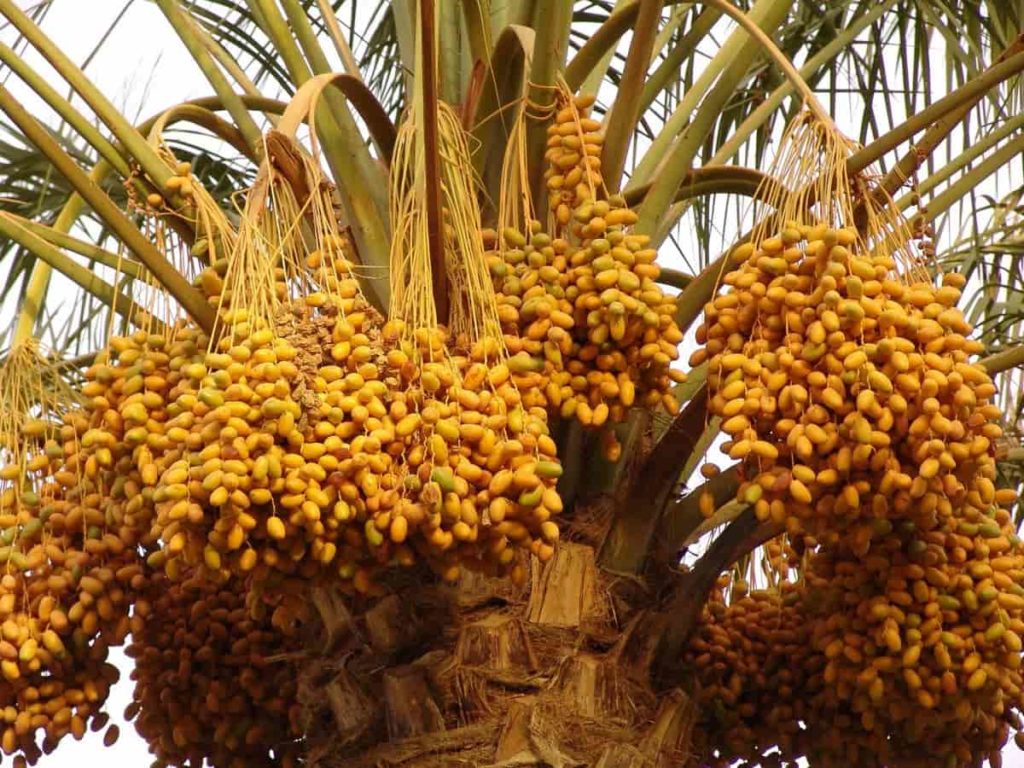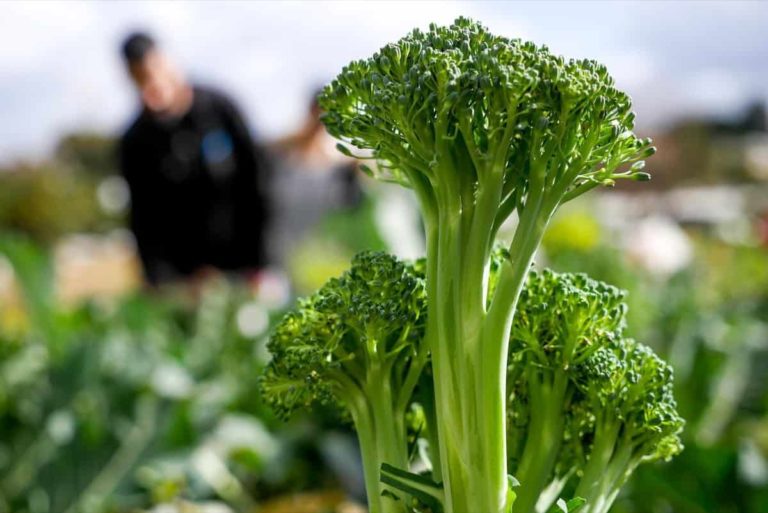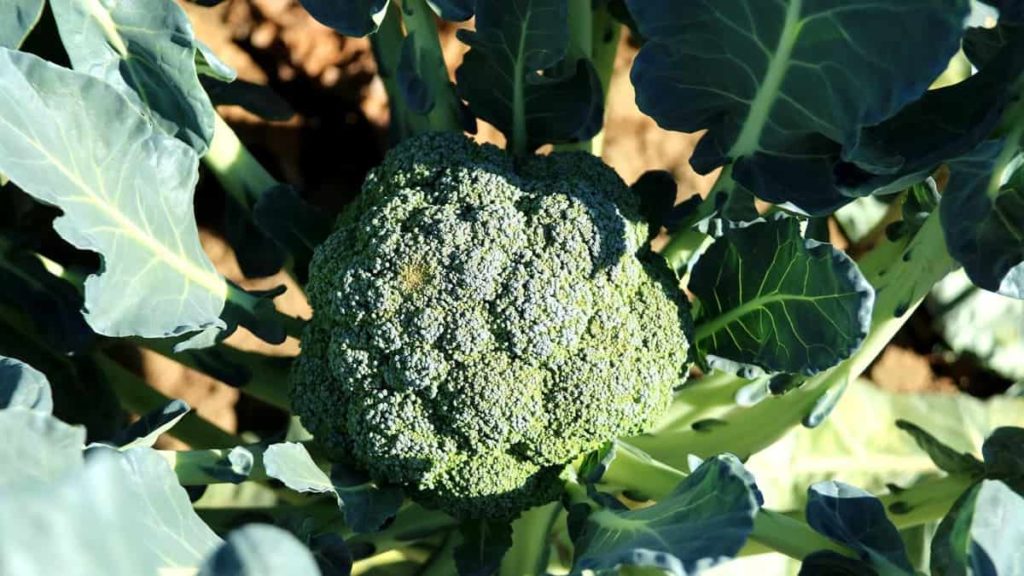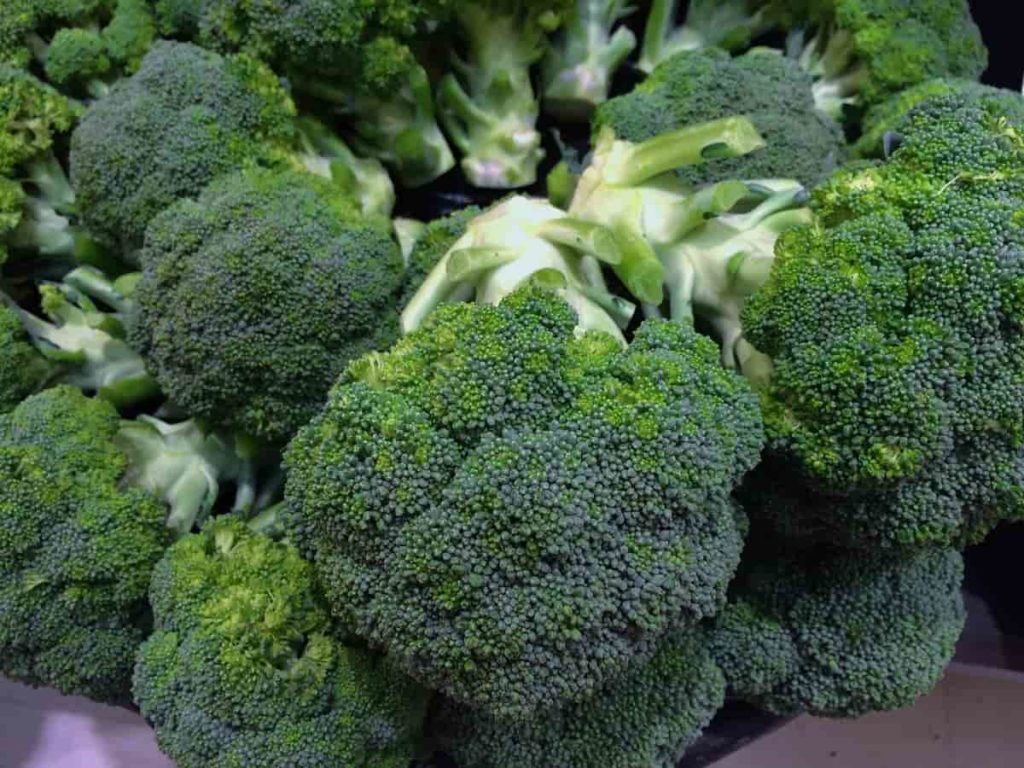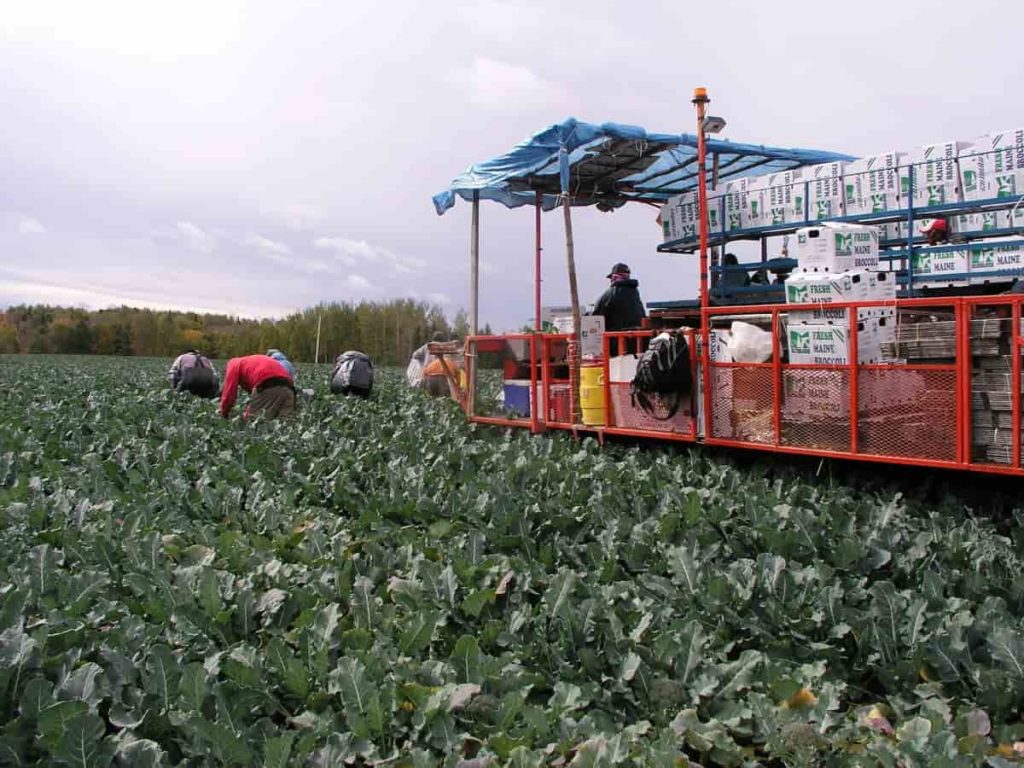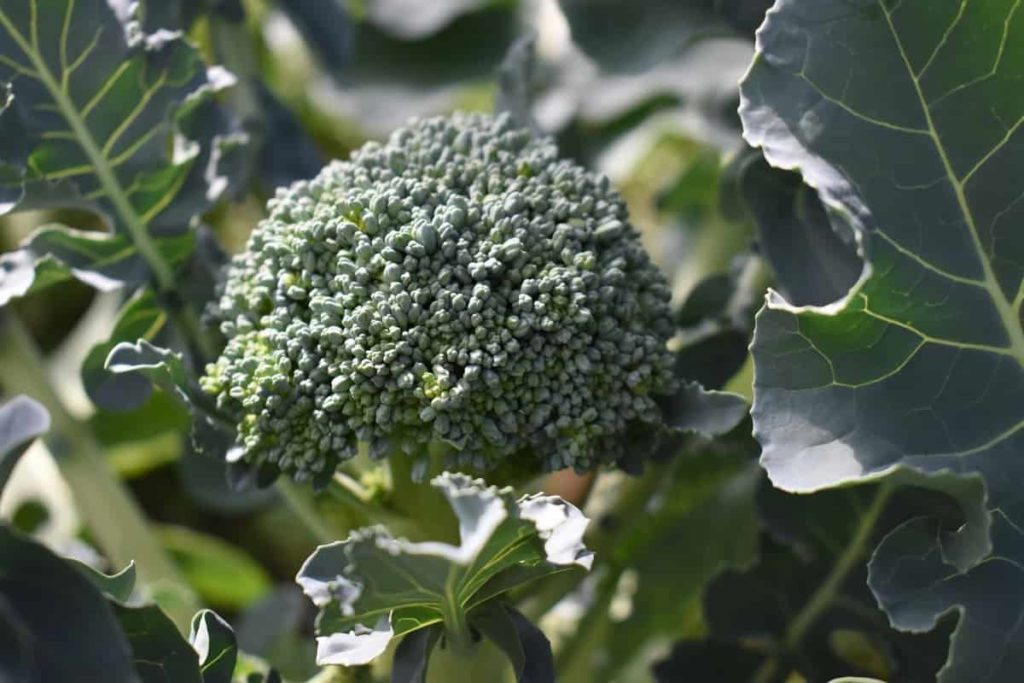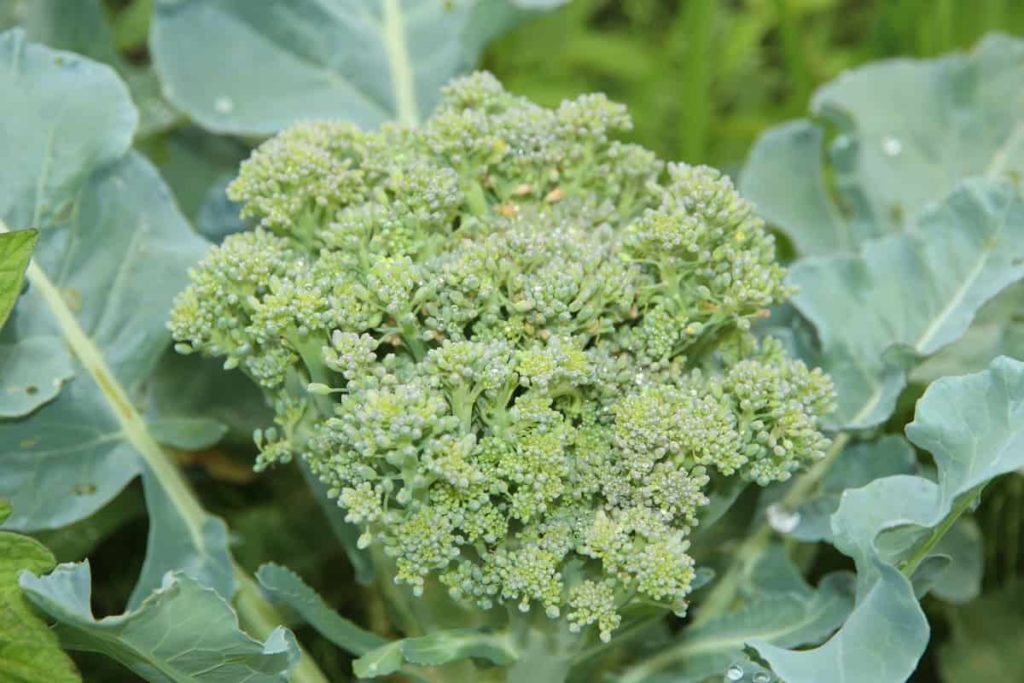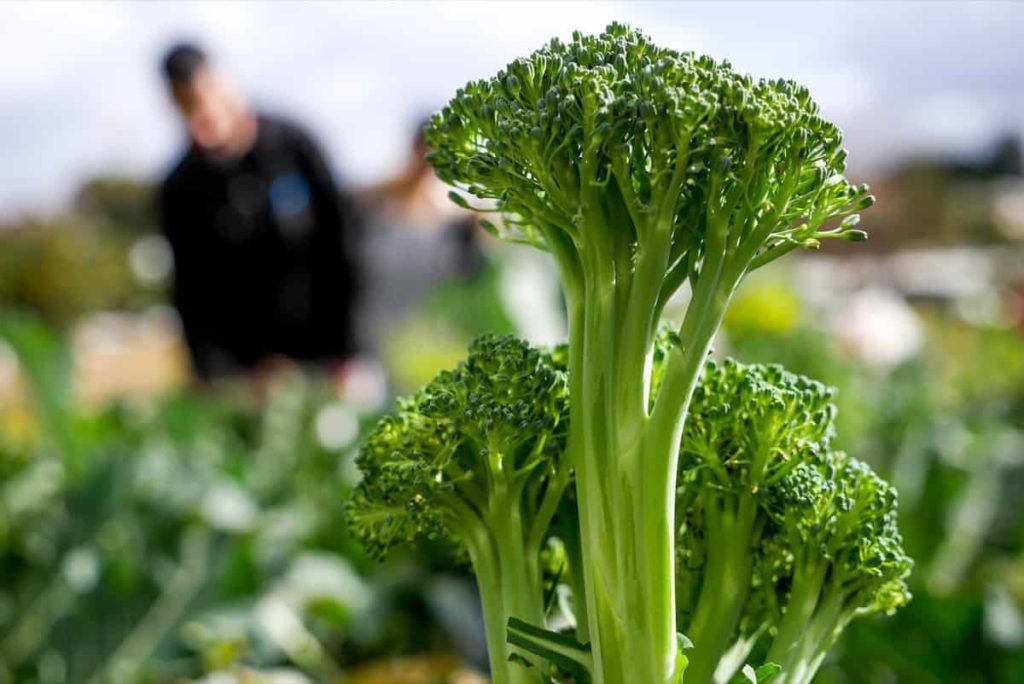Urban agriculture has a widespread and well-known role in many parts of the world. Approximately 800 million people are mostly engaged in urban agriculture, producing more than 20% of the world’s food needs. Urban agriculture helps address local food insecurity issues in cities and suburbs. Let’s check out how to start urban farming/gardening in India.
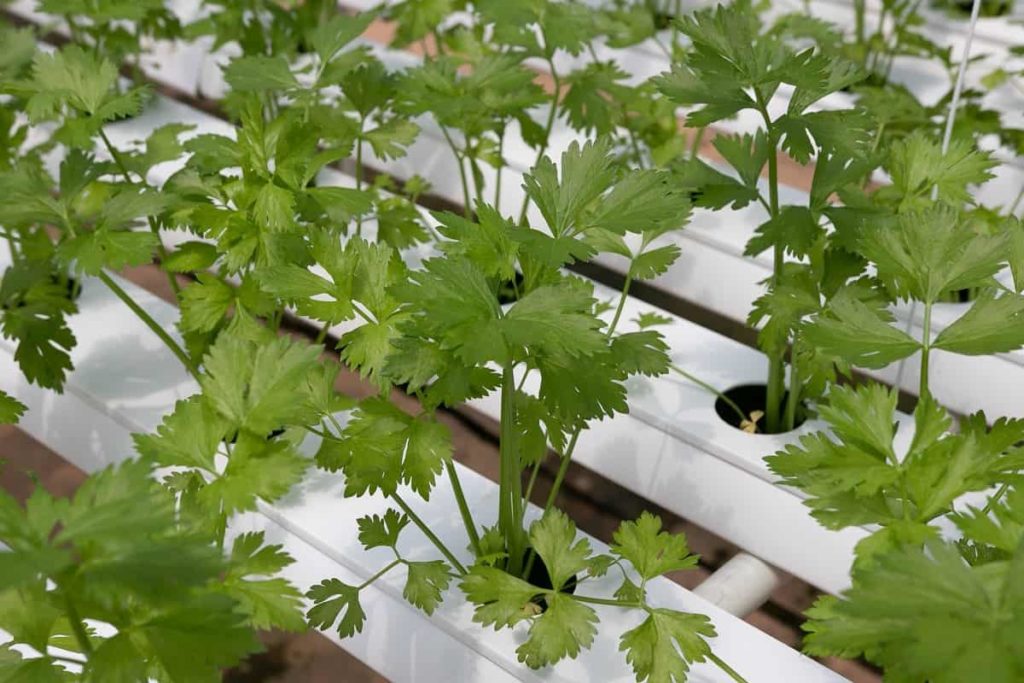
Growing food in cities includes backyard, rooftop, and balcony gardening, community gardening in open spaces and parks (sometimes spanning several city blocks), roadside urban edge agriculture, open-space livestock grazing, and deep indoor hydroponic or aquaculture facilities. Urban agriculture facilitates access to food, reconnects communities to the process of growing food, and engages the community at various levels.
Urban farming, also known as urban agriculture, is about growing food within city limits. It has some challenges but also offers many benefits, such as increased food security, reduced waste, community involvement, and more. Urban agriculture and urban food production can include:
- Growing vegetables and fruits,
- Raising livestock, especially poultry,
- Beekeeping, aquaculture, hydroponics, and aquaponics,
- Value addition
Urban agriculture and urban food production can take many forms and exist on different sites such as:
- Private gardens
- Land managed by private institutions/businesses, including terraces and vertical gardens
- Privately owned land. Land owned by public/public-private utilities
- Public-owned land, including nature strips/edges and street planter boxes
Methods of urban farming
Urban farming has been helpful for poor people in urban and peri-urban areas as it helps them to meet their families’ nutritional needs and earn some income while working close to home and their families. It also provides a means of obtaining UA and has an important role in urban environmental management as it can counteract urban heat island effects and provide visual appeal.
The Food and Agriculture Organization has recognized urban farming as a key element in food security strategies. However, formal recognition of UA and its integration into urban planning is essential for its success.
- Various urban farming practices include:
- Community-supported agriculture
- City farmers’ markets
- Indoor farming
- Vertical farming
Other alternative means of producing food in urban environments
Understanding the trade-offs from an economic, health, safety, and environmental perspective is essential to choosing the right urban farming options for a particular location. It will vary depending on location, alternative sources of food, and local income levels.
In case you missed it: Urban Farming in Japan: How to Start, Benefits, Importance, and Challenges
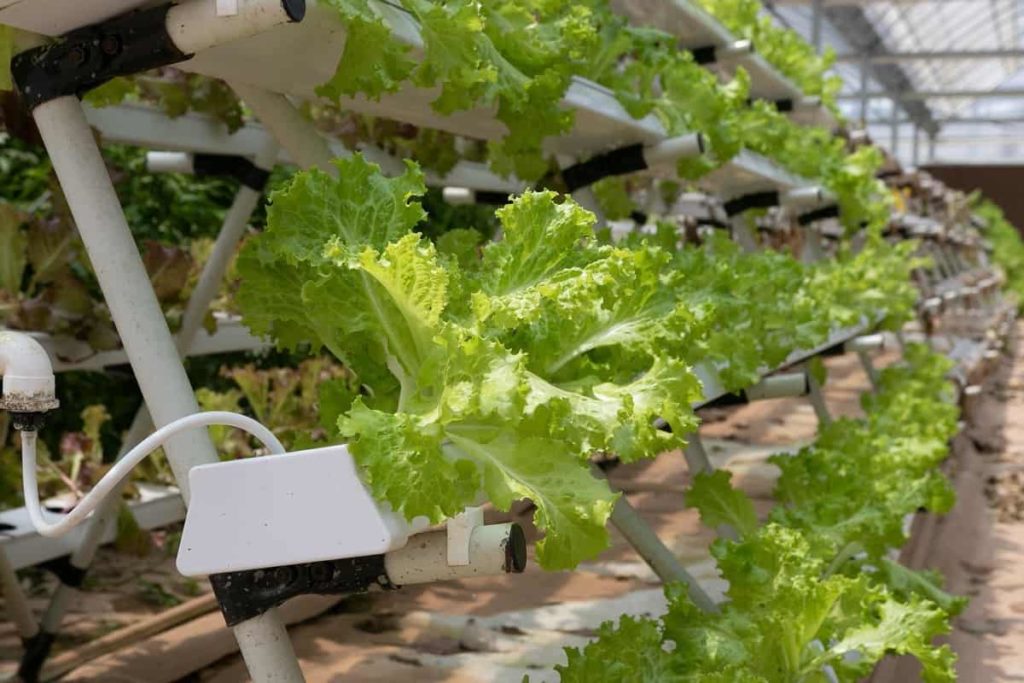
Urban farming startup companies
Urban farming startups in India are catering to the hyper-local demand for fresh, high-quality produce in cities with vertical farms, hydroponic growing, and greenhouses.
1. Homecrop
This Hyderabad-based startup is turning city dwellers into urban farmers by installing modular vegetable gardens on rooftops. Homecrop offers 15-square-foot urban farming units, which can be set up to grow a variety of regular and exotic vegetables and herbs. The Homecrop company sets up edible farms for urban households who want to grow their vegetables.
2. Growing Green
Growing Green is a Bengaluru-based startup that grows and sells microgreens, edible flowers, herbs, sprouts, and salad leaves to high-end restaurants in the city. These microgreens are about one to three inches long and are mostly used to garnish food. They contain concentrated nutrient levels up to 40 times that of normal-sized produce.
3. UGF Farms
Urban Green Fate (UGF) Farms transform unused spaces into living food gardens. Living food gardens are designed to not cause any structural damage to the buildings. The Mumbai-based startup sends residents’ microgreens (vegetables after they’ve first developed leaves) into pots to be grown in organic coco peat instead of heavy soil.
A consumer only has to cut the greens from the living plant as and when they need them. Additionally, UGF helps address hunger, malnutrition, and food insecurity, as well as corporates that work for disadvantaged communities as part of their CSR initiatives.
4. Clover
Clover is a greenhouse agritech platform that partners with farmers across India for premium, high-quality, branded greenhouse-grown produce. Farms in Clover’s network typically have one to two acres of greenhouse farmland. Demand leads using its full-stack agronomy solutions, traceability, consumption forecasting, and end-to-end farm management services. The company currently has 70 acres of farmland on which it operates its greenhouses and has over 90 clients (retail chains and restaurants) across 175 locations in South India.
5. Pindfresh
Pindfresh aims to address all these at once by encouraging urban farming using small local hydroponic units. It provides easy, self-learning kits, home units, and fresh produce (leafy vegetables and herbs) to grow own vegetables and plants at home from city-based hydroponic farms in Chandigarh and Nayagaon. The startup is trying to make cities inclusive regarding their food and plant needs.
To that end, it’s working towards creating a system where people eat local and fresh produce – as if the food was coming straight from the Pind. They offer three services: building and selling systems for home and commercial use, preparing and selling food using the Pindfresh system, and conducting workshops. The startup is cashing in on a monetization strategy with vegetable plants available for purchase through offices and homes.
They have two customers: those who buy plants to grow vegetables and those who buy only vegetables. Find fresh is also selling in wholesale markets. Pindfresh Chandigarh-based green company, this startup offers solutions to grow vegetables and herbs at home without soil! The startup installs indoor and outdoor hydroponic plants for those who want to farm using the technology across India.
Light, humidity, and temperature are constantly controlled for the growth of these microgreens. And to that effect, Pindfresh manufactures quality-controlled pipes, lights, and all the necessary equipment to install a hydroponic plant.
In case you missed it: Urban Farming Techniques; Types; Ideas; Benefits
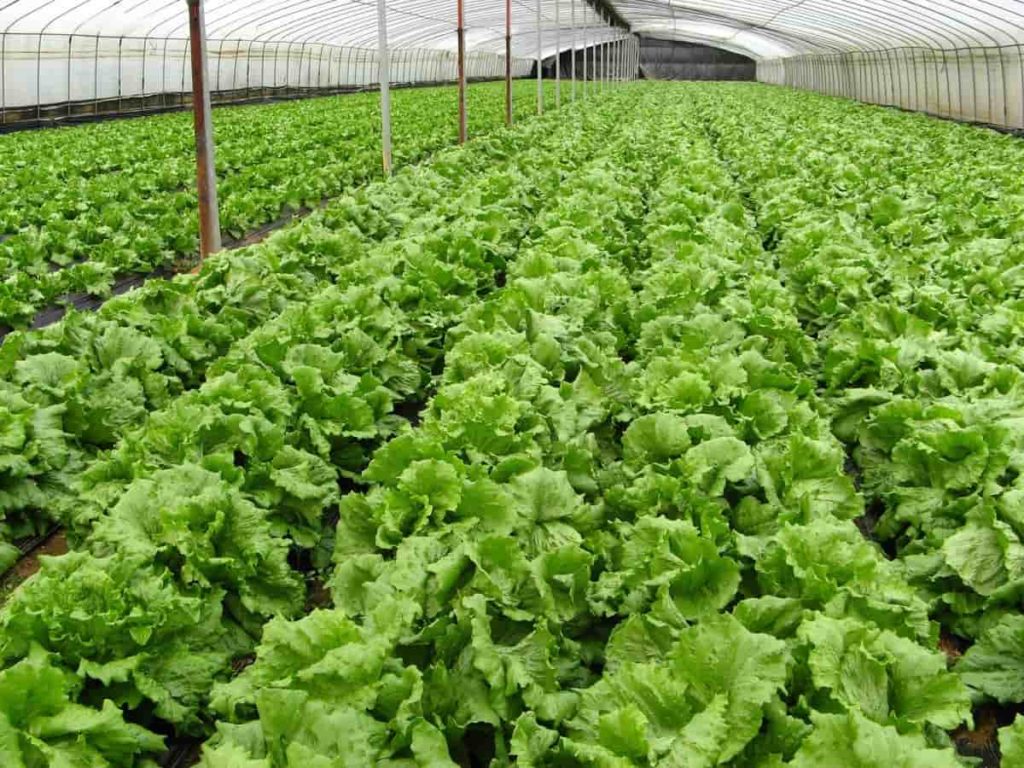
6. Triton Foodworks
Triton Foodworks was a mission to make food production environmentally sustainable by using 300 times less land than conventional farming. Triton is an integrated business engaged in the soilless cultivation of pesticide-free fruits and vegetables using hydroponics and vertical farming.
The company owns and operates 150,000 square feet of vertical farms in North India and grows more than 20 varieties of crops, including Strawberries, Spinach, Microgreens, and Bell Peppers. By growing within city limits, the company delivers fresh produce in hours and with a lower carbon footprint than traditional agriculture. Additionally, the highly controlled farming environment makes each crop uniform in size, nutrients, smell, and taste.
7. Living Food Company
The Living Food company’s first product was microgreens. The Living Food Company had its indoor climate-controlled hydroponic farm that grew USDA-approved, non-GMO seeds. Over time, it evolved into a leading ‘farm-to-fork’ e-commerce platform in India with an NPS of 97%, the highest ever for an e-commerce company.
Sourced from local growers, the company offers fresh-harvested vegetables, 20 other product categories, and 250+ products on a subscription-based and on-demand basis. Living Food is committed to providing complete supply chain transparency and same-day delivery to ensure food freshness.
8. iKheti
iKheti is an urban farming organization that facilitates farming among city dwellers through consultancy, workshops, and gardening resources. From selling seeds and kits to offering consulting services on composting and kitchen gardening, the startup company trains people in the art of growing their food using chemical-free methods. This Mumbai-based startup encourages and teaches city dwellers to adopt urban farming by providing them with consultancy services, workshops, and gardening resources.
9. Back2basics
Back2basics is an organic farm spread over 200 acres around Bengaluru, producing high-quality organic fruits and vegetables. Back2basics supplies to grocery chains, retailers, organic stores, and gated communities in Bengaluru. Its produce is exported to organic food supply chains and retailers in other parts of the world.
The startup deals in over 90 types of seasonal produce across four categories – fruits, vegetables, vegetables, and exotics. It reserved around three to four acres of land for customers who want to visit the farm and try their hand at it. It produces some products that are 100 percent organic. The producer has complete control over the texture and color of the greens, making them healthier and tastier.
10. UrbanKissan
Hyderabad-based hydroponics startup lets you grow fresh produce year-round, including Lettuce, herbs, greens, and exotic vegetables. By creating hyperlocal urban farms, we are creating a fully transparent supply chain with a low carbon footprint, and our growing techniques help us save 95% of water but 30 times more than conventional farms.
The company’s vertical farming uses hydroponic farming kits to create a supply chain with a low carbon footprint and growing techniques that save gallons of water for growing farm-fresh vegetables and greens, allowing consumers to grow them to make it possible to get fresh vegetables at the doorstep.
UrbanKissan can grow more than 50 varieties of crops, a 20,000 square feet research facility, and 15 in-house scientists and agronomists. Its online food service platform provides fresh hot and cold salad bowls and dips. UrbanKissan now operates 30 vertical farms in and around Hyderabad city.
In case you missed it: Greenhouse Flower Production In India
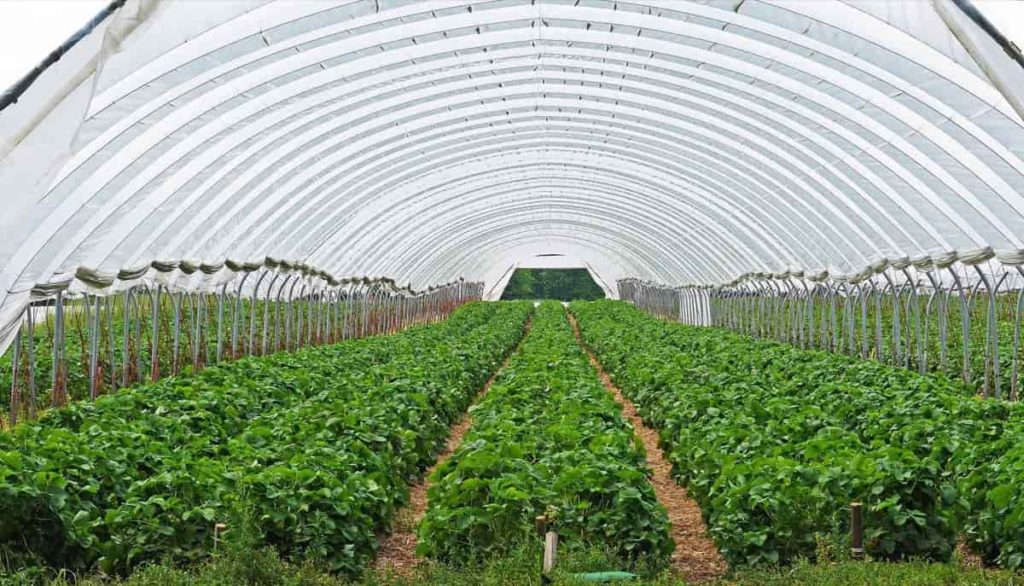
What is the urban farming market?
Urban farming is an indoor and outdoor cultivation of plants that serves residents by processing and distributing food in and around cities. As a result of increasing urbanization worldwide, there is a corresponding increase in the demand for urban horticulture. Urban farming is gaining importance due to the low cost of transportation and supply of fresh, nutritious produce at competitive prices.
Urban agriculture produces 20% of the world’s food, keeping everyone engaged in urban farming globally. Health and nutrition, food security and transparency, education, urban sustainability, and growing demand for local food are key factors driving the popularity of urban agriculture.
Major crops cultivated in urban agriculture
Vegetables have a short production cycle. Some plants can be harvested within 60 days of planting, so they are suitable for urban farming. Urban and peri-urban agriculture aims to produce high-value, perishable and high-demand fruits and vegetables.
- Green leafy vegetables or herbs: Spinach, Coriander, Curry Leaves, Banana, Watercress, etc.,
- Fruits: Avocados, Guava, Sapota, Mangoes, Banana, Citrus, Cherry, Coconut, etc.,
- Mushrooms: Button mushroom, Paddy straw mushroom, Oyster Mushroom, etc.,
- Animals: Poultry, Rabbits, Goats, Sheep, Cattle, Pigs, Guinea Pigs, etc.,
- Non-food products: Medicinal and aromatic plants, Ornamental plants, Tree products, etc.,
- Bee products: Honey, Wax, etc.,
- Root crops: Potato, Sweet Potato, Cassava, Radish, Beetroot, Turmeric, Ginger, Carrot, etc.,
- Vegetables: Tomato, Brinjal, Chili, Capsicum, Pea, French Bean, Guards, Cruciferous, etc.
Key factors for the growth of the global urban farming market
Urban farming involves using modern technologies and strategies that can be used at any time of the year, facilitating consistent crop production. Such techniques make obtaining high-quality crops easier in less time by reducing harvesting time. Urban farming offers the advantage of farming in both indoor and outdoor settings, making it a popular option for crop cultivation and various other food production activities.
Being independent of climate change effects and environmental conditions and achieving global food security are some of the other important factors driving the revenue of the urban farming market. The role of urban farming is becoming increasingly important as the global population and food demand grow rapidly. Additionally, a reduction in transportation and supply costs of fresh and nutritious produce is expected to significantly increase the revenue of the urban farming market over the forecast period.
Factors restraining the growth of global urban farming market
High operational costs, high initial setup costs, and lack of skilled manpower are some of the major factors that restrain the revenue growth of the urban farming market. The presence of heavy metals in urban soils can raise food safety concerns. Urban farming can lead to soil, water pollution, and other environmental concerns.
In addition, urban farming requires regulated conditions such as temperature, light, humidity, and water, which can be difficult to achieve and can increase the cost of crop cultivation and production. Moreover, maintaining such conditions involves high electricity consumption, which increases the total cost of production. These factors hinder the global implementation of urban farming and may hinder the market growth.
Benefits of urban farming
Help to boost the local economy
Local food systems can impact the local economy. As more grocers, restaurants, schools, and institutions look to local food sources, there is a small business opportunity, and food entrepreneurs to explore urban hydroponic farming as a thriving new market in which to start or expand their business should be increased. It creates more employment opportunities. As local economic activity increases, money circulates within the city and strengthens communities.
In case you missed it: High Yield Tomato Varieties in India: A Farmer Guide for Good Profits
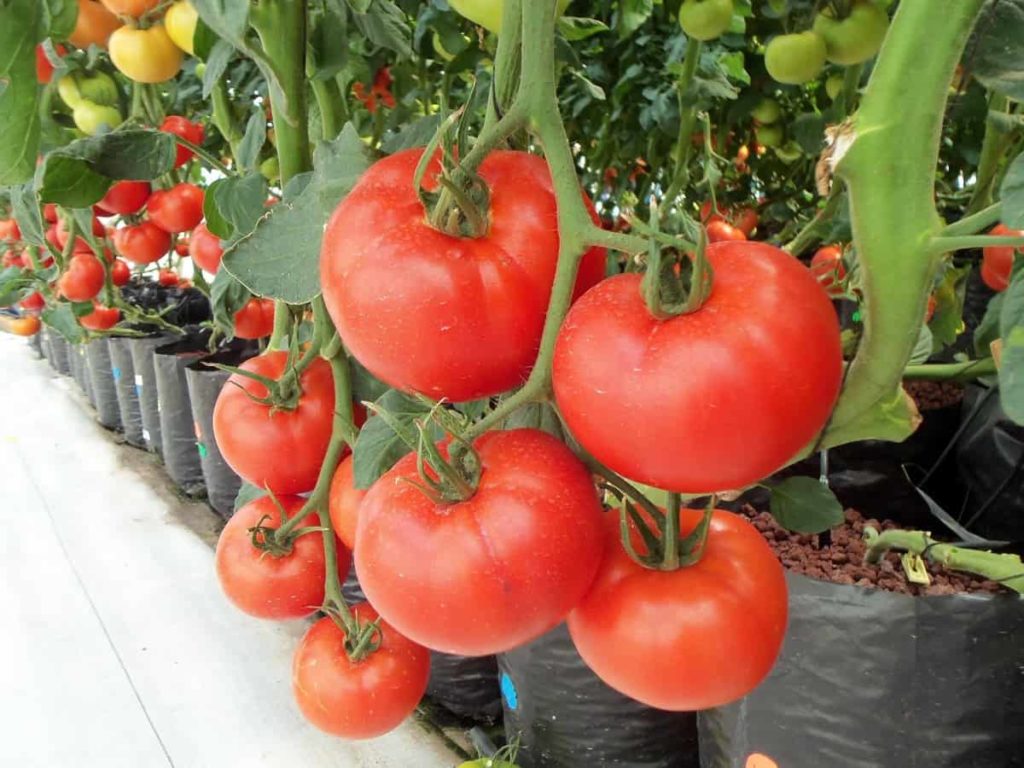
Increasing food security
Urban areas can often become what are known as food deserts, areas where it is difficult to buy good affordable fresh food. Urban farms can provide food to low-income people who need it most.
Create edible landscapes
Urban agriculture is an excellent solution for vacant and underutilized lots scattered across cities, and many projects efficiently use rooftop space. Community gardens and raised beds instantly transform empty spaces into more vibrant and edible landscapes and give individuals the opportunity to take ownership of shared land and become more involved in their communities.
Uses land efficiently
Think of how many areas of the city are sitting unused and wasted. Hydroponic systems, vertical or rooftop gardens, and other techniques can fit a lot of extra food into any free urban space. Urban farmers develop innovative and effective solutions to problems that may challenge them while growing up in the city.
Low investment required
Buying a traditional farm is a huge undertaking. Even if you want a small farm with just an acre or two, you’re looking at hundreds of thousands of dollars. Even to lease farmland from another farmer for a season, you’re looking at some high costs. Urban farms take up less space, and initial infrastructure and setup costs are often significantly lower than conventional farms.
Promote healthy communities
Urban farming increases access to fresh produce and gives communities a unique opportunity to learn nutrition and grow food. Several urban programs engage local youth by providing opportunities to gain experience growing crops and learn the benefit of eating a healthy and balanced diet. It allows community members to learn where their food comes from and how crops are grown and connect with the more people who grow it.
How to start urban farming/gardening in India
The government leads urban agriculture in India, private agencies, and even individuals in many cities, including Mumbai, Delhi, Kolkata, Bengaluru, and Chennai. An important factor is the use of treated or untreated wastewater for agriculture. Direct and indirect use of wastewater in urban and peri-urban agriculture is widespread in cities like Delhi, Hyderabad, Chennai, and Ahmedabad.
Although the use of untreated wastewater for irrigation is not permitted for public health reasons, it is being used in many places due to a lack of access to fresh water. It has also been proven that the use of untreated domestic wastewater for irrigation increases yields due to the presence of nitrates. Recent initiatives have been taken to sell treated wastewater to Delhi, Noida, Hyderabad, and Chennai farmers.
Treated sewage is sold in Chennai, and its demand is increasing. The Noida Authority uses treated wastewater to irrigate some green belts and has plans for tertiary treatment to treat the wastewater to potable quality. Farmers in Hyderabad lift household waste from the Musi River for irrigation purposes.
Using wastewater in urban agriculture reduces the demand for freshwater and helps close the urban water management chain, provided the wastewater is treated to safety standards to prevent environmental pollution. Organic waste from the city can be composted and used in urban agriculture with the added benefit of reducing landfill waste.
In case you missed it: Hydroponic Tomato Farming, Nutrient Solution, Yield
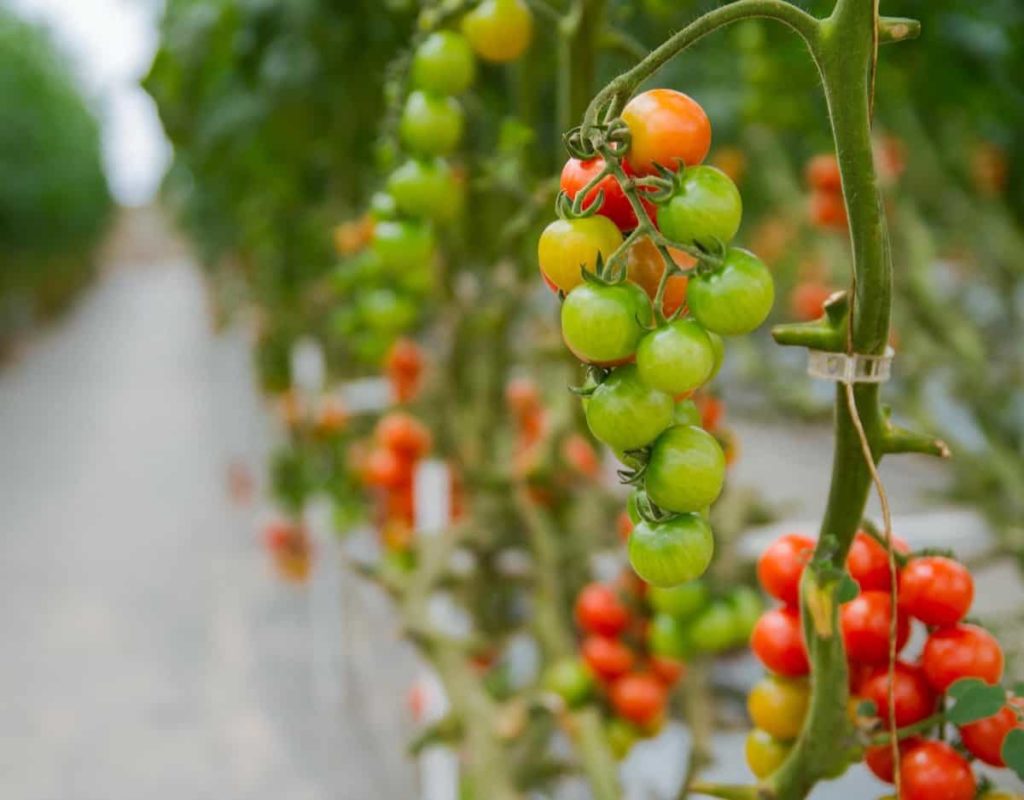
Tips for starting an urban farm
Find training: Starting an urban farm involves a lot of knowledge and skill. Consider finding a learning opportunity near you.
Create a business plan: Farmers need to grow and produce products easily marketed or in demand. To do this process, talk to restaurants, grocery stores, local food producers, and farmer’s market managers to find out where there are marketing opportunities. Consider value-added products and their role in your business. Learn about the process and cost. Create a business plan that includes a marketing strategy and budget.
Find suitable land: If you’re looking for space, check with your local utility agencies, parks and recreation departments, or research existing vacancies. Consider local zoning codes and how they might apply to the type of urban farm you have in mind.
Test the soil: Some urban soils have elevated levels of heavy metals, such as lead or other contaminants. Be sure to test your soil and treat it accordingly.
Learn the basics of production: Many early urban farmers struggle with the basics of growing crops or raising animals. Learn about soil, planting, pest management, and watering. If you plan to keep animals or bees, learn the details of how to care for them.
Ensure food safety: Learn how to ensure the crops you grow are harvested, stored, and safely processed according to best practices.
Conclusion
Urban farming is an excellent source of income for many farmers as the population in cities is adding up every year. Apart from this, there is a Government Subsidy for Urban Farming in India.
Download how to start urban farming/gardening in India PDF
Click the Download button below to download the PDF of how to start urban farming/gardening in India. You need a PDF reader installed on your smartphone to view the downloaded PDF file. If you cannot view the file, download any PDF reader app from the Google Play Store or App Store.
- Types of Pesticides Used in Agriculture: A Beginner’s Guide
- Economical Aquaculture: A Guide to Low-Budget Fish Farming
- 15 Common Planting Errors That Can Doom Your Fruit Trees
- How to Make Houseplants Bushy: Effective Tips and Ideas
- Innovative Strategies for Boosting Coconut Pollination and Yield
- Pollination Strategies for Maximum Pumpkin Yield
- The Complete Guide to Chicken Fattening: Strategies for Maximum Growth
- Natural Solutions for Tulip Problems: 100% Effective Remedies for Leaf and Bulb-Related Issues
- Revolutionizing Citrus Preservation: Towards a Healthier, Greener Future
- Natural Solutions for Peony Leaf and Flower Problems: 100% Effective Remedies
- Maximizing Profits with Avocado Contract Farming in India: A Comprehensive Guide
- Natural Solutions for Hydrangea Problems: 100% Effective Remedies for Leaf and Flowers
- The Ultimate Guide to Choosing the Perfect Foliage Friend: Bringing Life Indoors
- From Sunlight to Sustainability: 15 Ways to Use Solar Technology in Agriculture
- The Ultimate Guide to Dong Tao Chicken: Exploring from History to Raising
- The Eco-Friendly Makeover: How to Convert Your Unused Swimming Pool into a Fish Pond
- Mastering the Art of Delaware Chicken Farming: Essentials for Healthy Backyard Flocks
- 20 Best Homemade Fertilizers for Money Plant: DIY Recipes and Application Methods
- How to Craft a Comprehensive Free-Range Chicken Farming Business Plan
- Brighten Your Flock: Raising Easter Egger Chickens for Beauty and Bounty
- How to Optimize Your Poultry Egg Farm Business Plan with These Strategies
- Subsidy for Spirulina Cultivation: How Indian Government Schemes Encouraging Spirulina Farmers
- Ultimate Guide to Raising Dominique Chickens: Breeding, Feeding, Egg-Production, and Care
- Mastering the Art of Raising Jersey Giant Chickens: Care, Feeding, and More
- Ultimate Guide to Raising Legbar Chickens: Breeding, Farming Practices, Diet, Egg-Production
- How to Raise Welsummer Chickens: A Comprehensive Guide for Beginners
- How to Protect Indoor Plants in Winter: A Comprehensive Guide
- Ultimate Guide to Grow Bag Gardening: Tips, Tricks, and Planting Ideas for Urban Gardeners
- Guide to Lotus Cultivation: How to Propagate, Plant, Grow, Care, Cost, and Profit
- Agriculture Drone Subsidy Scheme: Government Kisan Subsidy, License, and How to Apply Online
- Ultimate Guide to Raising Araucana Chickens: Breed Profile, Farming Economics, Diet, and Care
- Bringing Hydroponics to Classroom: Importance, Benefits of Learning for School Students
- Ultimate Guide to Raising Polish Chickens: Breed Profile, Farming Economics, Diet, and Care
- Ultimate Guide to Raising Australorp Chickens: Profile, Farming Economics, Egg Production, Diet, and Care
- Silkie Chicken Farming: Raising Practices, Varieties, Egg Production, Diet, and Care
- Sussex Chicken Farming: Raising Practices, Varieties, Egg Production, Diet and Care
